|
It feels as though autumn has arrived early this year, interspersed with bouts of summer that the grouches will say was “better late than never”. As I write, I have been in the water every day for the last four days: sea swimming three of those days, in a smooth blue expanse that glints out to the hazy horizon; river paddling once with a friend, in a clear, young river surrounded by fish and laughing children. Last week, I spent five days walking with Allysse through Wiltshire, experiencing everything from epic downpours to hot, lazy afternoons, camping in fields and woods and skinny dipping along the way. For the two weeks before that, we were hosting my sister from Australia, taking her walking in East Sussex, dropping in on National Trust places for a history fix, visiting London and blissing out with gorgeous hill walks, whimberry picking and a river dip under darkening skies (for me) in Wales. It’s been a good summer holiday, the biggest gift of which has been slowing down, doing one thing at a time, not trying to fit things in around other commitments. Looking out the window, I can see the rowan berries are hanging scarlet and the beech trees have set a golden fire in their topmost leaves. Along the roadsides, elders are drooping with berries and apples cast their fruit to the yellow grasses. The latest generation of robins is singing and families of other small birds are feasting at our neighbours’ feeders. Local friends are foisting excess produce from gardens and allotments onto whoever will take it - beans, zucchinis, a handful of potatoes. Early autumn is as beautiful as late summer - perhaps even more so, in its bounty and colour. I have not blogged often over the last year or so, and it has felt like an obligation or a chore rather than a fun hobby. I recognise that I have unconsciously developed some entirely self-imposed rules about what a blog post should be, how many words, how many photos, how much structure, and - most stiflingly - how “important” an event needs to be to blog about it. I hope that as the seasons quicken, as trees bear fruit and let go, colour their leaves and let go, that I will be able to emulate this. To let go of unhelpful patterns and reflect on some smaller delights of life. P.S. This is still a good time to make hedgerow jam. Get on it!
0 Comments
You know I love following rivers, so it probably won’t surprise you to learn I’ve been meaning to follow my local River Rother from source to sea for a long time.
I've decided to do a multi-day walk every week these summer holidays, and I realised it would be a good chance to finally go exploring along the Rother. I recorded the river as I went along, from the first time I encountered it as a small trickle across a bridleway to the windy harbour arm where it meets the English Channel. Have a listen as you read on (notes at the end of the post).
The East Sussex/Kent Rother (there’s another one in West Sussex) rises near the village of Rotherfield and flows east and south about 55km (35mi) to the sea near Rye. There are long sections of the river that don’t have public rights of way alongside them, so the best you can do as a moderately law-abiding walker is follow the valley, sometimes by the water, sometimes in the fields or on the hills and ridges above. The route I planned out was about 70km (44mi).
I’ve never been quite sure how to go about this walk. Should I do it all in one go, wild camping on the way? Should I use public transport as much as possible to come home each night? How many days would I be walking - three or four, maybe?
As it happens, Dan didn’t feel like coming on the walk, so he kindly ferried me back and forth when needed. I had some pretty extreme weather, too, which meant I was glad to not be camping out. Due to the heat on the first day and the wild wind and rain on the third day, I ended up walking for four days rather than the three I initially planned.
I tweeted about the walk, and you can find the threads and lots more photos here:
Overall, I had a great time. I enjoyed getting a sense of progression as the scenery changed from the steepish hills and small streams at the beginning to the widening floodplain and braided watercourses in the middle to the levels and tidal stretches of river at the end. There are sections I would definitely walk again. I had fun exploring somewhere quite local to me and getting a bit of an insight into land use along the valley, smelling the hay bales and hearing the hoots of the steam train around Bodiam and Newenden. For the most part, the weather was pretty good.
I saw loads of birds: buzzards and kestrels, magpies and jays, LBJs (little brown jobbies), goldfinches, herons and egrets, crows and jackdaws, wagtails, swallows, swans and ducks and geese, a few varieties of gull, oystercatchers and something that I thought was a mudlark/magpie lark, except that they’re Australian. I spotted some interesting beetles, lots of butterflies (gatekeepers, peacocks, common blues and red admirals among others), and dragon- and damselflies in bright colours. And of course, many sheep and cows, along with several horses, a few donkeys, some chooks, domestic ducks and a goat.
That’s not to say there weren’t challenges. I had to go doorknocking for water on the first and last days, and the heat and humidity made me a bit ill. The blasting wind and rain on the third day made for an unpleasant last hour or so, as my boots filled with water (running off the long grass onto my legs and down through my socks). I had to cross a few fields with nervous cows, but it was actually the frisky horses in the rain that made me most wary. Probably most annoyingly, though, I encountered a lot of difficult or impassable paths - mainly due to undergrowth of long grasses and nettles, but also a few poorly waymarked paths, locked gates and broken stiles. I got a few scratches from barbed wire and brambles and some small holes in my new shorts from an overgrown stile which could have been avoided with proper maintenance from the landholders.
Still, every day I felt so grateful to be able to do this - that I have the time off for walking, the access to the countryside, the physical capacity to do it and a wonderful partner who is happy to act as a taxi service! First walk of summer: done.
The recordings in the piece above, in order, with about 10 seconds of each:
For more river-length adventures: Snowy River, Cuckmere and River Otter. For more Rother walks: Royal Military Canal, Bodiam Castle and Northiam.
Day 3, Challenge 3: Moods
After such a beautiful afternoon yesterday, today is bleary with mizzle. Clouds are low on the hills. I head out into the smudged middle distance and pay attention to the details, trying to get into a good mood. Water drops on spider webs and fence wire, the shining colours of wet leaves on the path, the trickling sound of a hidden stream, sheep emerging from the fog like woolly boats . . . There is something very beautiful about this quiet, close world. I walk softly and hear the scuffling of little animals and birds in the hedgerows. I surprise several pheasants, which take off in noisy bursts, their chok-chok-chok alarm call trailing them into invisibility.
Dampness clings to every surface, just enough to feel unpleasant. Damp shirt, damp spirits. After a small, unintentional detour, I climb what I presume is the North Downs. There’s no view to speak of, so it could really be any old hill. My feet are wet from the grass. Not worth the effort, I think.
Still, I take enjoyment from the otherworldly appearance of an overgrown brassica patch, the pearly drops of water decorating crinkled leaves. I see just how close I can get to the pheasants on one bare field - they don’t seem to be able to comprehend that I’m a human, or they can’t see me in the dense fog, so they go about their business within a few metres of the path.
I come to a field filled with looming cattle and decide to bail off the path. It looks like steers, not cows with calves, but I can’t see more than 10 metres ahead, so I don’t know how far the exit to the field will be, or if there’s any other way out. Usually I’m not too bothered by cattle, but I worry that in the fog they’ll get surprised or spooked when I appear in their midst. I take my chances with the road running parallel to the field. It’s not fun - high hedge, fast cars, no shoulder, very poor visibility. I’m thankful that I packed my little LED torch, which I shine into the oncoming traffic. It seems to work, but I’m pleased to get back on the footpath, wet grass and all.
One point in the day really stands out. The path tips into a secret dip between some hills, the Postling Downs, and the low rumble of traffic suddenly disappears. The noise of the M20 and A20 has been almost constant for the last couple of days, so it’s sudden absence is slightly eerie. I think of Allysse and how she describes her enjoyment of Richmond Park in London being mitigated by the flight path overhead and the busy roads cutting through (in Issue 00 of Queer Out Here). This traffic noise hasn’t ruined the walk for me, but it’s made me appreciate how motorways can affect an environment not just from visual or physical perspectives (e.g. by cutting off animals from their territories or blocking migration paths), but can be really disturbing from an aural perspective, too. The sonic environment of this part of Kent has really been screwed over, I think.
I’m too busy with my own thoughts and I somehow miss a turning and veer off track. My feet are cold and wet, I can feel the plaster on my blister coming unstuck, the traffic noise is irritating and now I’ve gone the wrong way. I’m altogether in a good state for a bit of a strop. And yet . . . I’m not grumpy. I’m the only person here, I’m the only person my mood is going to affect in any way, so what’s the point? And after all, there’s no wrong way when you’re not heading anywhere in particular. I pick and eat a mushroom and make tracks for a nearby village.
My plan is to sit in the church for a bit to dry off. The church is locked, but the porch is open, so I wring out my socks, tend to my blister, have a bite to eat and ponder my options for the rest of the day. There’s a village with a pub on the other side of the next hill - or at least, so the OS map says. I check online and see that the pub is (a) still there and (b) open, and decide to head over for a loo break and a bit of warmth. I’ll make my next decision then.
The pub is the carrot I dangle in front of myself as I climb to the top of what feels like a big hill and toddle down the other side. I’m not really enjoying myself, and the thought of climbing up an even bigger hill into even more cloud after the pub doesn’t sound great. As I sit with my half pint of cider and bowl of chips, I realise I’ve already made my decision. Instead of following the North Downs Way, I’m going to take the easy path along an old railway line to Peene (Peene!). There might even be a bit of shelter. I call Dan to arrange a new pick up point.
It turns out to be a good decision. It's raining, but I meet a friendly ram, pass a few happy dogs (they don’t care if it rains, they’re just full of joy to be outside) and enjoy the last bit of my walk along a flat, pretty trail. Dan’s waiting at the end next to Peene Railway Museum (unfortunately it’s shut) with a choc orange flavoured cupcake. We drive up to the place I was planning to finish and spend a few minutes looking out over Folkestone to the (barely visible) sea. It's a bit of an anticlimax, but that's OK - it's not the destination that counts. I'm feeling pretty Zen.
Then it’s home time. All in all, I’ve had a great few days. Dan’s enjoyed doing his own thing, too. Hopefully we’ll do it again one day.
This was the third day of a three day walk in October 2017 from (approximately) Maidstone to (pretty much) Folkestone along (mostly) the North Downs Way.
Day 2, Challenge 2: Stamina
I cheerily wave goodbye to Dan and set off with anticipation and curiosity. What will the day bring? How far will I walk? This was always meant to be the longest day, but I haven’t planned a precise destination. This is deliberate, because I don’t want to get caught up in reaching or exceeding a certain mileage. As I follow the track, leaves of rust, yellow and chocolate beneath my feet, I try to find some markers on the horizon to gauge my process. I think there are some wind turbines out there, but the rain in the distance makes it hard to tell. Where would they be, anyway?
I play chicken with the rain as it comes closer and I detour down into Charing. I’m envious of Dan’s cake exploits yesterday, so I’m pleased to find Mulberry’s Tearoom open early. Over a delicious and enormous slice of coffee cake, I watch the drizzle and chat to my friendly tearoom host. I mightn’t have seen many people on the path, but both the North Downs Way and the Pilgrim’s Way are very popular - especially with Dutch cycle tourists, apparently. The rain pauses and I head off, but not before Ms Mulberry (not her real name, probably) apologises that the scones aren’t quite ready for me to take away and admonishes me not to talk to strangers!
Of course, just as soon as I leave the shelter of the tea room, it starts tipping down. Oh well. It’s only water - and it’s not cold, either. I flip the my hood of my coat over my head and wear it as a cape. It works fine. I stick to the country roads around a ploughed field and secretly race a couple of walkers who are on the diagonal footpath through it. (I win - the field looks like hard, muddy going.) My shoes splat against the asphalt and I enjoy the feeling of water splashing up onto my legs.
I’m really appreciating the freedom of walking at my own pace. It’s not that Dan and I usually have an issue with that; we’re pretty well matched. But even so, without any other body’s input, I pay more attention to my own. I am probably walking faster than I would with Dan, but I can’t be sure. I’m also stopping to take photos without having to think about catching up, or being in someone’s way. I might be stopping more, but without having to negotiate with anyone, I feel more in the flow.
Soon, the way leaves the road and pops over a stile onto a farm track footpath. I greet two men, one with a radio, one with a gun crooked over his arm, and ask if it’s OK to walk through. “Go ahead,” jokes one, “but duck if someone starts shooting.” I send my best wishes to the pheasants for a safe and speedy escape as I trundle through the estate.
And there’s blue sky! I’m pretty excited about this, even as I realise I’ve left my sunscreen at home. As much as I’ve enjoyed the walk so far, everything’s a bit better when the sun comes out! I pass through a village that I barely remember (it has a huge green in the centre, and gardens bright with fuschia flowers) and then I find myself at the point where the North Downs Way splits in two - or into one big loop. One sign points towards Dover - via Canterbury, the other to Dover - via Folkestone. I stand at the post, suspended for a few moments within possibility, and misquote Robert Frost before I take the path to Folkestone.
The path to Folkestone goes to Wye first. Wye? Wye not. Wye sits on the same plain as Ashford, beside the River Stour, in an elbow-crook of the North Downs. In that analogy, this branch of the North Downs Way runs straight from wrist to armpit - along the bottom of the triangle. Down in the valley, I cross a busy road, cut behind an apple orchard, say hello to some donkeys, chooks and geese, then pass through a market garden field before heading into town. I stop in the churchyard for a much-needed lunch break and take a look at the blister I’ve been developing. I can’t really feel it, but it’s definitely there. I knew this last night and I really should have put a plaster on this morning, or when I stopped at Charing. “Oh well,” I think as I cover it up, “better late than never.”
It’s a struggle to get going again after lunch, but it’s such a nice day it would be a shame to stop. My motivation isn’t improved as the path heads straight uphill to the top of the Downs. I need the loo. I feel sluggish and slow. “It doesn’t matter,” I have to tell myself. “You don’t have to walk fast, you just have to walk.” This has been developing as a bit of a mantra today. As the Americans say, hike your own hike.
After a steep woodland path and a short road walk, I’m standing on top of the Wye Crown, a shape carved into the chalk hillside. I can’t make out the crown, but the view more than rewards the climb. Oh, it’s amazing! I can see Wye, and the hills I was on this morning, and the outline of Ashford and those wind turbines . . . They must be the ones near Rye, I suddenly realise, and yes, there’s the Fire Hills and, perhaps, beyond, the South Downs at Eastbourne! It’s all so much closer than I imagined. The sun is out and everything is shimmering. I wander along the top of the escarpment, peering down into tiny fields and woods below.
If I wanted, I could stop and call Dan to pick me up. I don’t want, though. I’ve still got a couple of miles in me, and there’s no rush. I don’t have to walk fast, so long as I keep walking. The view is a great distraction, while it lasts. Soon, though, the path turns away from the edge and trails along country roads through plateau-like farmlands. I am now busting for the loo and eventually find a quiet lane with a notch in the hedge. Thankfully, nobody comes along!
My legs are getting stiff, now. I look at the map and weigh up my options - there are two villages, a mile or two apart. I decide to aim for the closer one. There are no worries, though, no anxiety. I’ll get there. “You don’t have to go fast,” I say as I hobble along, “you just have to keep going.” There’s a trig point to aim for, too. When I get there, a grey-haired man is leaning on his van, looking at birds. I tell him about the wildlife I’ve seen, he says he walked the Pennine Way years ago. Now he has plans to kayak around the UK. “Some people say I’m too old. But the people who really know me just offer to bring me supplies!” We chat for a while, before I go down the hill into the village and wait for Dan to pick me up.
“So, how far did you walk today?” Dan asks.
“I really don’t know. It felt quite a bit further than yesterday. Twenty kilometres? Hopefully at least twenty, or I’m less fit than I thought.” I calculate it when we get back. Twenty seven kilometres. Sixteen miles. That counts as a long day for me. And I could have stumbled out another couple of miles if I’d needed to. It would have been slow, but, hey, you don’t have to walk fast, you just have to walk.
This was the second day of a three day walk in October 2017 from (approximately) Maidstone to (pretty much) Folkestone along (mostly) the North Downs Way.
Day 1, Challenge 1: Anxiety.
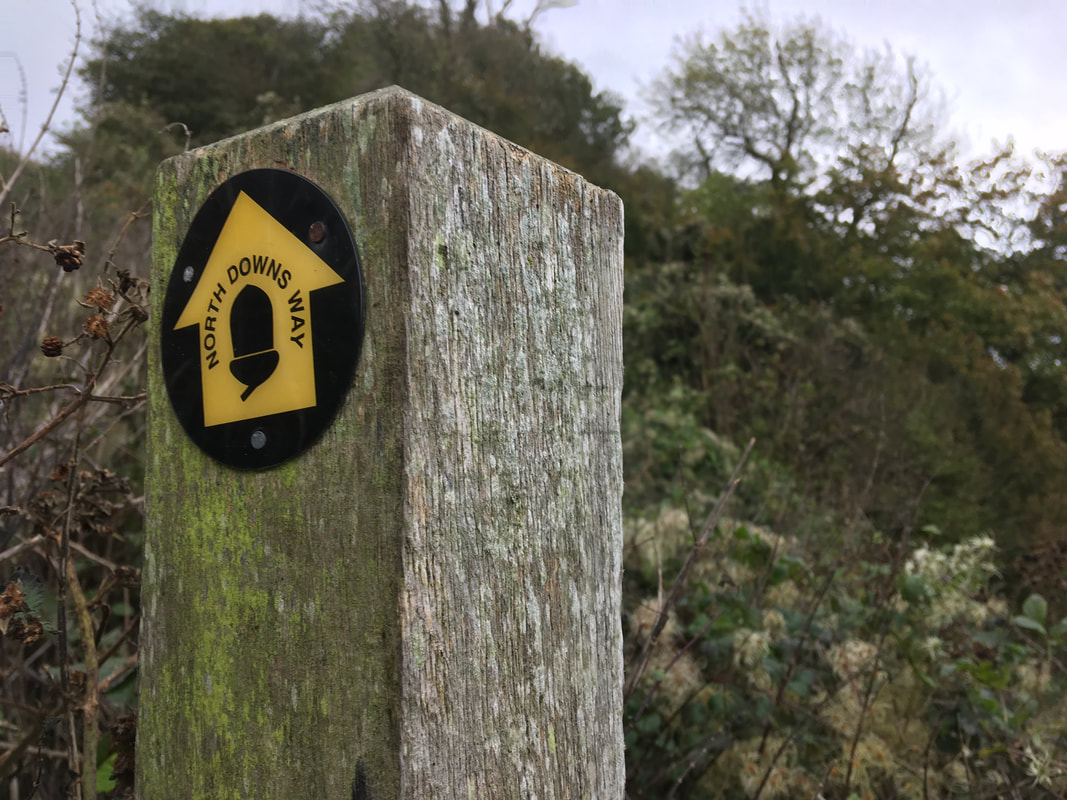
North Downs Way waymark, featuring the National Trails acorn.
I start the walk angry. I am angry because . . . I don’t know why. There are a series of niggles, but nothing to upset me this much: we had to drive miles past our destination and use a roundabout to turn back on the highway just to get into the carpark; there are no toilets at the reserve and I’m busting; the weather was fine this morning and now it’s overcast; the velcro on my camera case is coming unstitched so I can’t keep it on the hip belt of my bag (I leave it behind and rely on the phone). I’ve been looking forward to this walk for a couple of weeks, but now it’s about to start, I’m unhappy.
I’m going to be walking by myself. This should be exciting, because it will be my first multi-day solo walk. Well, “solo” to a certain extent. Dan’s dropping me off and picking me up each day, but he’s doing his own thing while I’m hiking. If this goes well, it might be the start of a new era of holidaying, where I walk (which is fun and relaxing for me) and Dan relaxes/mooches around/doesn’t do much (which isn’t usually my bag) and we meet up in the evening for dinner and sleeping (which we both agree are excellent). Dan thinks he wins because he gets to do whatever he wants; I think I win because I get to walk - and I get a personal taxi service.
It’s great in theory, but now we’re about to wave goodbye to each other I’m both angry and sad. “Are you sure you don’t want to come?” I try to coax Dan. He doesn’t - he wants to eat cake and read, which is exactly what he’ll end up doing. “You’re always a bit like this at the start of a walk,” says Dan. “You’ll feel better in a little while.” We part ways and I turn around every few steps to wave, as if I’m heading into some vast wilderness rather than taking a stroll on the North Downs near Maidstone.
Five minutes later, Dan’s out of sight. So, this is it for the afternoon. Not much I can do now except walk. I put down one foot and then the other foot. I look out at the view on my right, keep an eye out for the National Trail markers. It’s just walking. I can do that.
Soon, I’m at the bottom of the first flight of steps. Ugh. Who ordered this? I’m annoyed all over again. I mean, sure, the North Downs are a range of hills, but who would have thought the North Downs Way would go up and down them? I give myself a talking to. “There’s no one else here. You can go up this hill as slowly as you want. It really doesn’t matter.” So that’s what I do, And, of course, it isn’t so bad. The hills aren’t big. At the next flight of stairs I think, “OK, this is how it’s going to be,” and adjust to the reality of the path. The view is good from up here - the slope sweeps down to a wide, low plain with fields and villages and roads - and when there’s no view it’s because the path is a half-magical tunnel through shrubs and trees in autumn yellow, orange and brown.
After 20 minutes or so, I still don’t feel great. I ask myself, “What’s wrong?” and then, “OK, but what’s really wrong?” until I hit the core of it. Anxiety. I’m unreasonably anxious. Last time I went on a real adventure, on the Snowy River, I developed a lot of anxiety. I became scared of everything. I worried constantly about our safety. And I didn’t deal with it then, so now, on my first multi-day walk since, it’s reemerging. I’m trying something new, I’m by myself, I don’t know what’s going to happen . . .
“What am I worried about?” I mutter. I list a few things, but it boils down to: “Something might go wrong.” And what if it does? If I hurt myself, mobile reception is fine, so I can call someone. If a dog chases me, well, I’ve had dogs growl and snarl and bark at me before - generally they stop once you’re off their territory, plus they should be used to walkers on this well-trodden path. If the phone dies and I can’t check the map, the North Downs Way is very well waymarked - and I know there are villages nestled at the foot of these hills, so I can go to one of those and phone Dan from a pub or a random person’s house. If someone attacks me . . . OK, the chances of that are very slim. And there’s nothing I can do about that, really - the decision to assault someone is the aggressor's decision, not the victim’s. Really, the two things most likely to go wrong are: 1, it rains; and/or 2, I don’t enjoy myself. Those are some pretty low-stakes problems to have.
As I’m climbing another hill, it dawns on me that some of the physical symptoms of this anxiety are similar to the markers of physical exertion. My heart is pumping overtime, I’m a bit out of breath, my chest is a bit tight, my limbs a bit wonky, adrenaline is working its way around my body - it’s fight or flight-y. I wonder if I’ll feel less anxious when path is flatter. I reach the top of the hill and, sure enough, this turns out to be the case. Huh. So, where usually I feel anxious and as a result I get these symptoms, today I’ve got the symptoms and my brain has converted them into “I’m anxious”. Perhaps . . . actually, yes, I think this is true: I’m not really that anxious after all! This realisation amuses me so much that I laugh out loud and disturb some pheasants.
One hour in and I take a moment to appreciate that everything is now great. I’m relaxed and happy (ahh, endorphins!). I feel like I could keep going for hours. I’ve found my stride. The well-marked path dips in and out of the trees, and I can see the flowing skirt of the escarpment slowly receding behind me. I love walks like this, where you can look back and trace your progress, look forward and wonder where you’ll get to today. It’s very satisfying. The only people I’ve seen so far were two riders racing their horses along a gallop below the hill. This is what I was hoping for. This is the life!
I get lured into Hucking Estate by the Woodland Trust’s signs. They seem very clear, directing me to a viewpoint, but I somehow manage to go the wrong way. Ah, but no way is really the wrong way, is it, if you’re just out for a wander? I meet a shepherd carved out of wood and climb over a locked gate to get back onto the North Downs Way. I pass through a beautiful section of grassy glades and hawthorn thickets, where white cows seem to glow in the muted afternoon light. I watch a kestrel - suspended, a silent focal point in the midst of a frantic wind that gusts up the slope at Eden’s Hole.
The path tips me off the hills and I’m almost disappointed. But now I’m walking along the Pilgrim’s Way, an ancient trackway and road system that stretches from Winchester to Canterbury. Two cyclists pass me and, as they pass, one exclaims how amazing it is to be following the route that people have been following for a thousand years. I stop for a Snickers and a loo break. Later, I sit with a pilgrim (once again, carved from wood). But mostly I breathe deeply, open my stride and put the miles behind me. Chalk cross, chalk path, chalk cliffs. Any anxiety I had is a distant memory. Here I am, walking. I love walking.
This was the first day of a three day walk in October 2017 from (approximately) Maidstone to (pretty much) Folkestone along (mostly) the North Downs Way.
Last weekend we headed up to Sissinghurst in Kent. I took a few photos and made an audio blog of our walk.
There's no transcript of the piece, but it includes:
This was a bit of an experiment to see how well the digital recorder worked and if the recordings might be edited into a single piece, so it's not the most polished thing ever. It's probably best to use headphones to listen. But hopefully it gives you an insight into what it's like to go on a walk with us!
Please do let me know if you enjoyed the audio! I'll post a Snowy River adventure update later this week and then the blog will be taking a break until after we return from Australia in late April.
Wales, Malvern, Birmingham, London, Sussex, Kent . . . August was jam-packed with activities as we made the most of our summer holidays. This is a bit of an epic post - though, to be fair, it's mainly photos. After walking from channel to channel, our holiday continued with a short stay in Monmouthshire. Our Airbnb wasn't far from Rockfield Studios, actually, and the museum in Monmouth had an interesting exhibition about the studio. We were also delighted to discover Monteas, a looseleaf tea shop with a friendly owner. We bought some delicious tea. From Monmouth, we went canoeing down the River Wye, which was great fun. I'd only kayaked before, so it was interesting to get a feel for canoeing - it feels much more sedate and, if you're in a canoe with others, there's more team work and communication. After a few days on the river, it was off to Malvern to finally visit the Malvern Hills. The short chain of hills is an eye-catching feature in the landscape, rising abruptly from the low-lying surrounds. We've seen them in passing and have always meant to visit, but it took us several years to get around to it! We just had one morning to climb to the top of one of the hills and enjoy a cup of tea sheltering from the stiff breeze. But what a morning! I loved being able to pick out other places we've been (the line of Hay Bluff was just visible in the hazy distance) and other hills we might want to climb.
Malvern was an overnight stop on our way to Birmingham, where we stayed with a friend and spent a couple of days exploring the city (and washing our clothes, because after two weeks of walking, canoeing and sightseeing, we were a bit smelly). She took us around the city and we got to spend a few hours in the fabulous Library of Birmingham, another place we've been meaning to check out for years. We browsed books (and borrowed some, thanks to our friend!), admired the old Shakespeare Memorial Room which has been incorporated in the top floor of the contemporary building and wandered around the roof gardens checking out the view. On the way back to London, we detoured to visit the Alpkit warehouse and showroom, to look for kit in advance of our Snowy River adventure. That was fun, especially because they let me climb inside the fluffiest sleeping bag I have ever seen. I've always wanted to try one of those out, though I have absolutely no reason to use one in earnest! 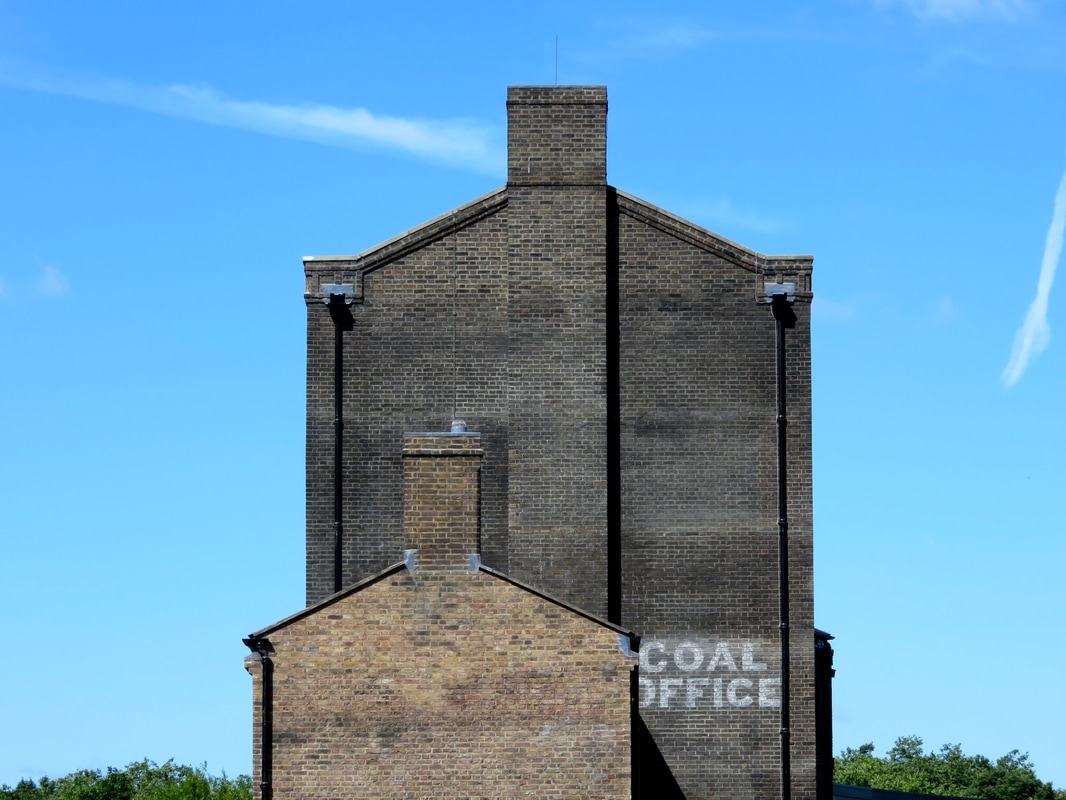 I love a good ghost sign, though I think this one has been touched up. 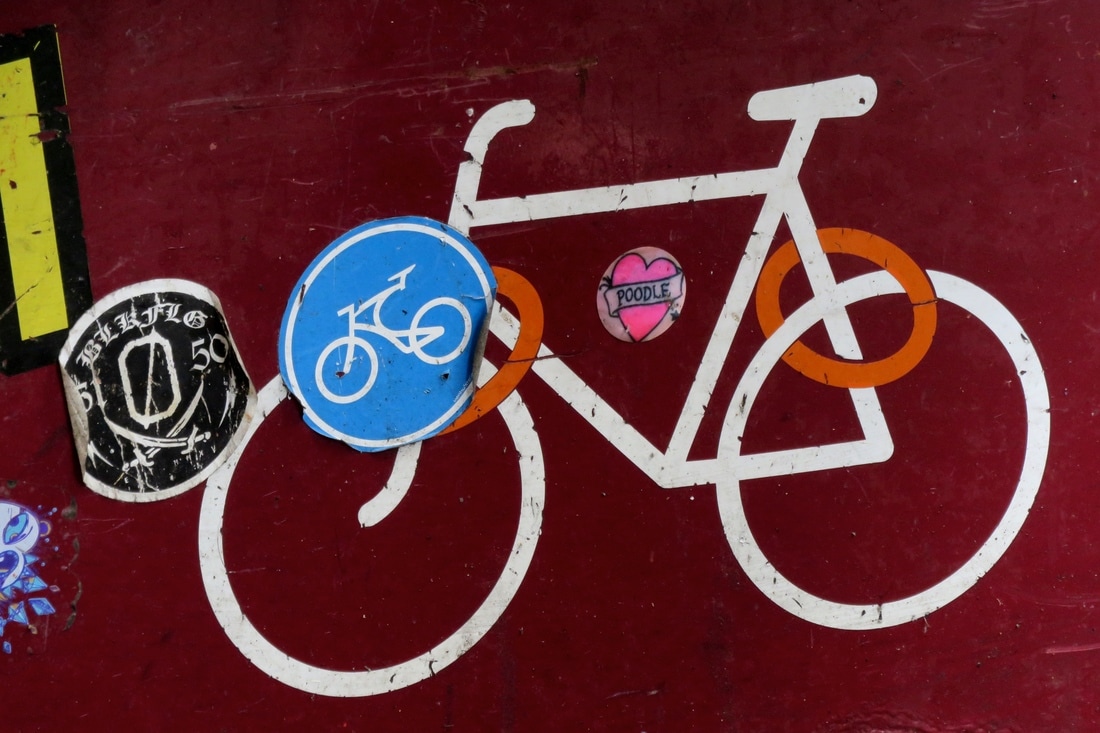 Bikes at the bike cafe, Look Mum No Hands. In London, we met up with a friend for breakfast and did a bit of city exploring to find some wooden streets. Yep. Did you know that the streets of London (and Melbourne, and many other cities) were once paved with wood? You can read about it in this great article by Ian Visits. I came across this when doing some research for our Snowy River adventure (a proper research rabbit hole) and decided I wanted to see it for myself. Our walk took us down some interesting back streets as well as along main roads, making for a fun afternoon wandering around the city.
Home again, home again. But being home didn't stop us getting out and about. We were making the most of our time before heading back to work. 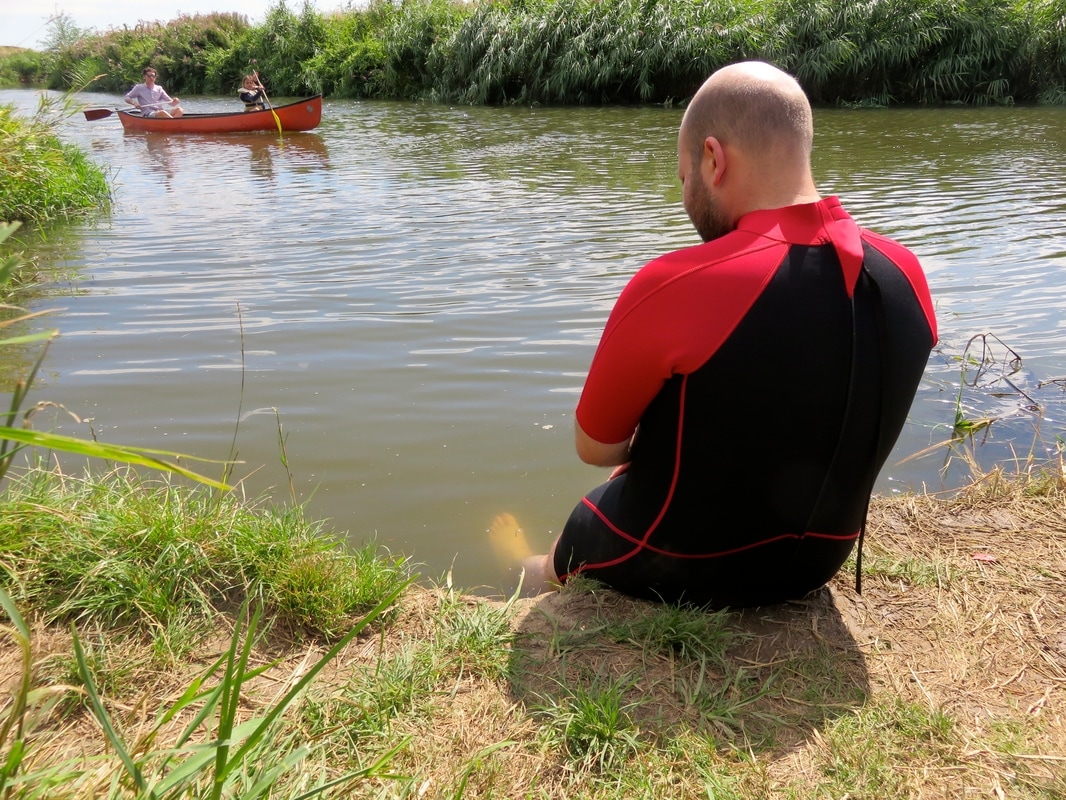 Wild swimming in the River Rother near Newenden. (Most people venture out in boats hired from the campsite.) On the last day of August we walked all the way around Bewl Water. We'd been meaning to do the 20km/12.5mi circuit for a while and the weather forecast was fine, so off we set! Our circuit took us anti-clockwise from the main carpark/cafe area, along dirt and paved paths, down country lanes, around a few small hills, through woods and fields and along the Sussex Border Path for a while. It's a great walk if you're up for doing something of that length. And on that note, let's call it a day (or a month)!
Seaside, countryside, bush.
The month started with a visit to Margate with our friend. It was a gorgeous day - bright and windy - and we enjoyed our walk around the town and along the coast. One day I'd like to go back and hire bikes to cycle around to Broadstairs on the Viking Coastal Trail.
Notes from Lake Field. After the daffodils beginning to bud in February, the crocuses burst through, letting us know that spring really was on the way.
Then it was off to Australia for a week in the bush (end of March) and a week in town (start of April). I wrote about our time in the country in what I think is my favourite post of 2016: Australia (Part 1: Country). I took so many photos in Australia, and shared a lot of them in my posts at the time. But here are a couple of new ones for you - an eastern spinebill and a red-browed finch.
I'll post some more city pictures from our visit to Melbourne next time.
P.S. I really like reading "year in review" posts, so please hit me up with your links in the comments.
A gentle springtime walk around the East Sussex/Kent border near Northiam, along the River Rother and through the hills.
A pretty circular walk starting from Bodiam Castle, taking in the views from Sandhurst Cross and returning along the Sussex Border Path.
February's microadventure challenge was set by Emily. She chose wildlife spotting. Inspired by Emily’s species-tracking updates, Dan and I thought we’d keep a log of what we’d seen in our courtyard and beyond. As the month progressed, I also started thinking about why we hadn’t seen more wildlife. In our courtyard
Beyond our courtyard
WildwoodA couple of friends who have joined the microadventure challenge invited us on the spur of the moment to visit Wildwood in Kent. Since I hadn’t managed to spot a (live) badger, I thought this was likely to be my best chance of seeing one. We had an interesting but cold afternoon wandering around the park. We saw a sleeping otter, then later on we were lucky enough to watch one up close being fed. They have amazingly powerful little teeth and jaws that can bite clean through a person’s fingers. There were a number of deer species and a couple of elk (they have bizarre looking faces). I enjoyed watching the big, hairy bison - they looked like pleasant creatures (though I wouldn’t like to have one charge at me - they’re massive). Dan was quite taken by the lynx, I was in a flap over the little owl. We saw lots of other animals, including storks, Bennett's wallabies (did you know there are colonies of wallabies living wild in the UK?), Scottish wildcats, harvest mouse, beavers, eagle owls, barn owls, wild boar, wild horses, egrets, ravens (they are so much bigger than crows!) and wolves. We all spent a long time looking at the edible dormice (which are much bigger than I expected and look almost like sugar glider possums), but that’s possibly because they were inside, where it was warmer. Oh, and we saw some snoozing badgers, too: success! I’m always a bit uncomfortable in places like this. The animals aren’t cooped up in concrete boxes for display like in old-fashioned zoos, but they still don’t have a lot of room to move around in. I know that many of them are rescue animals and are better off here (e.g. Wildwood has just raised enough money to rescue two Bulgarian bears), but I didn’t like seeing the wolves pacing around the fence line of their enclosure, or the raven flying from end to end of its little aviary. Where is the wildlife?
If declining wildlife, birdlife and biodiversity is something that concerns you, you might also want to get involved with a local conservation group. In the UK you could try: RSPB, The Wildlife Trusts, Woodland Trust, Bat Conservation Trust, BTO, Butterfly Conservation Trust, CPRE, High Weald Landscape Trust, Hawk and Owl Trust, Bumblebee Conservation Trust or Buglife. From our long list of microadventure ideas, we chose "walk along a canal" as our fifth challenge of the year.
This microadventure cost about £25.75 for two of us (petrol, parking, train tickets, lunch, tea and biscuits). We declared our expedition to be a microadventure success! We would not have gone out in such dicey weather if we hadn't had a challenge to pursue. In the end, after the initial excitement, it turned into a beautiful afternoon and we were glad to be out and about. |
In which IIn which I do things and write about them In which I tag
All
In which I archive
July 2022
|
||||||||||||||||||||||||||||||||||||||||||||||||||||
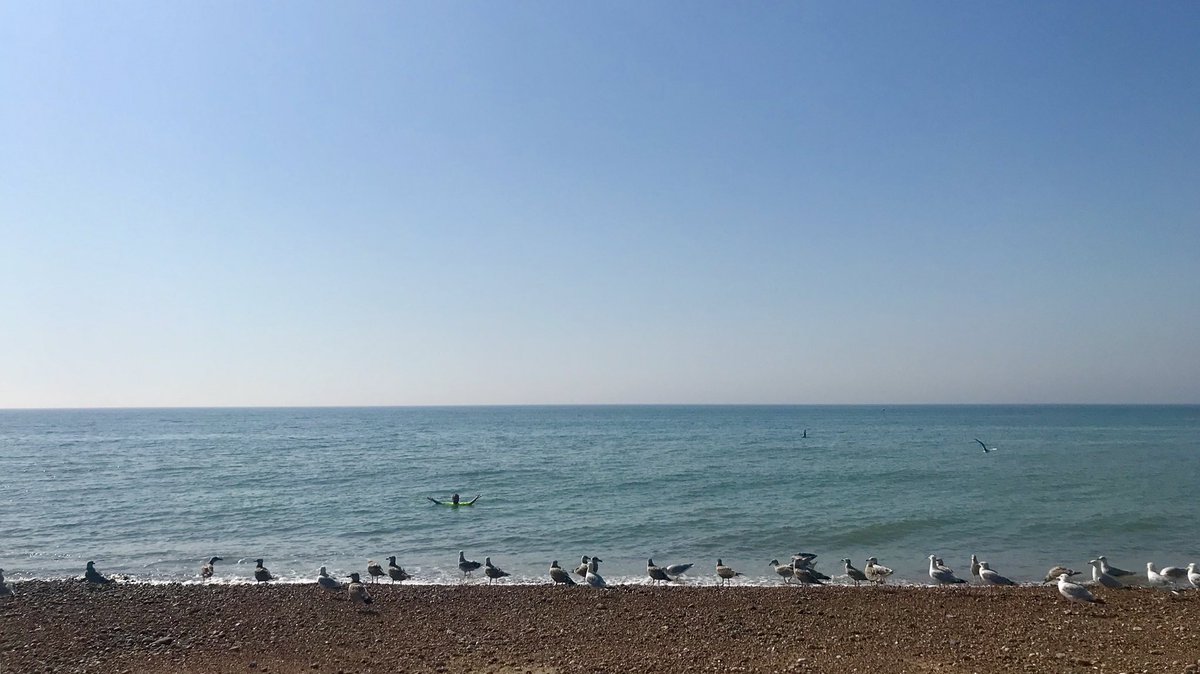
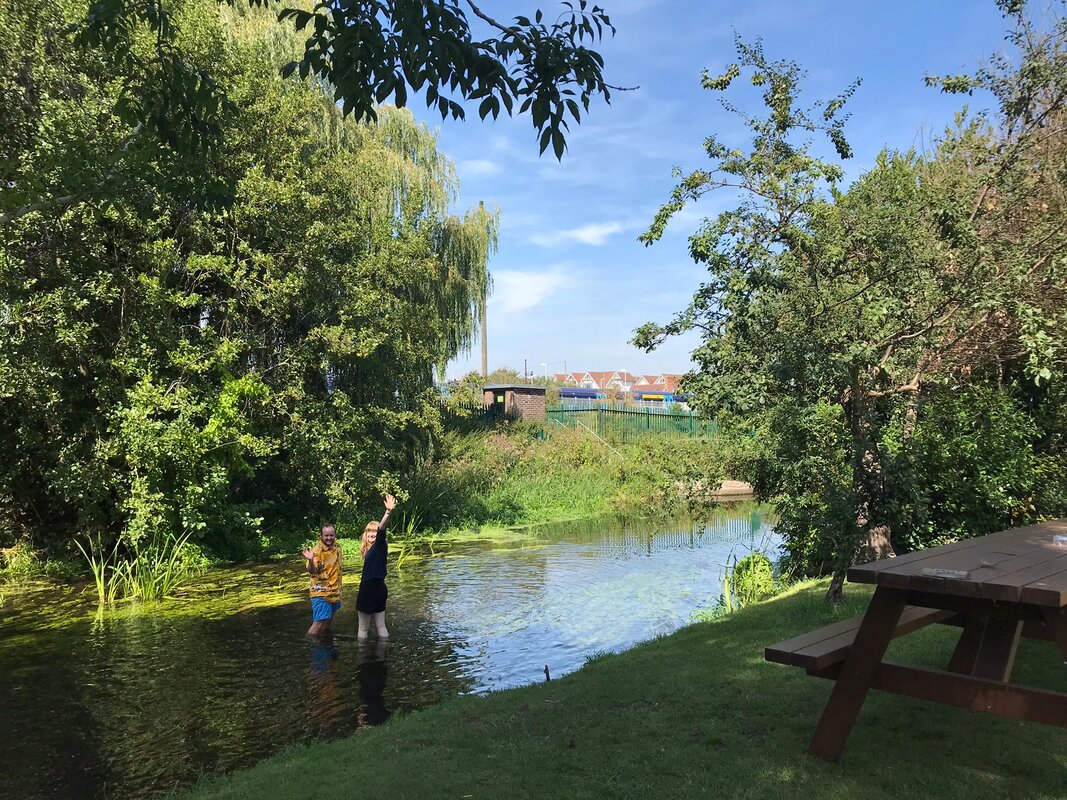
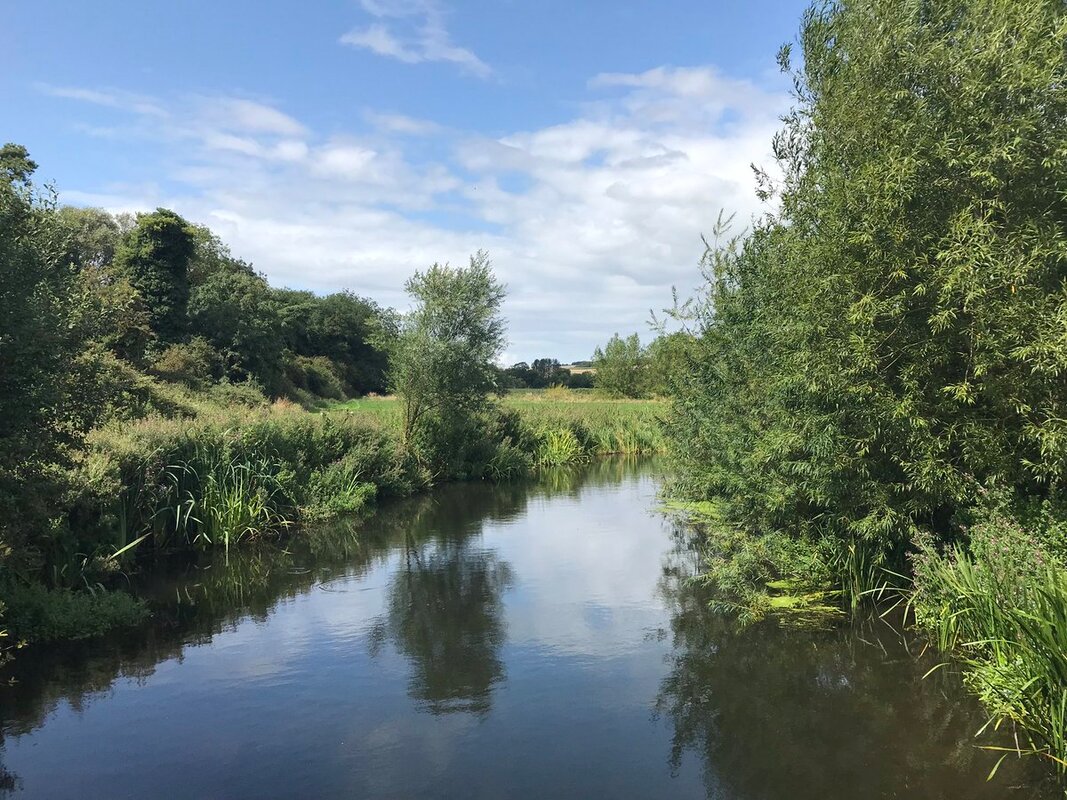
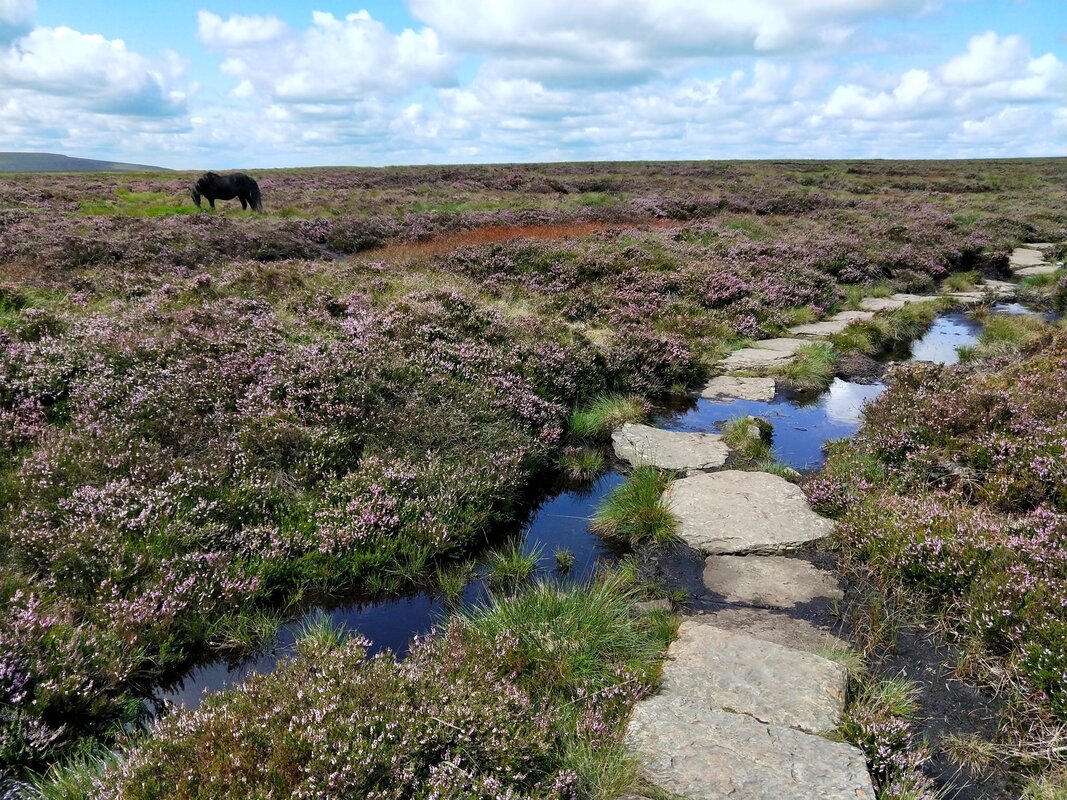
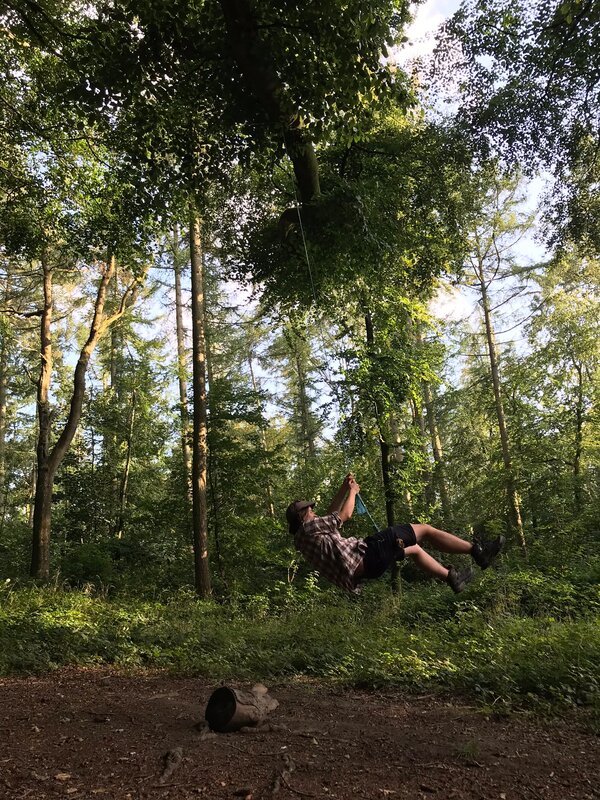
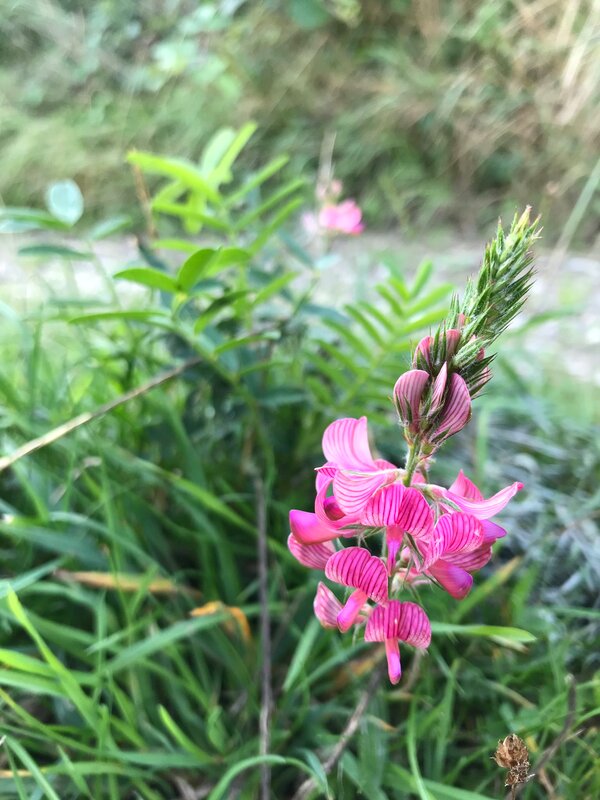
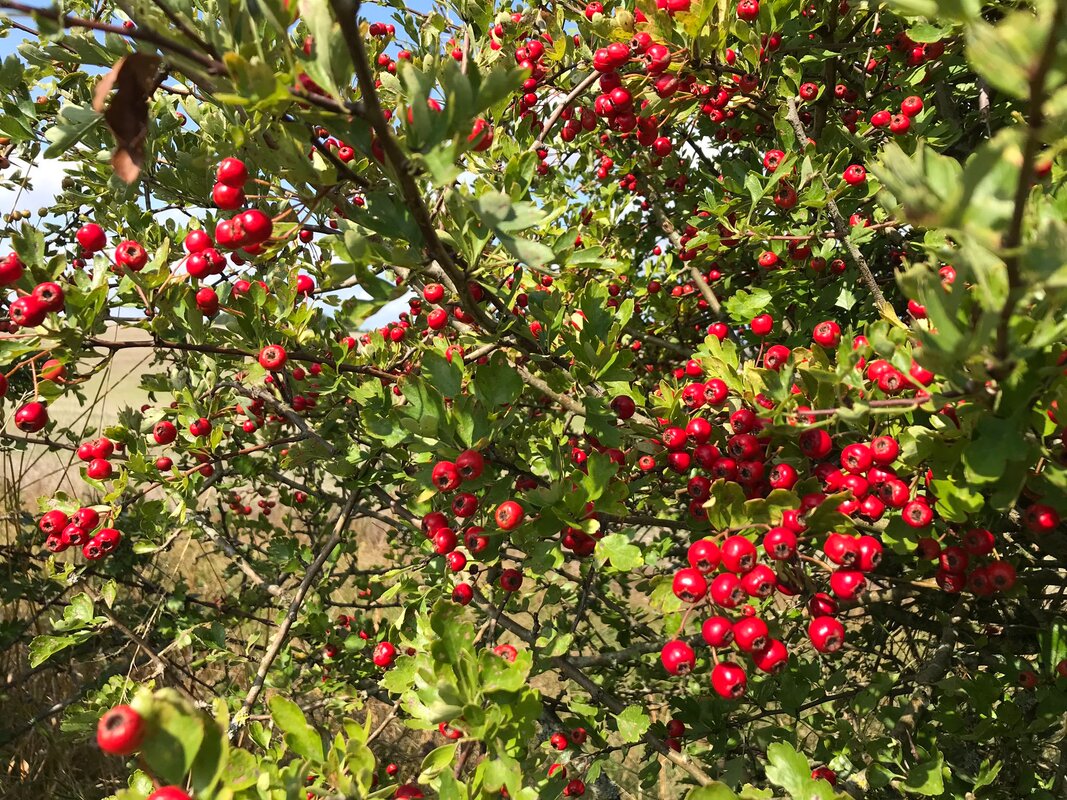
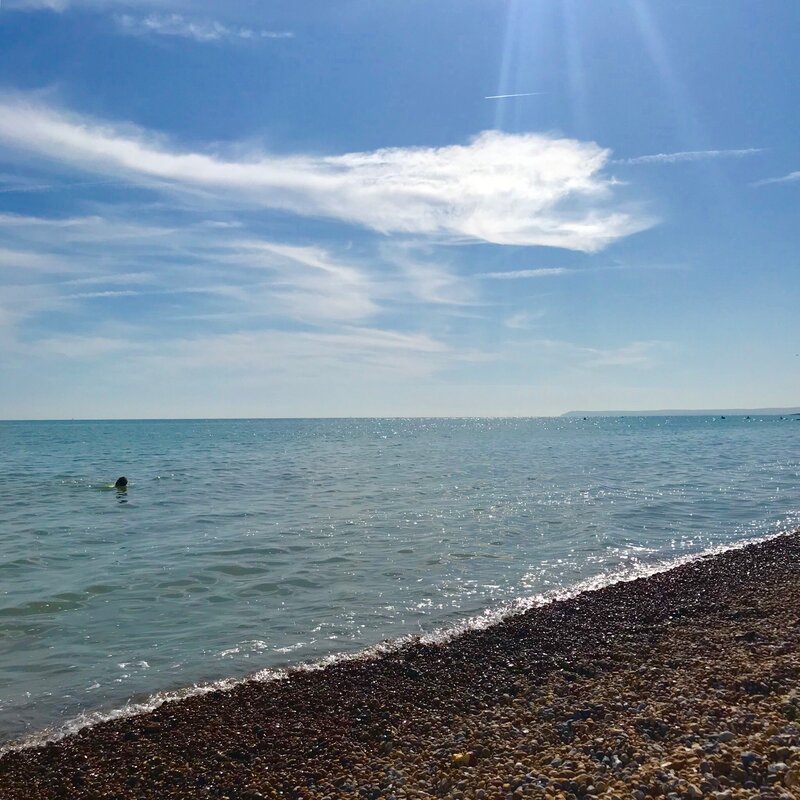
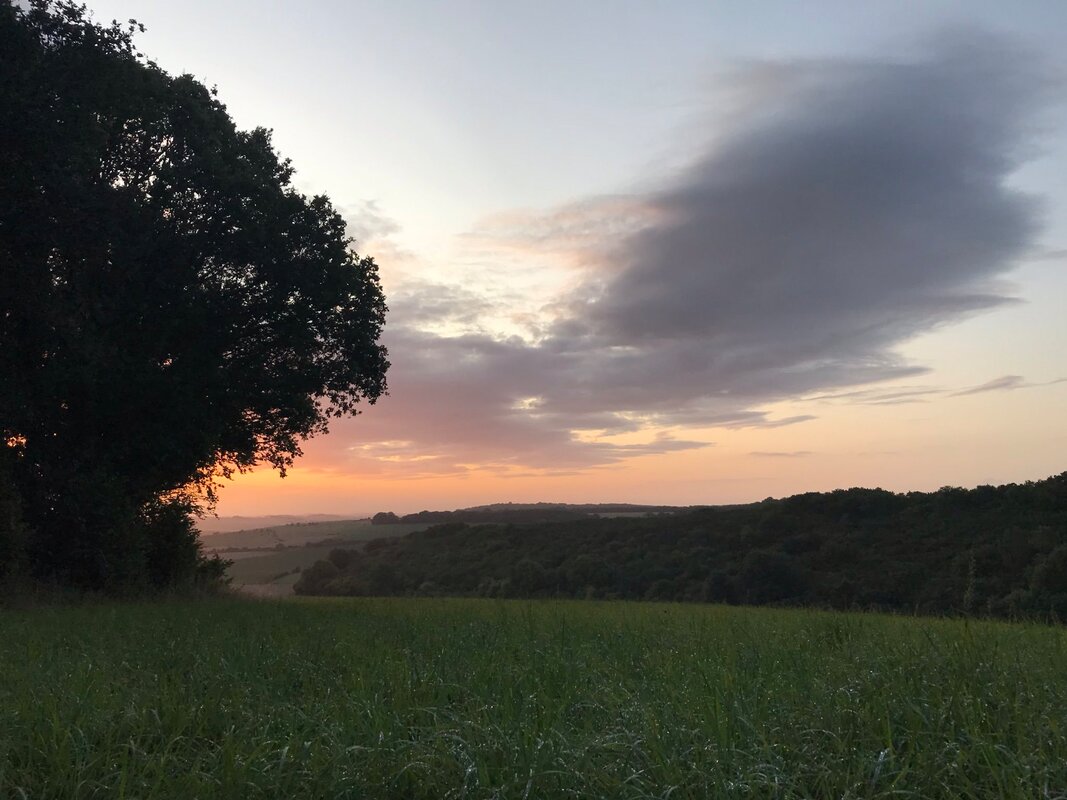
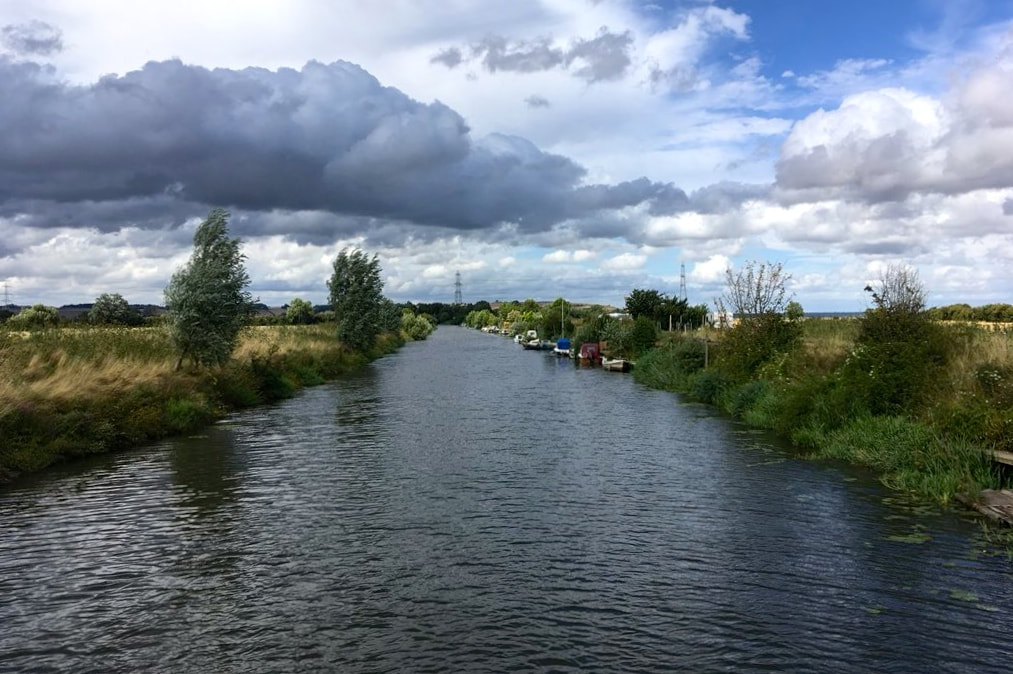
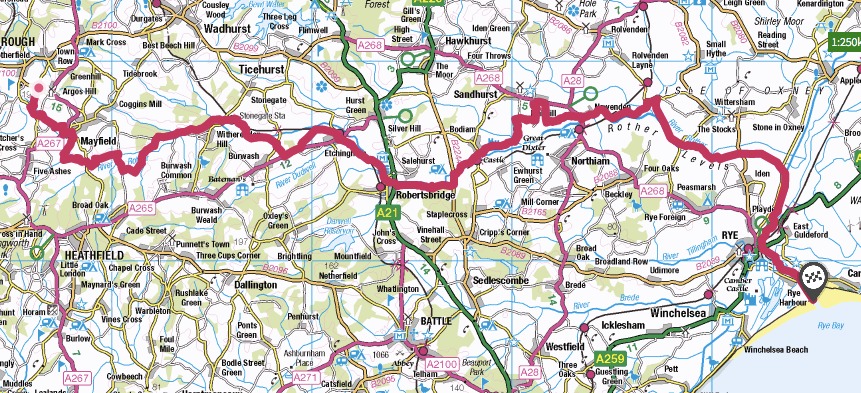
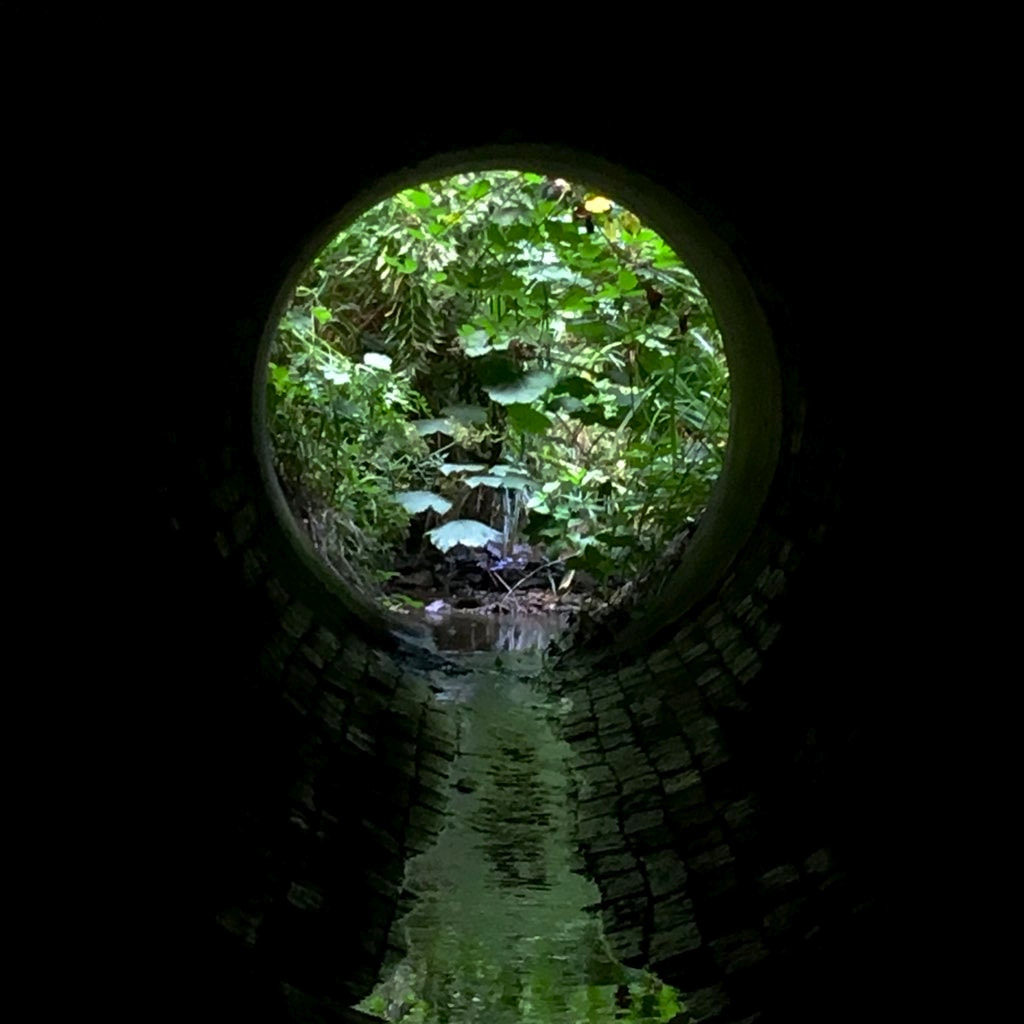
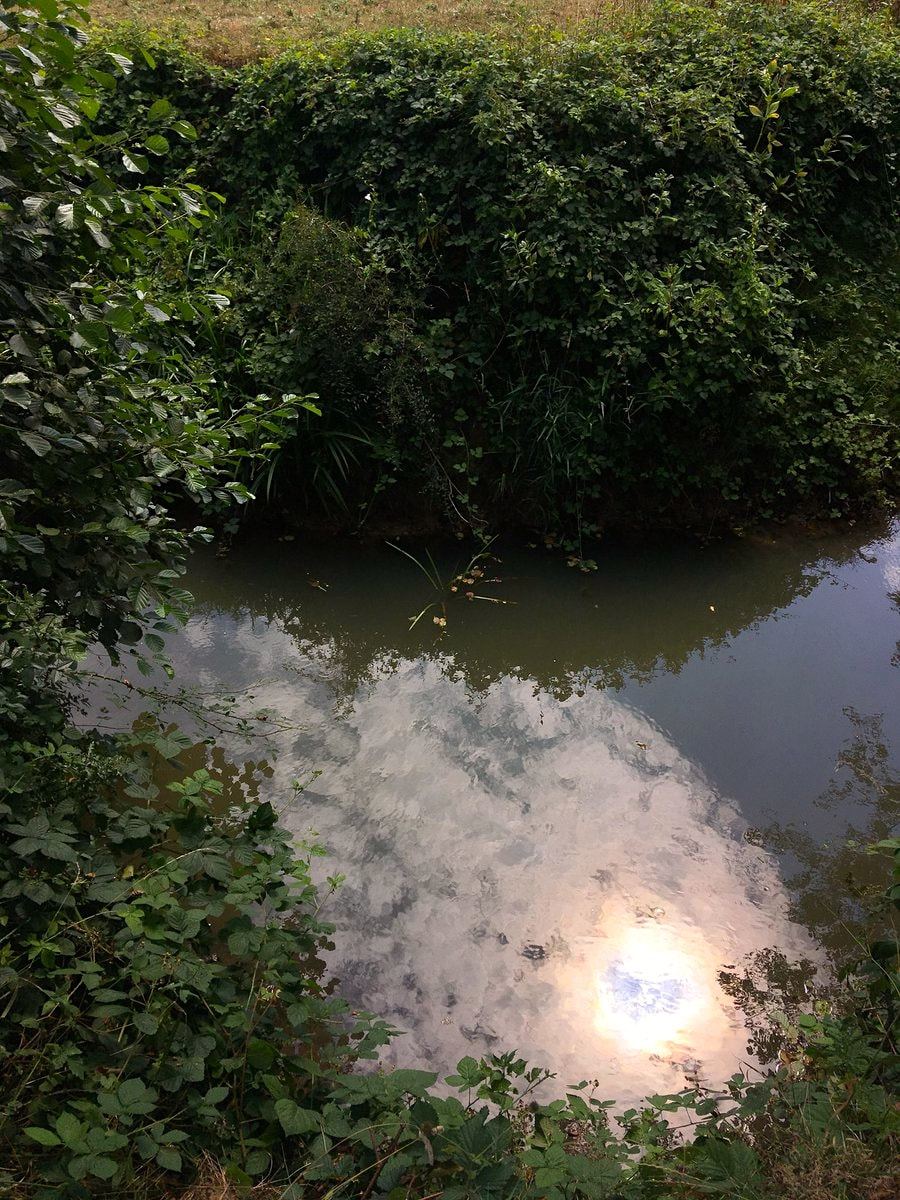
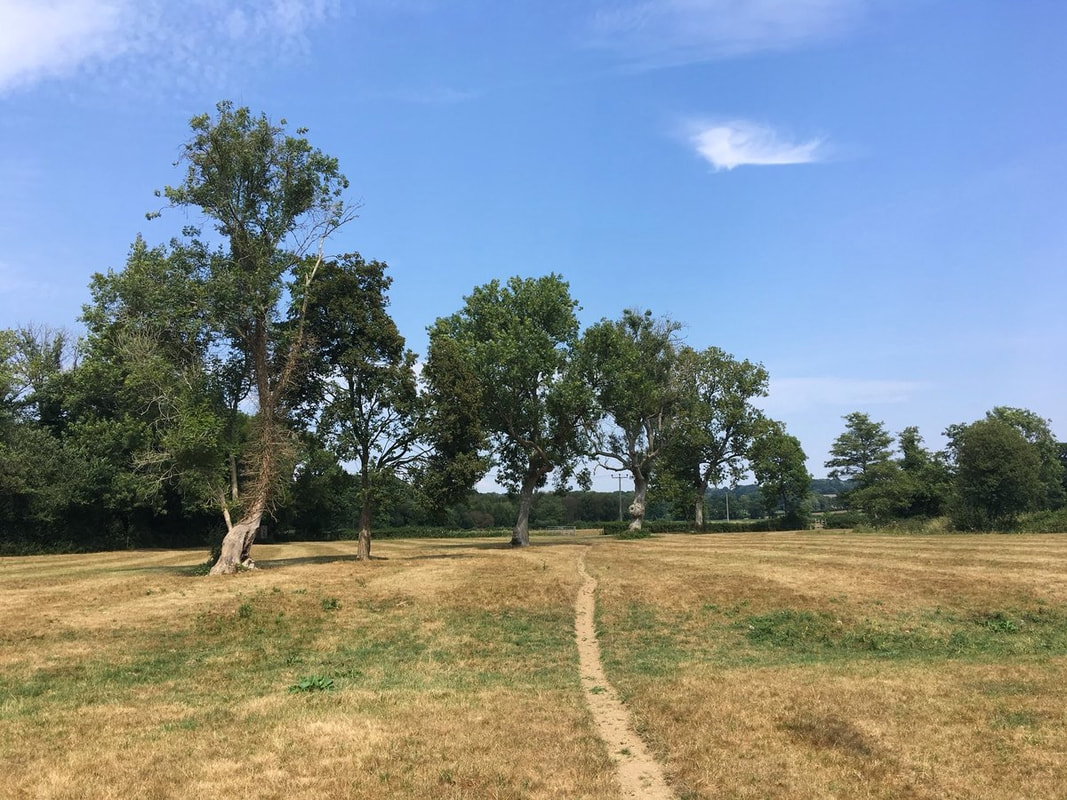

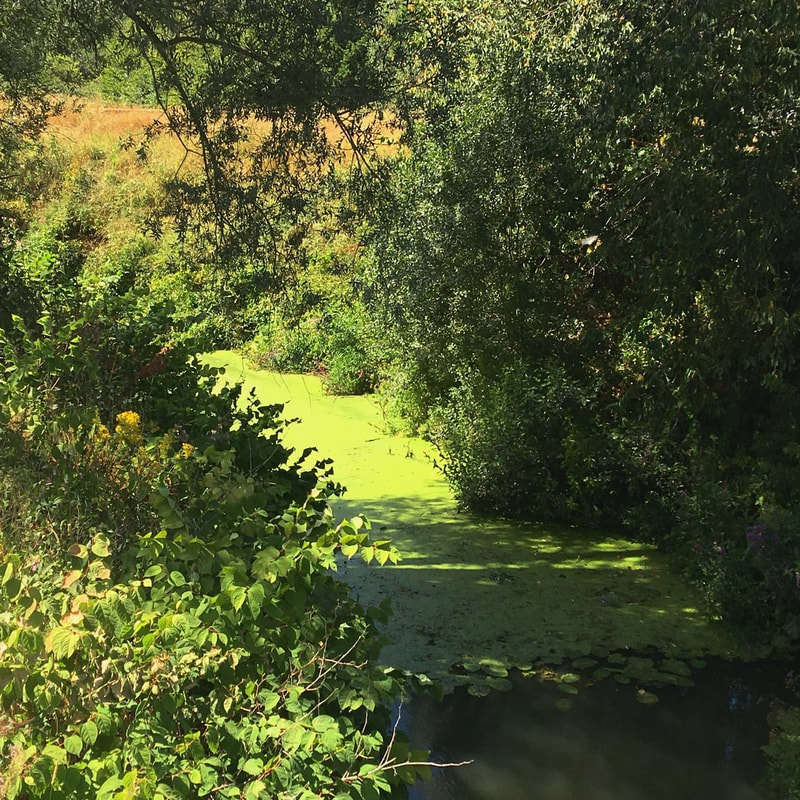
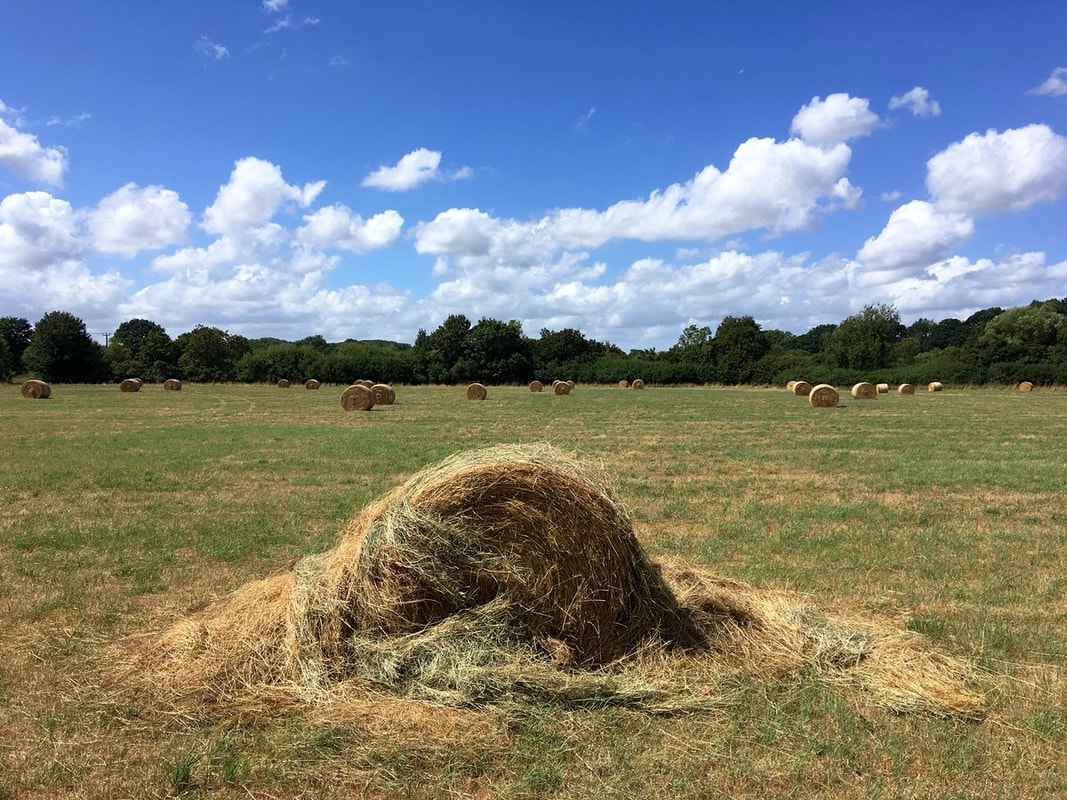
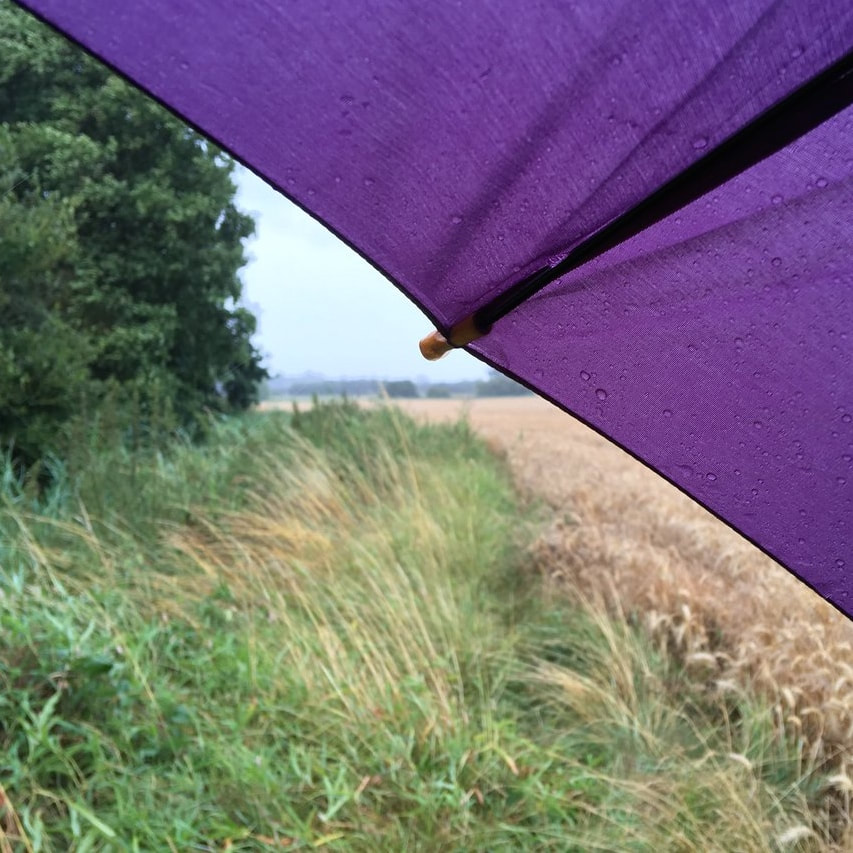
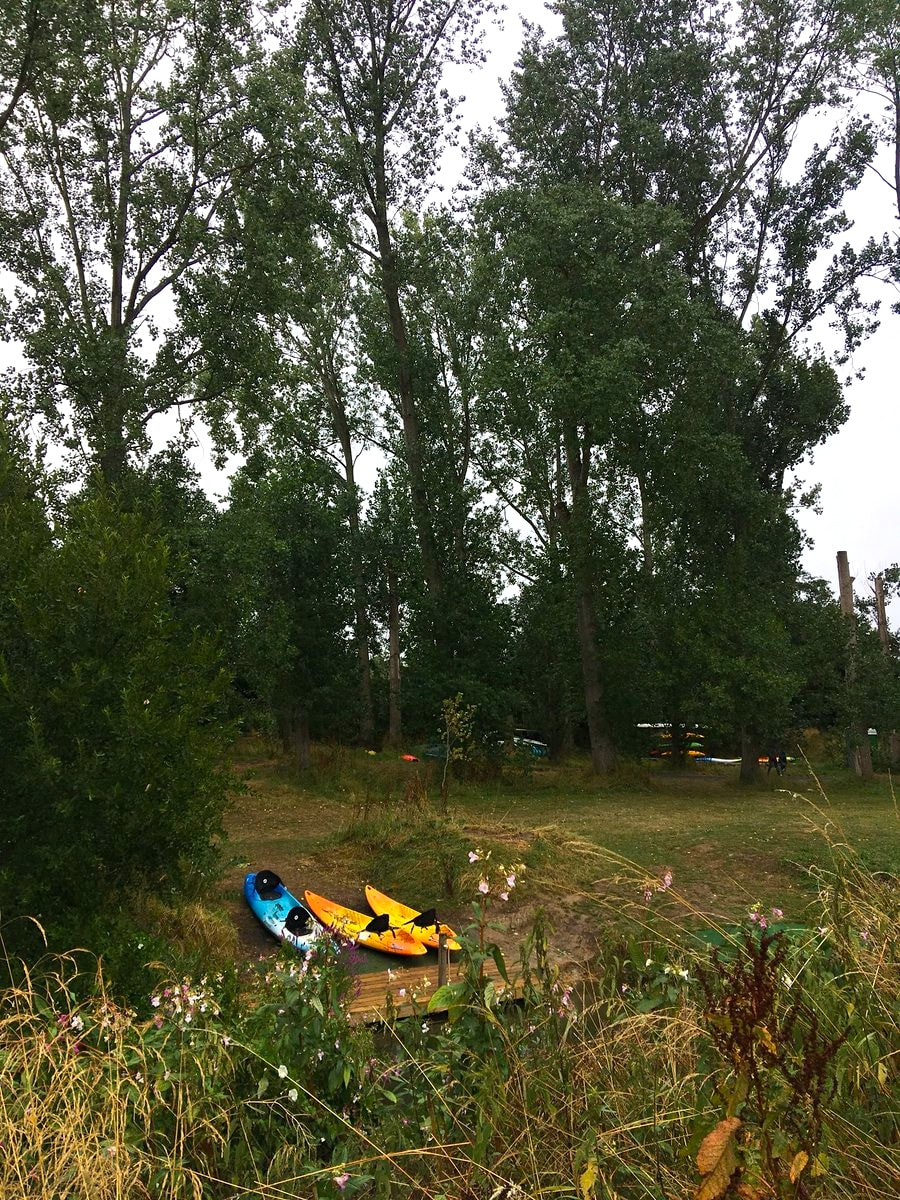
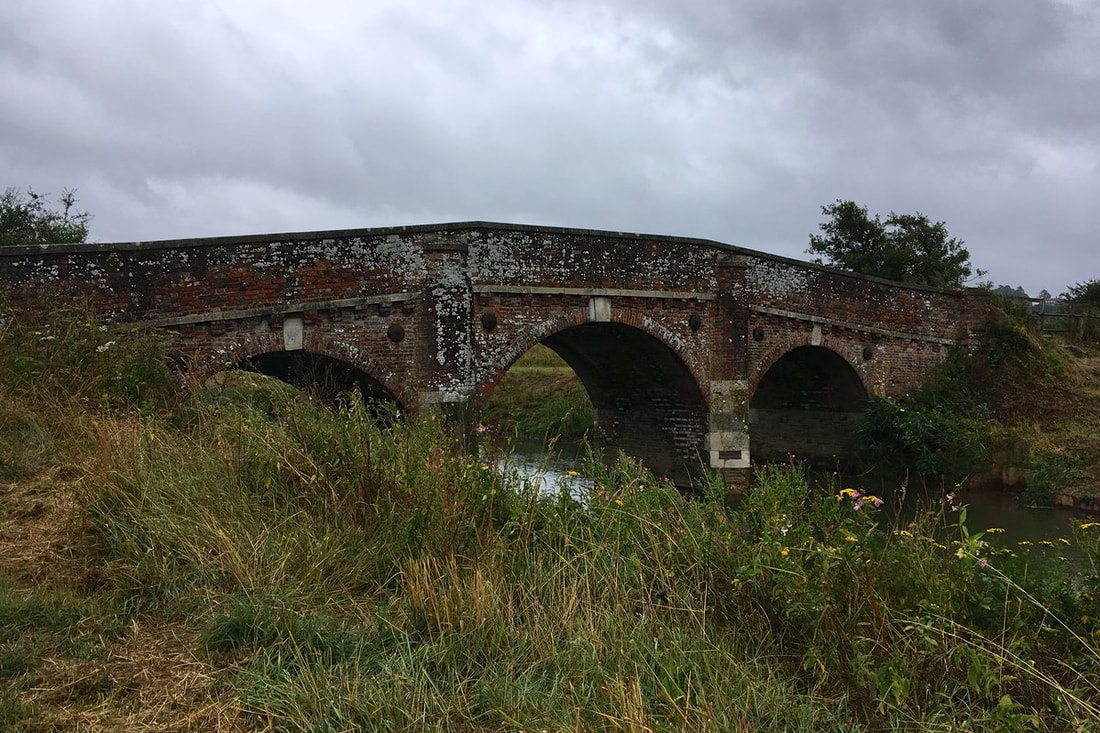
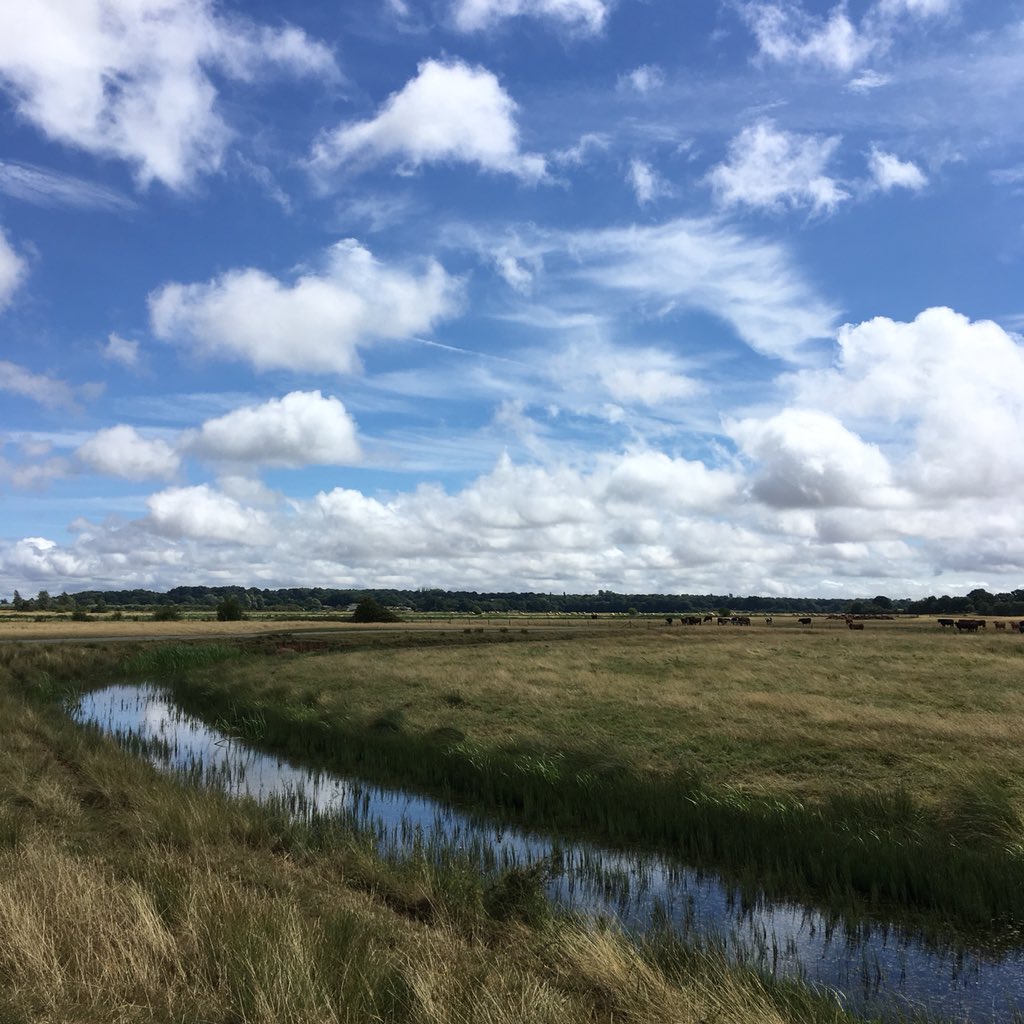
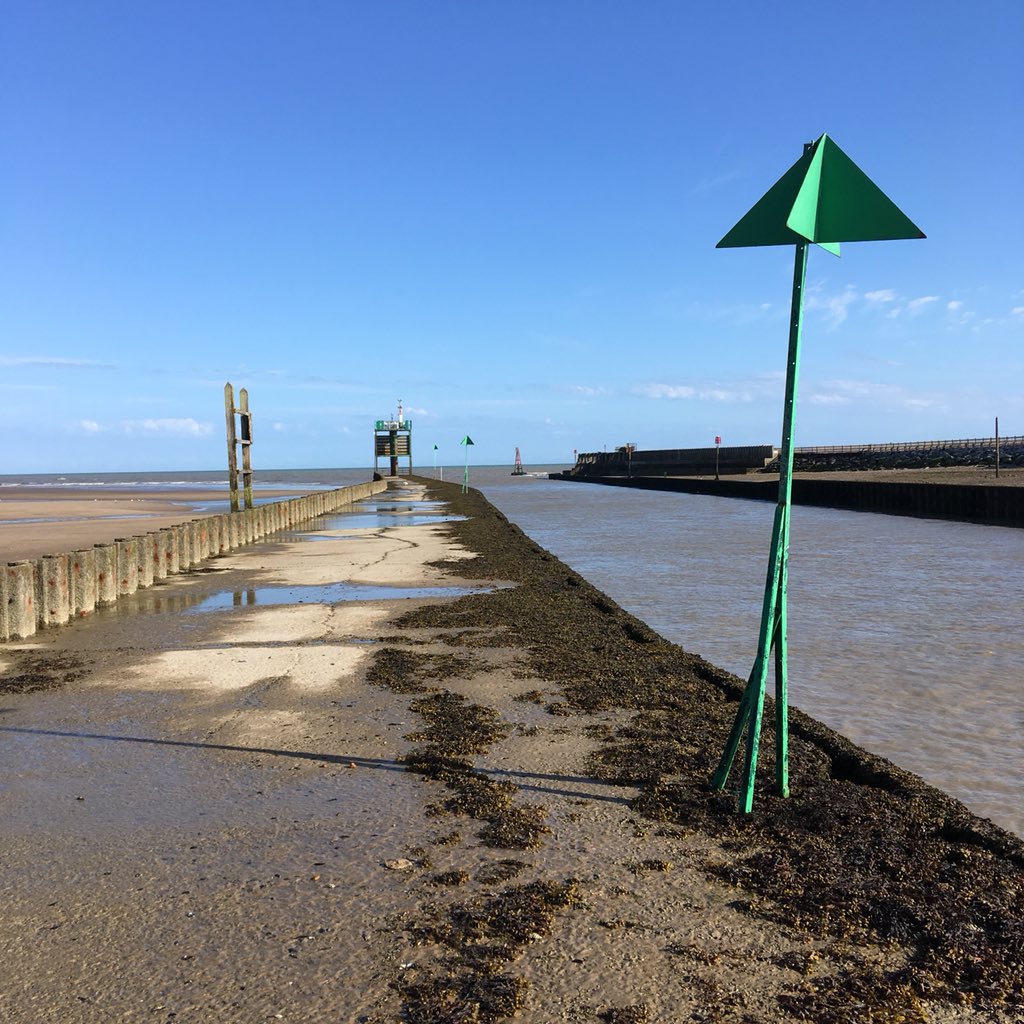
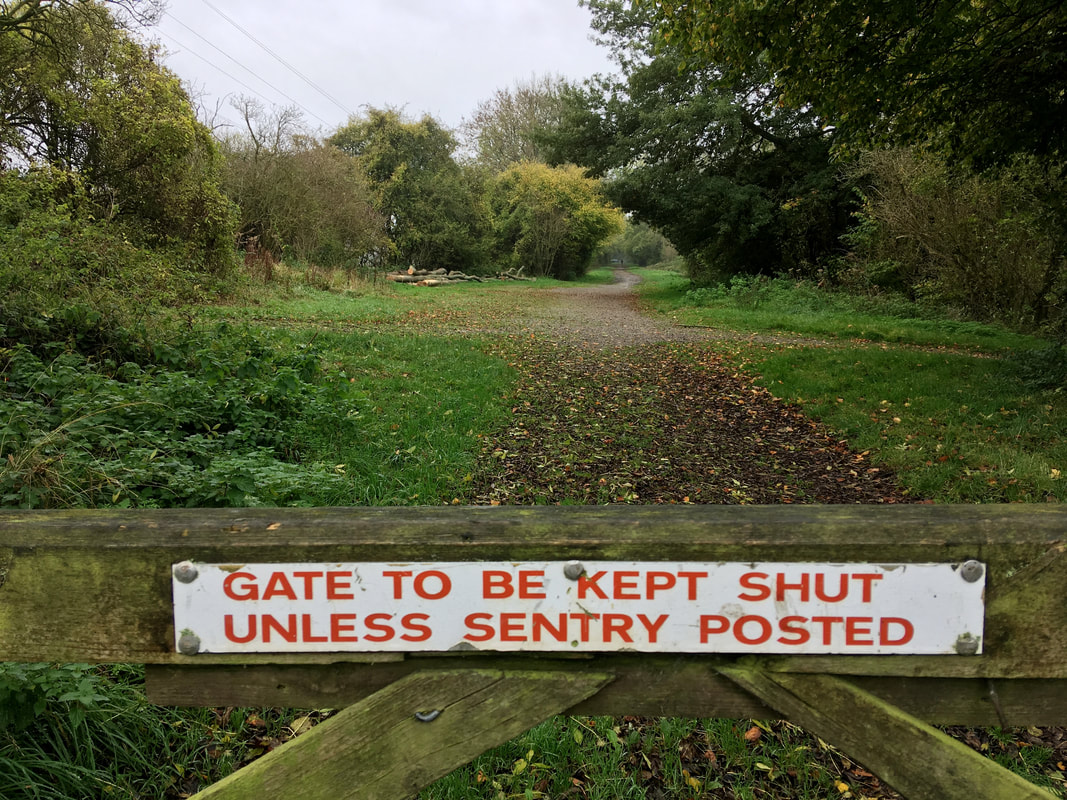
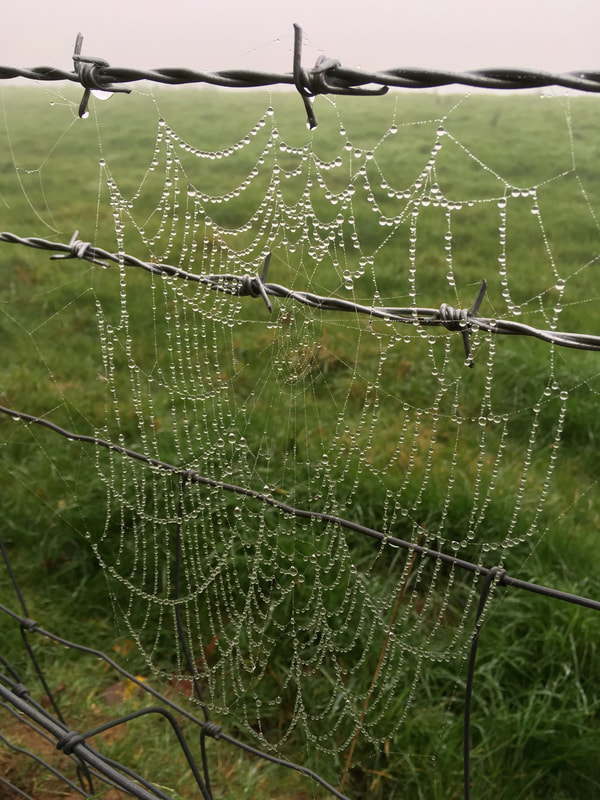
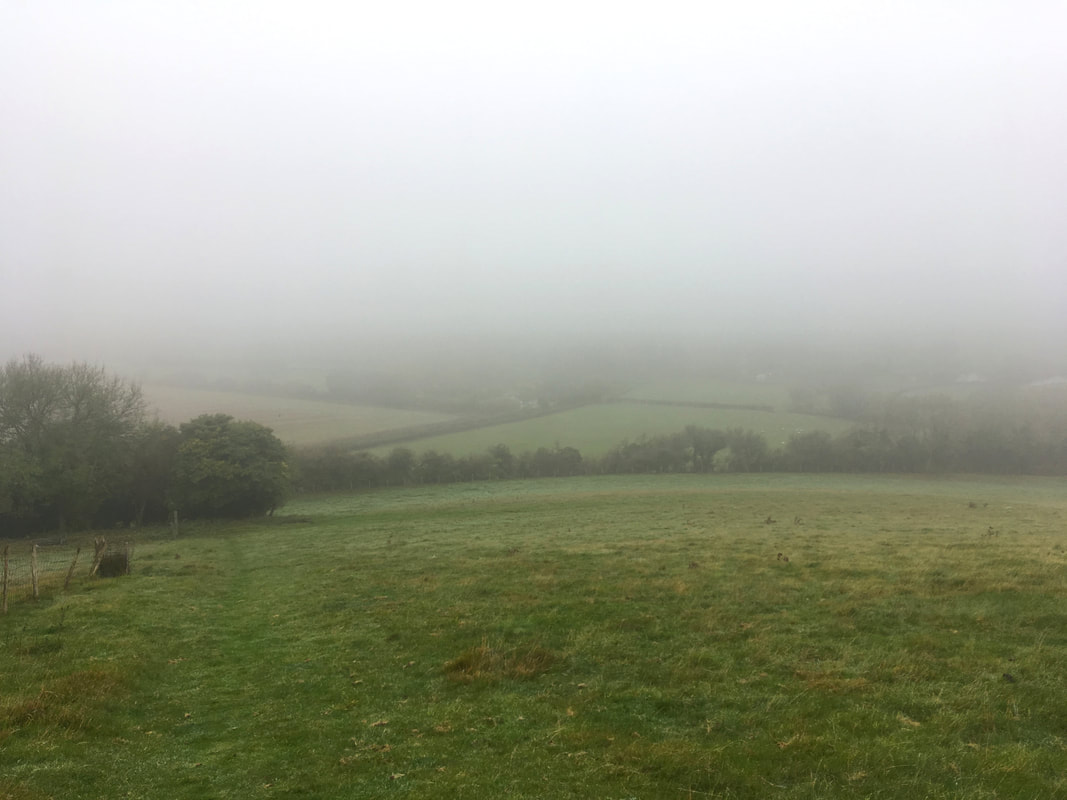
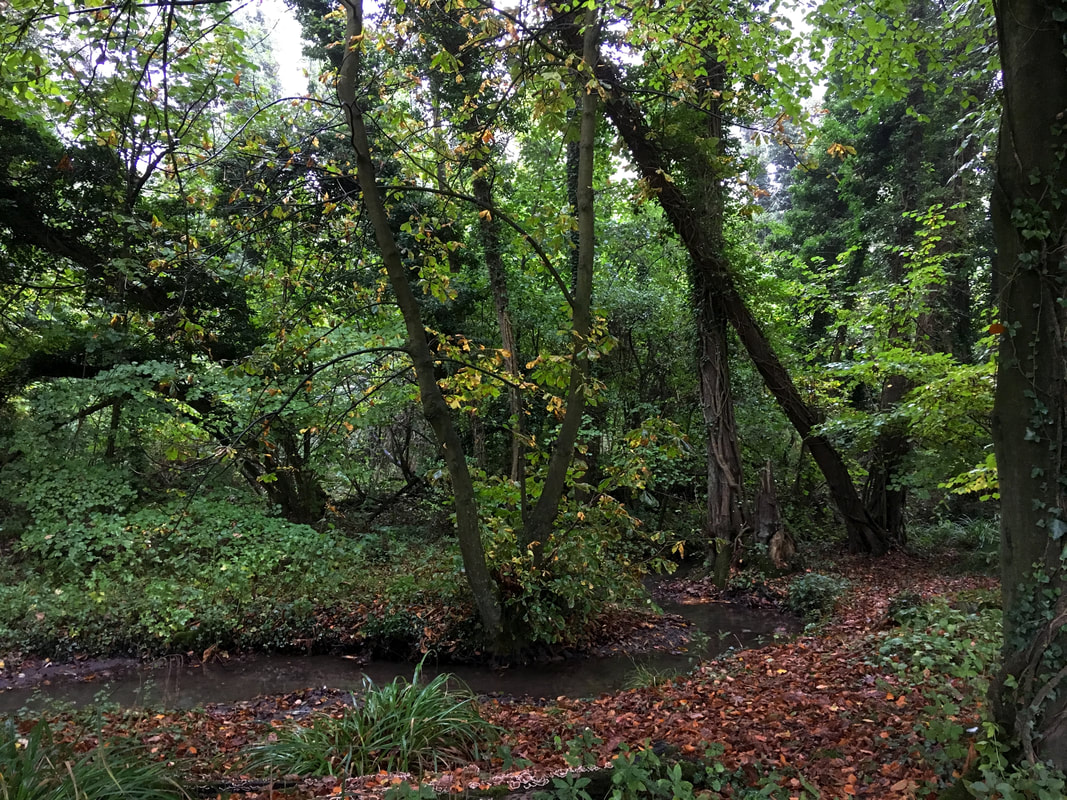
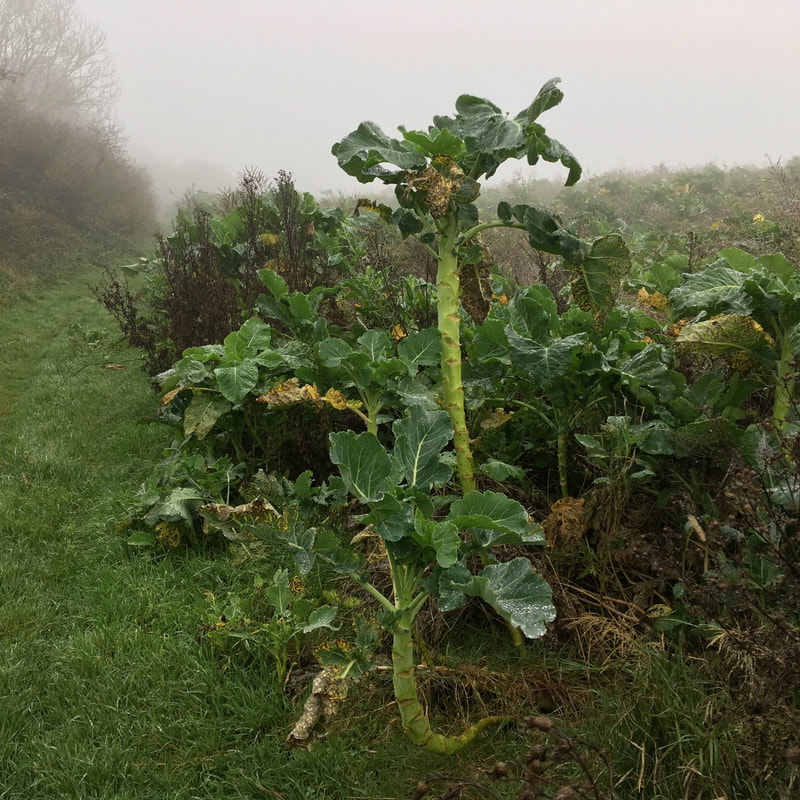

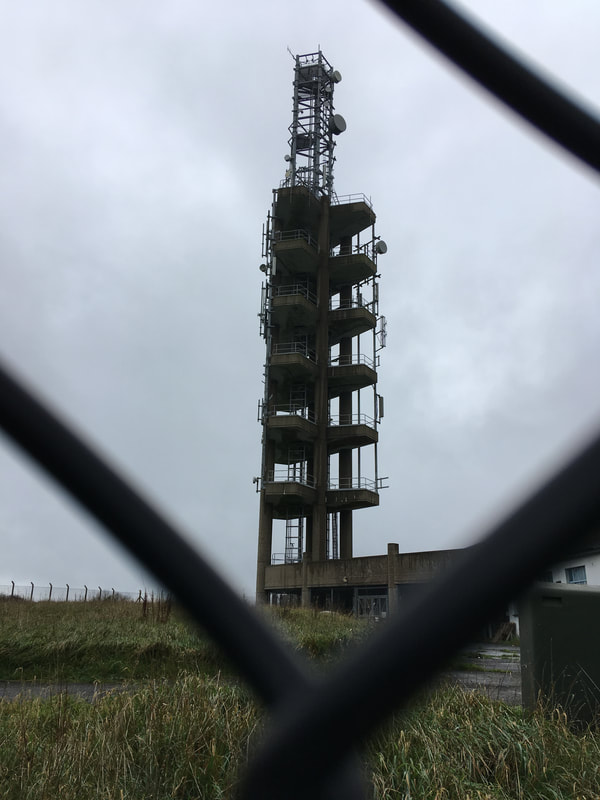
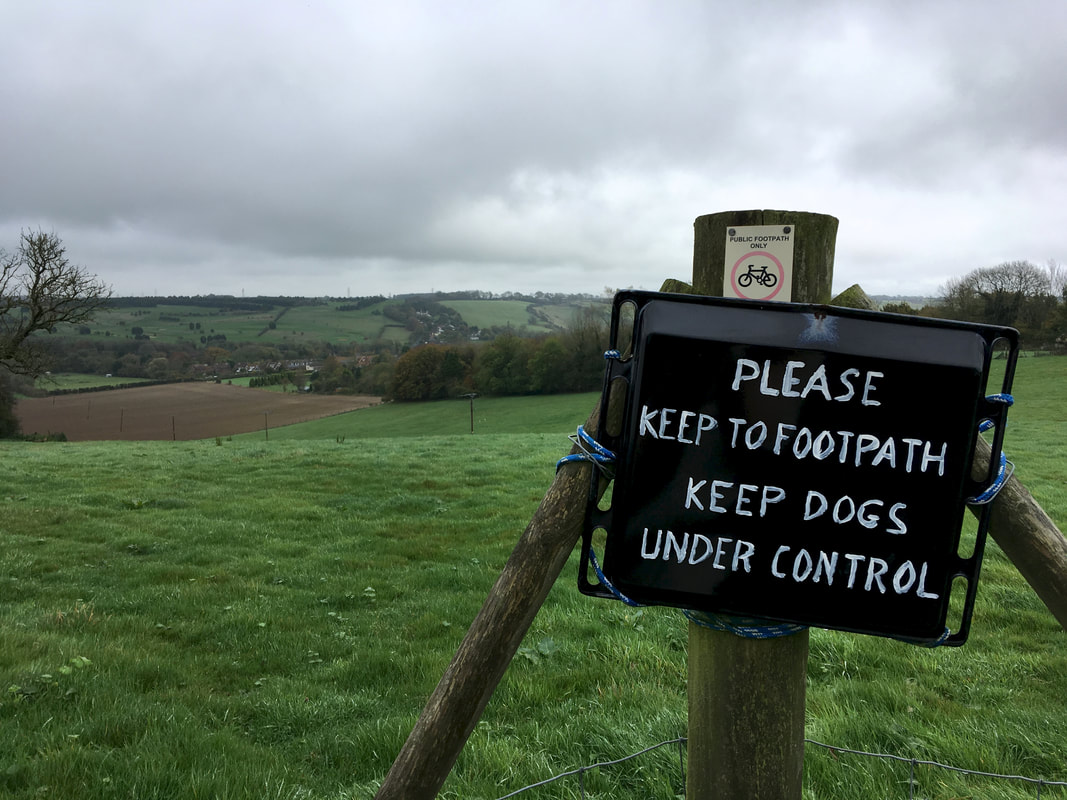
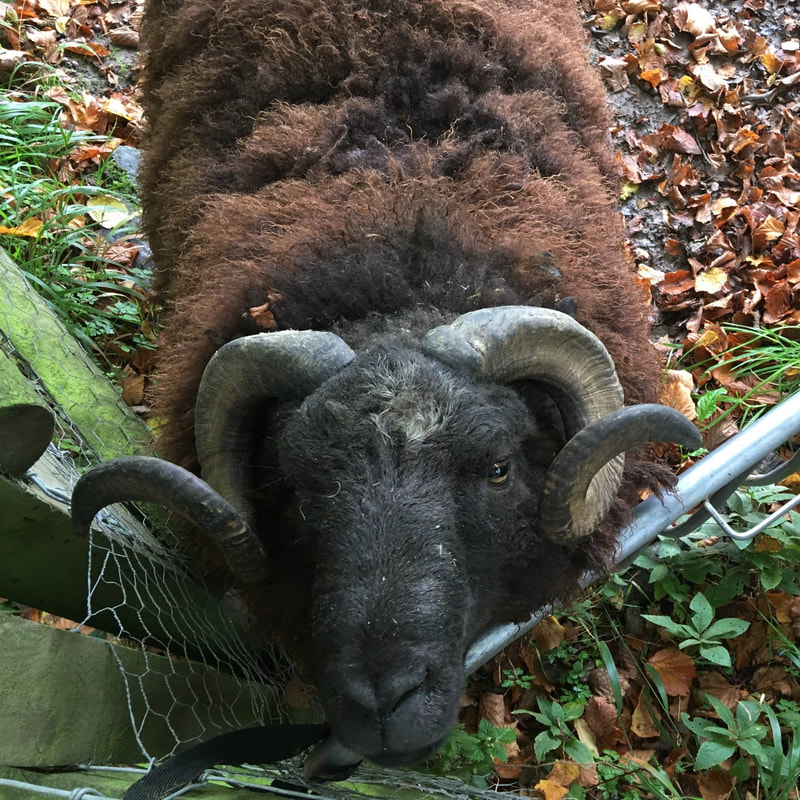
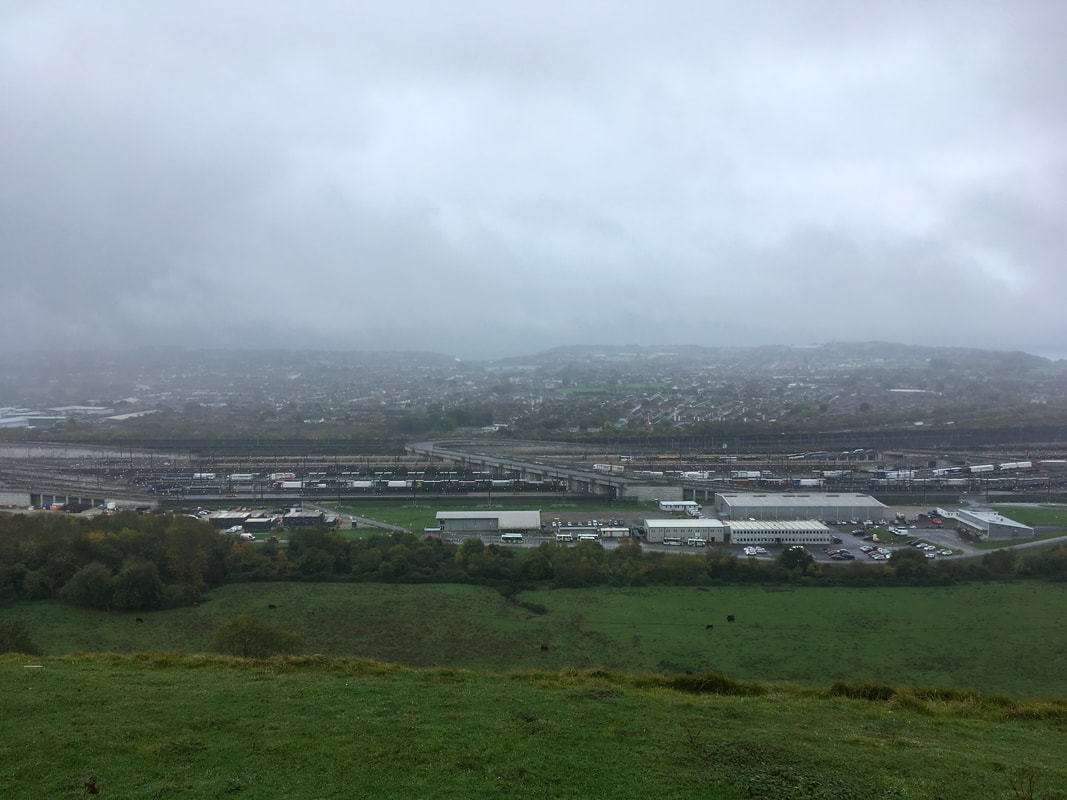
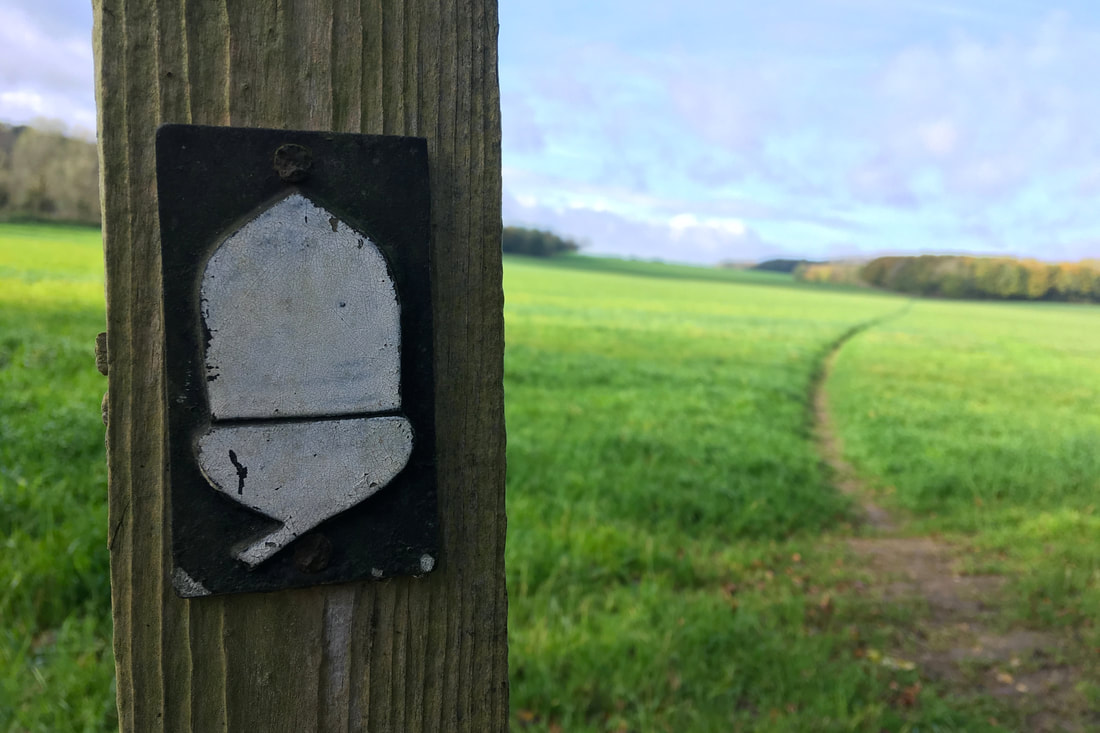

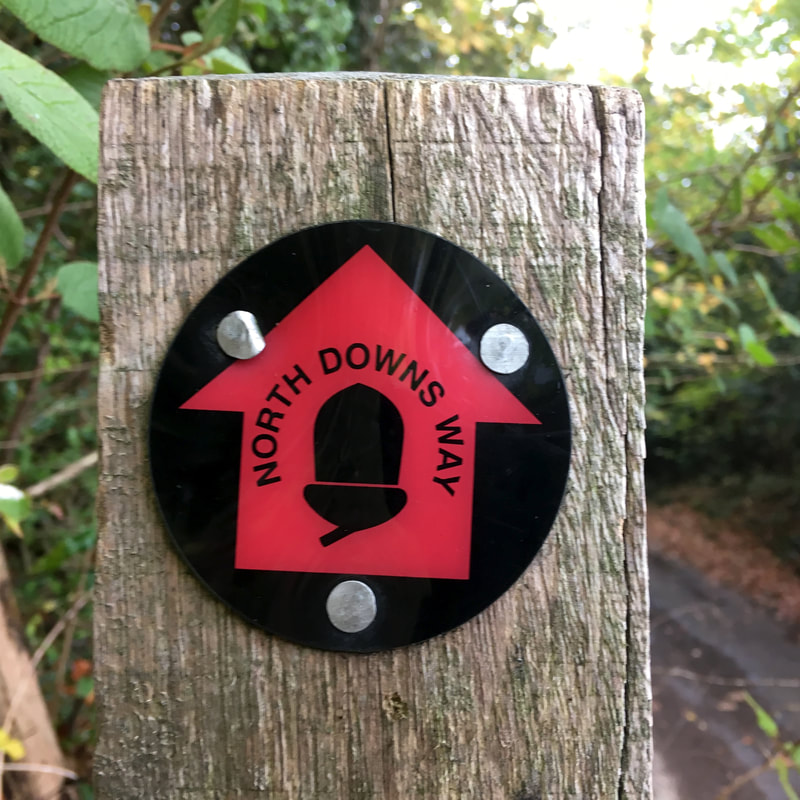
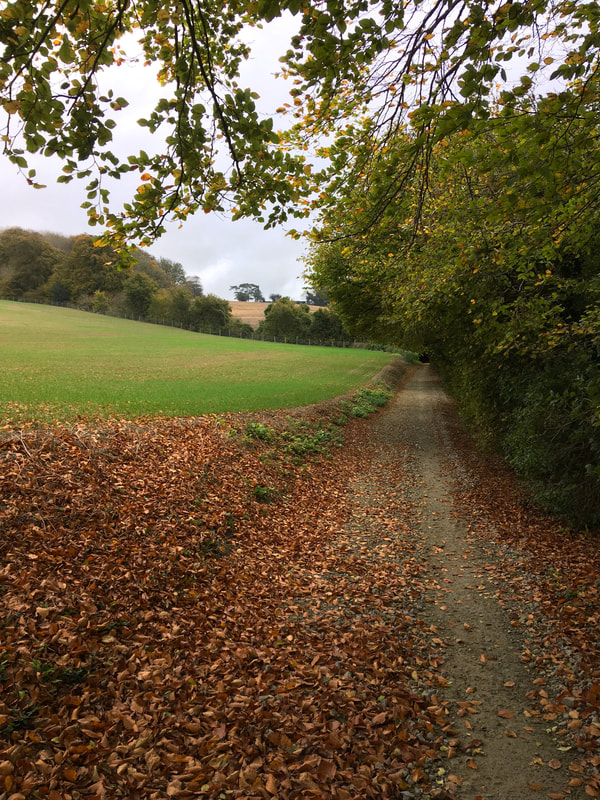
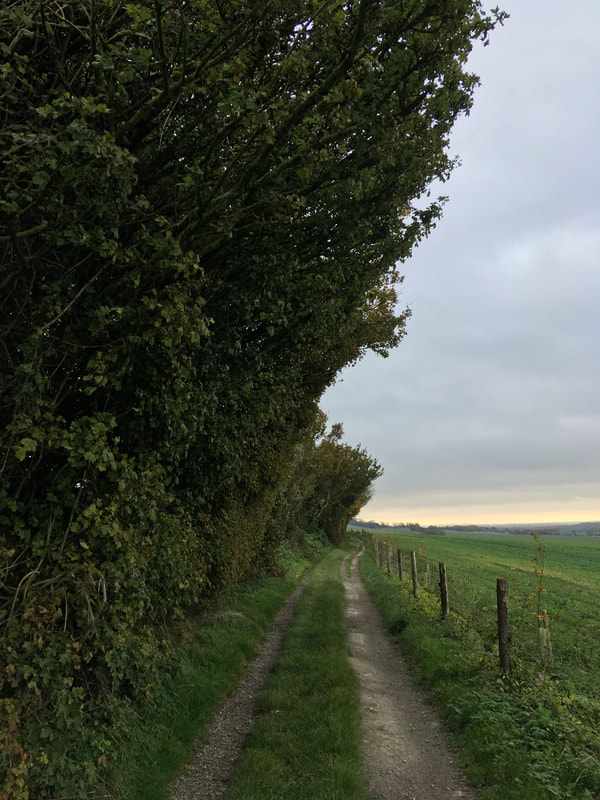
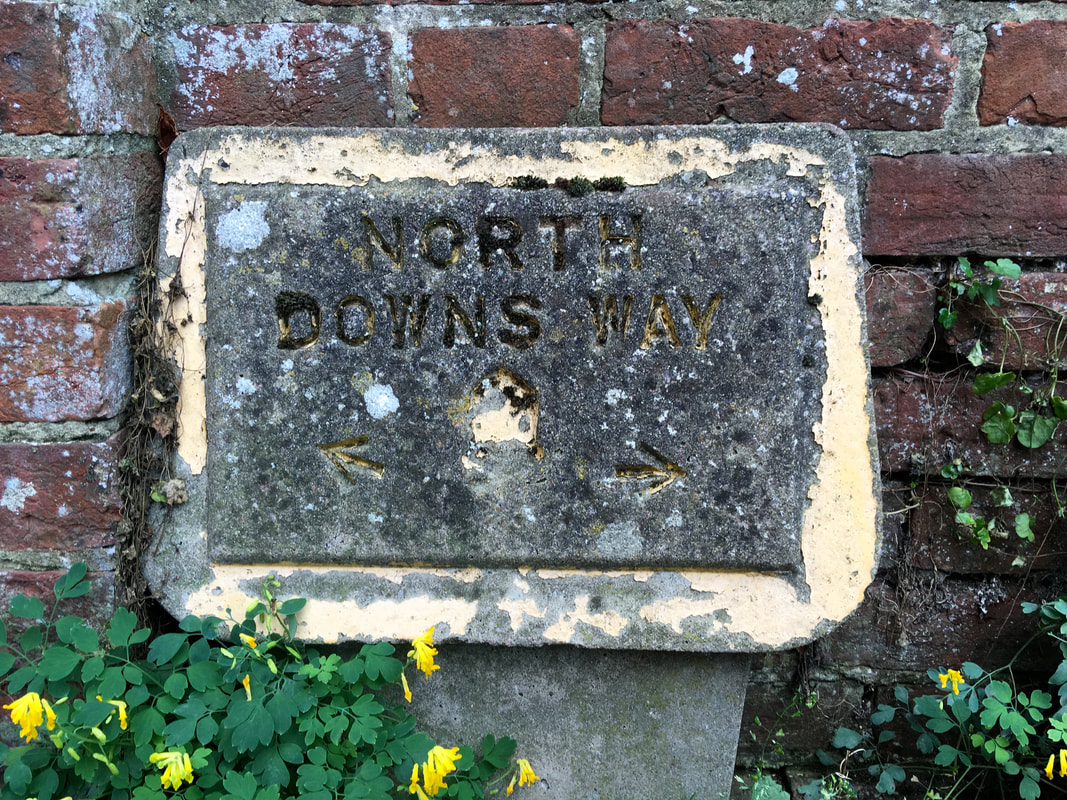
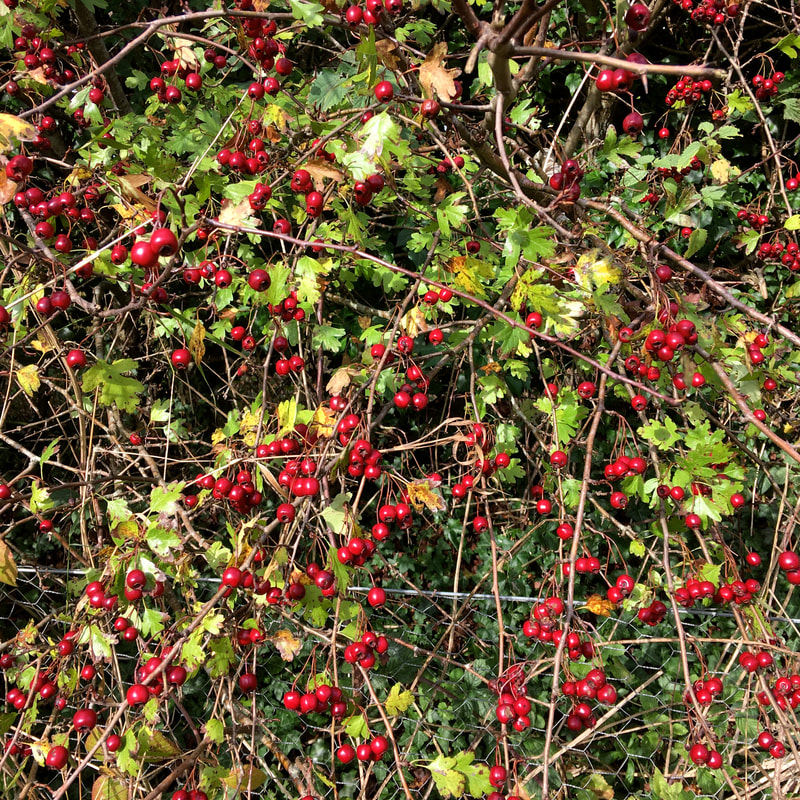
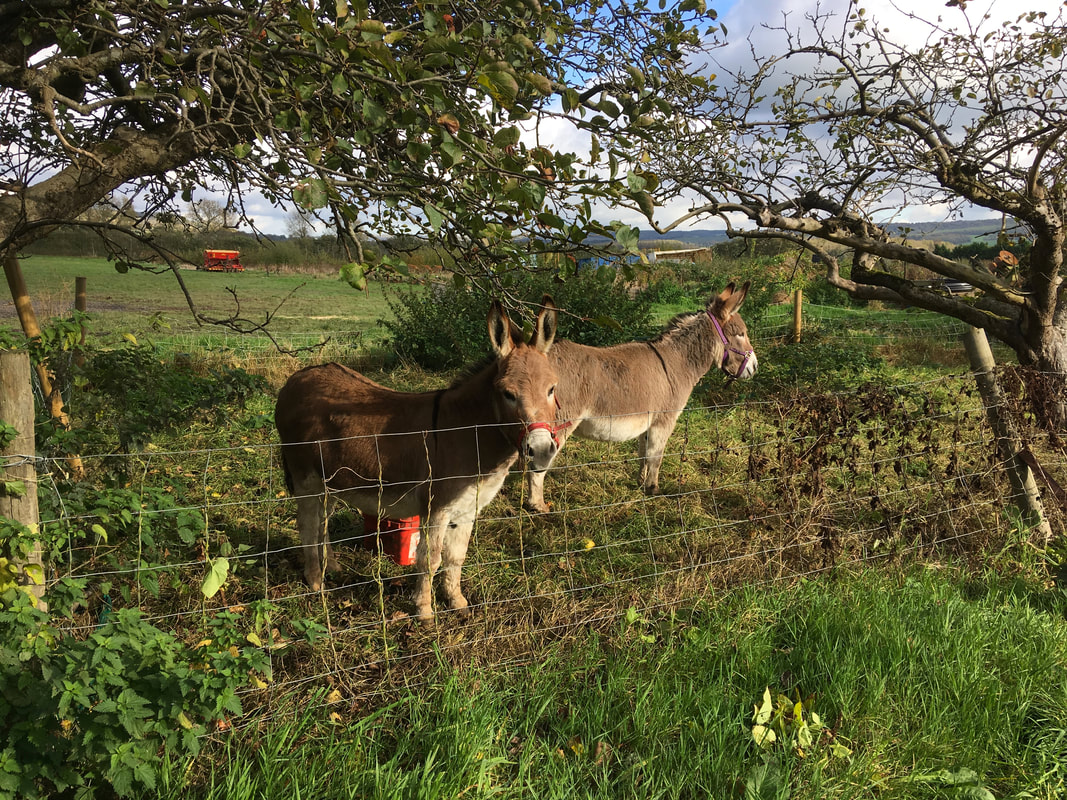
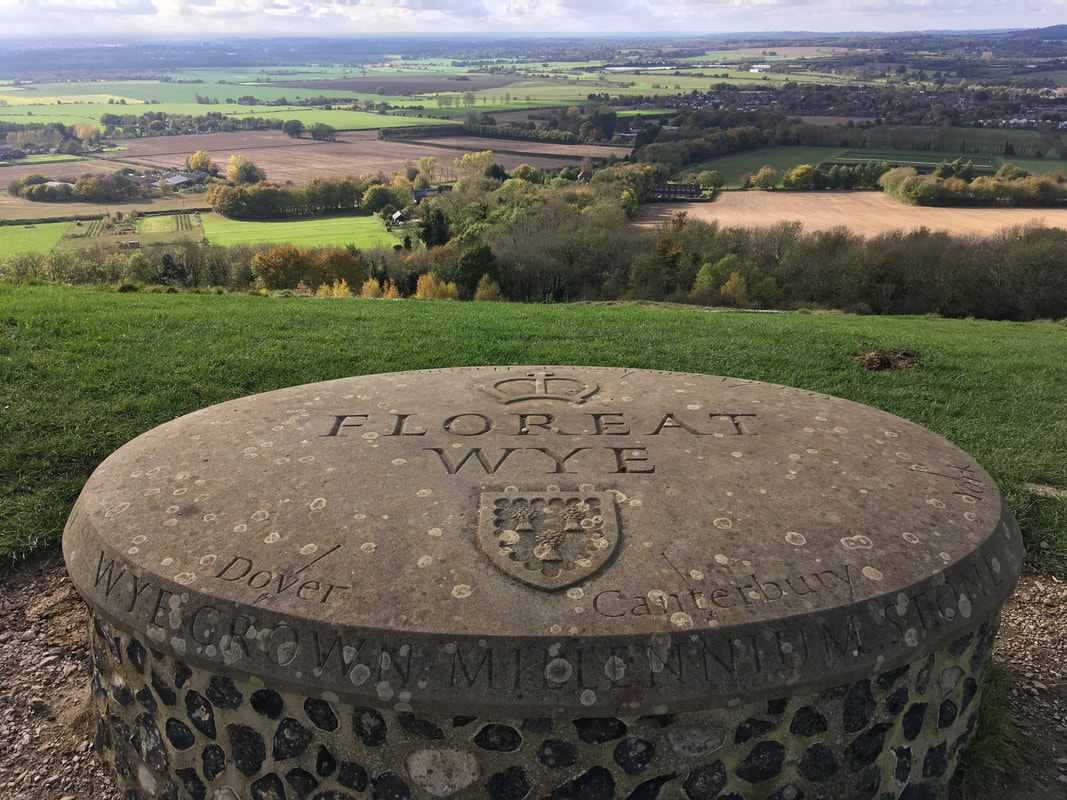
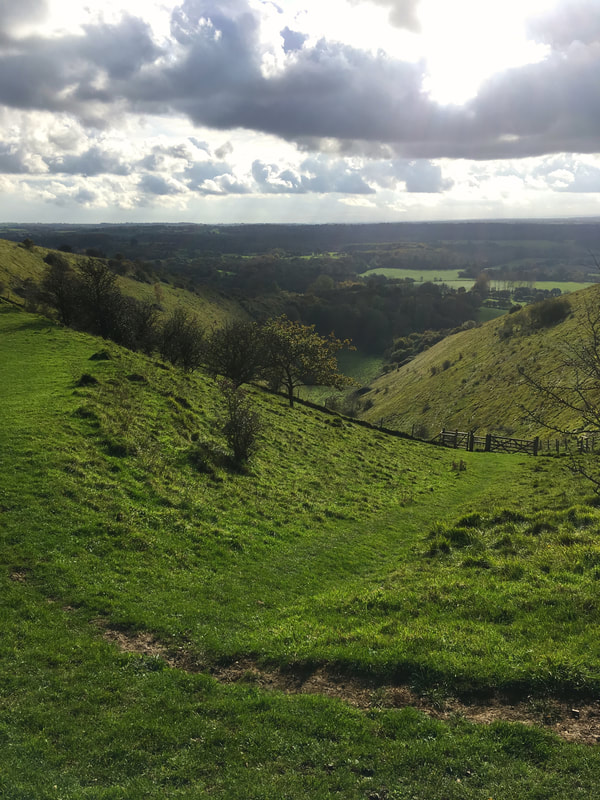
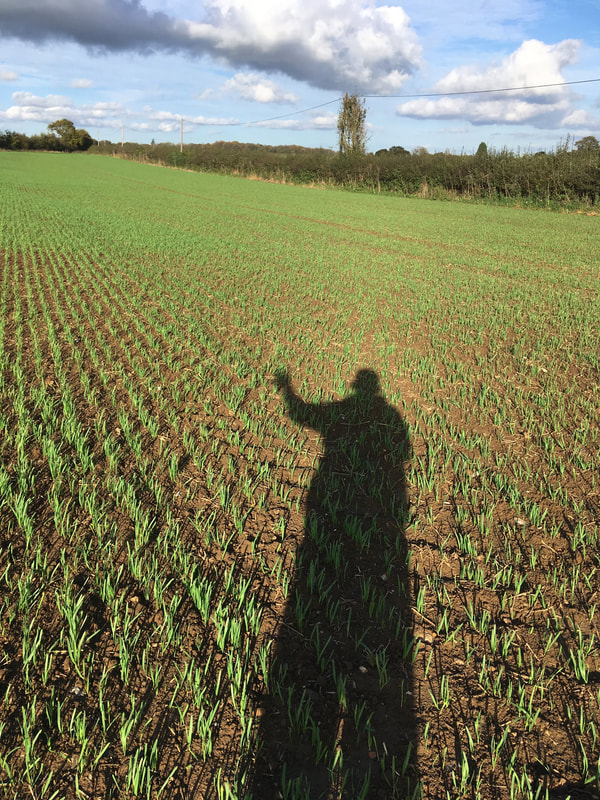
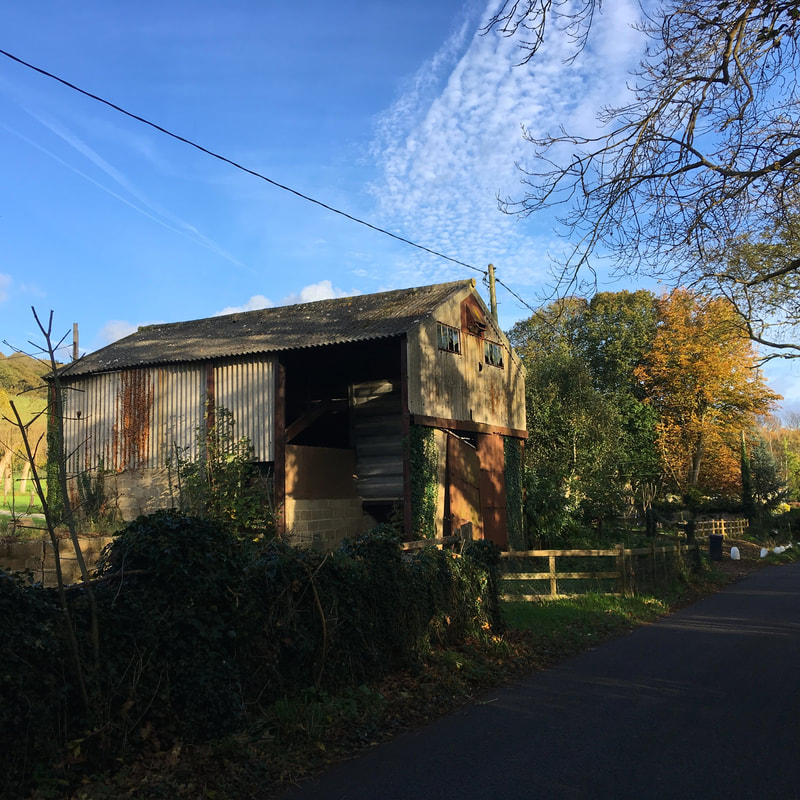
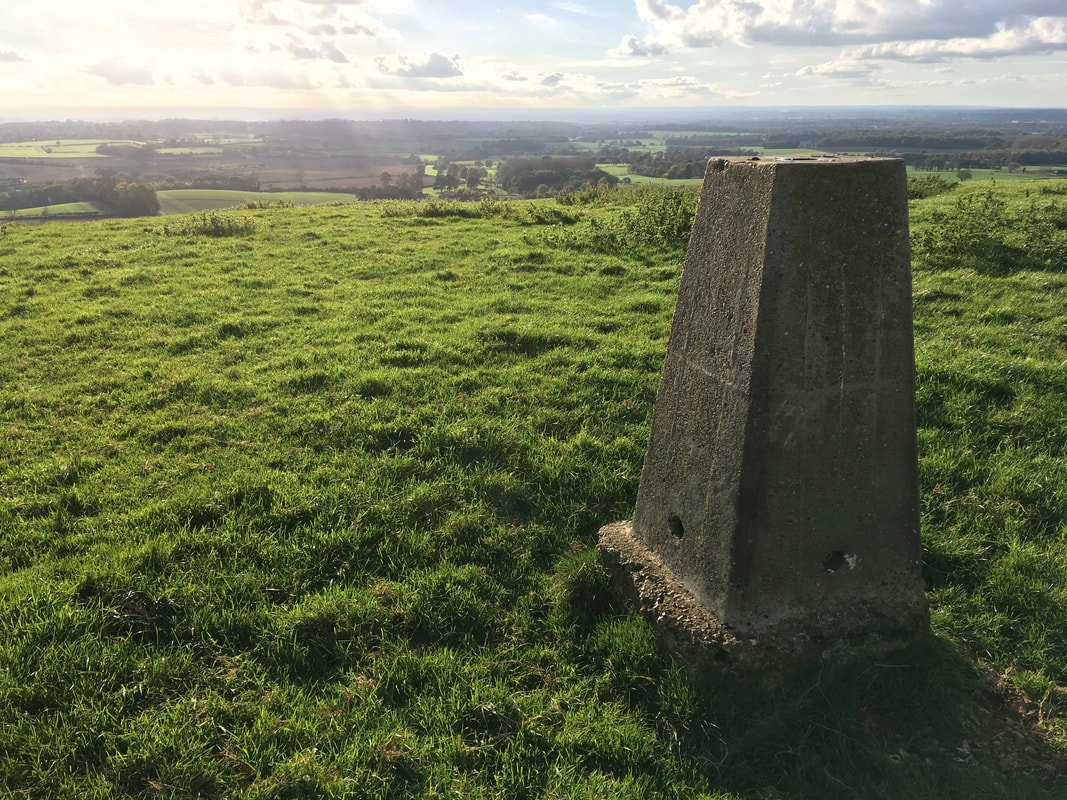
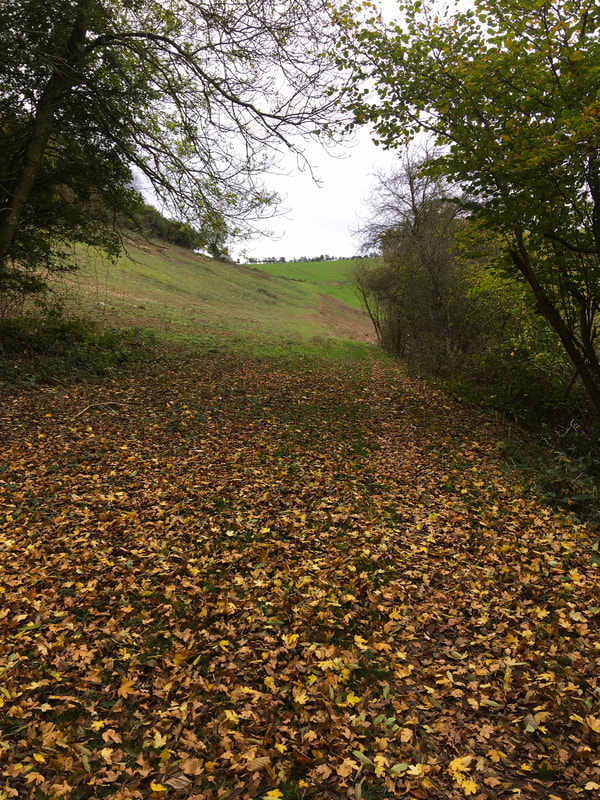

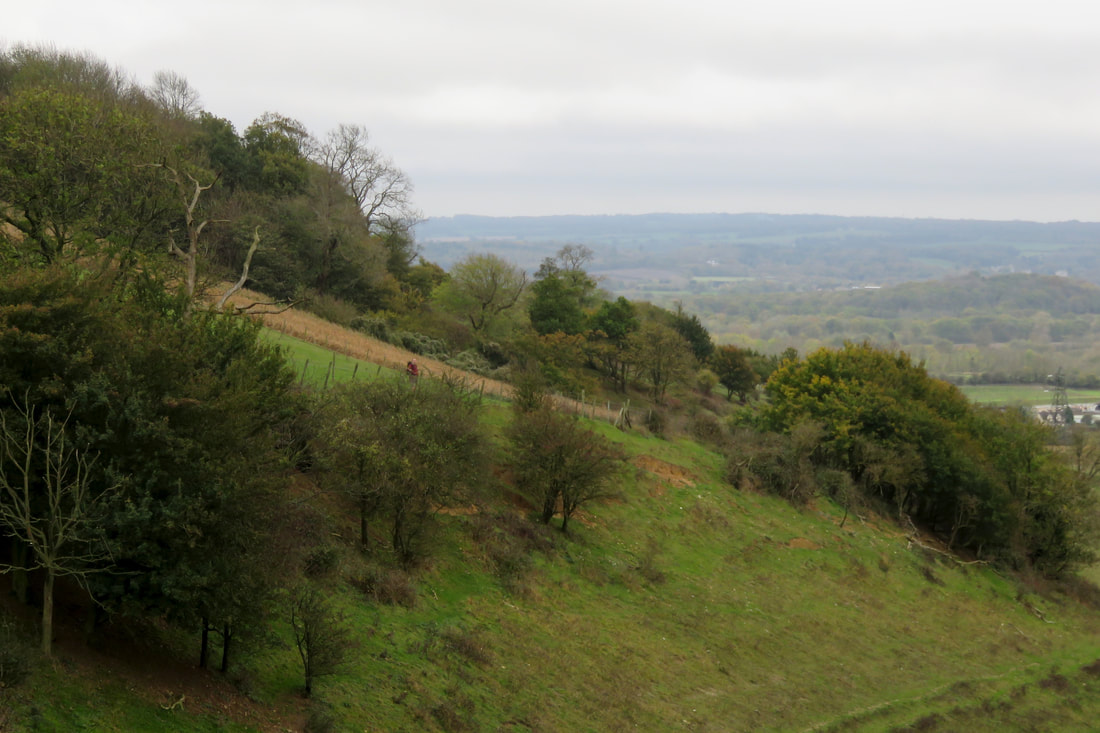
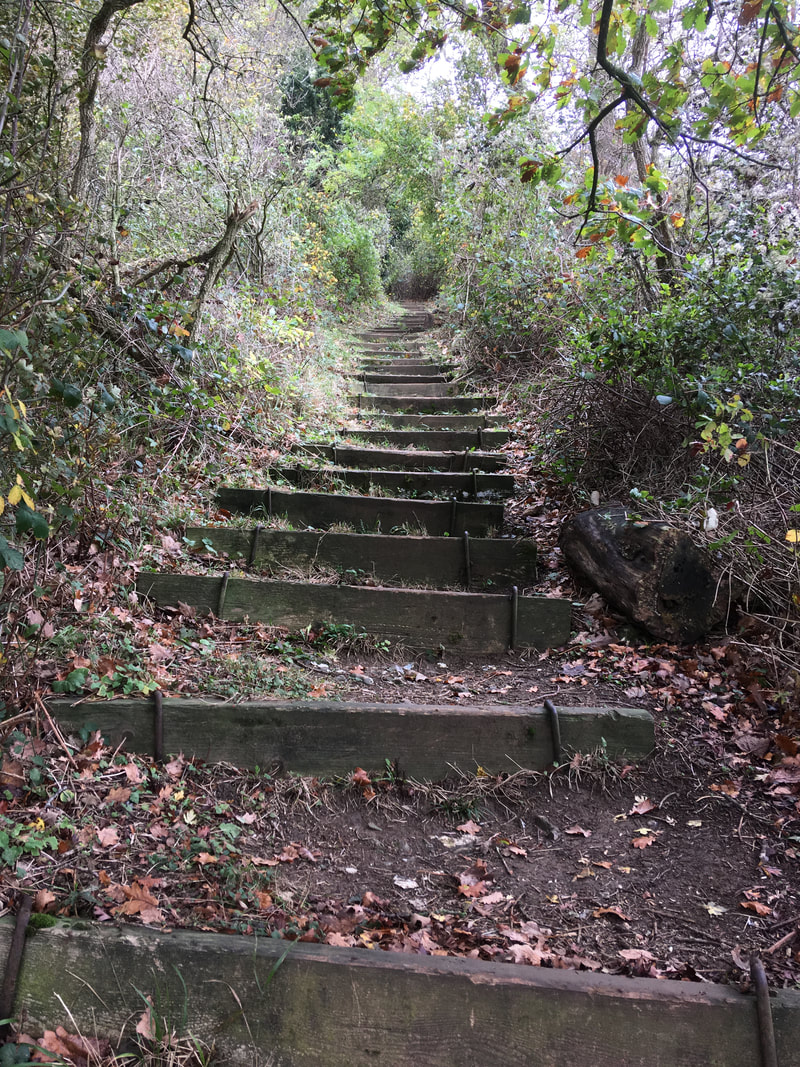
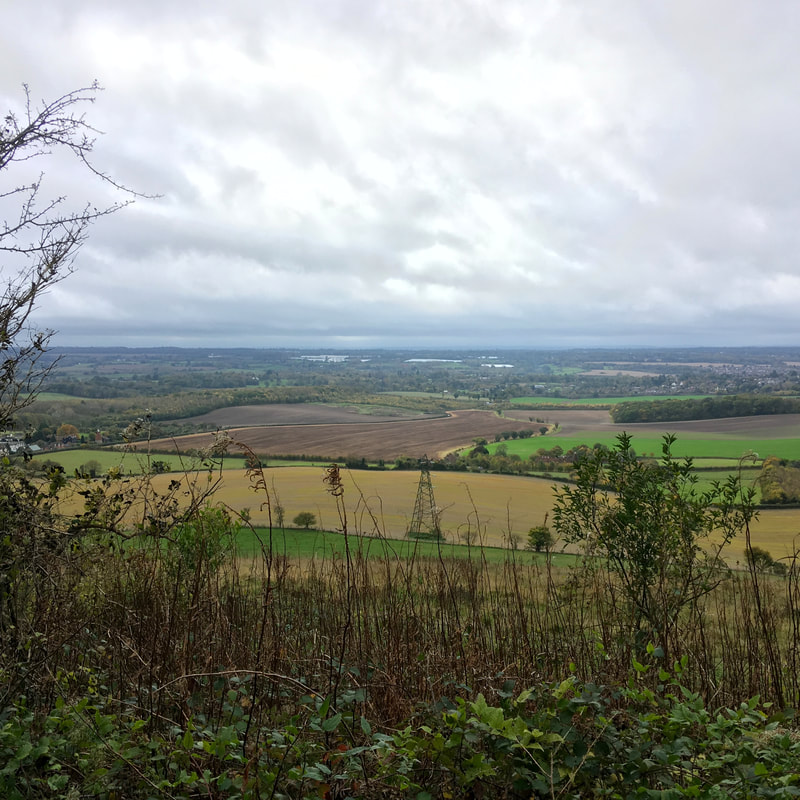
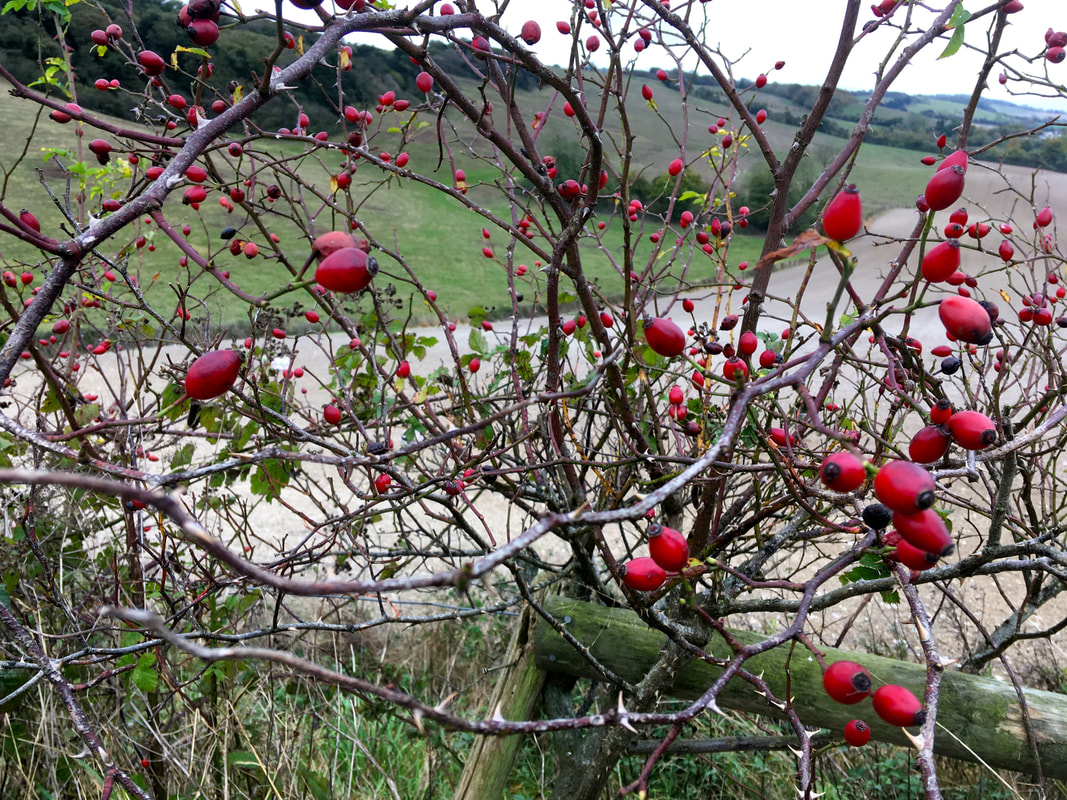
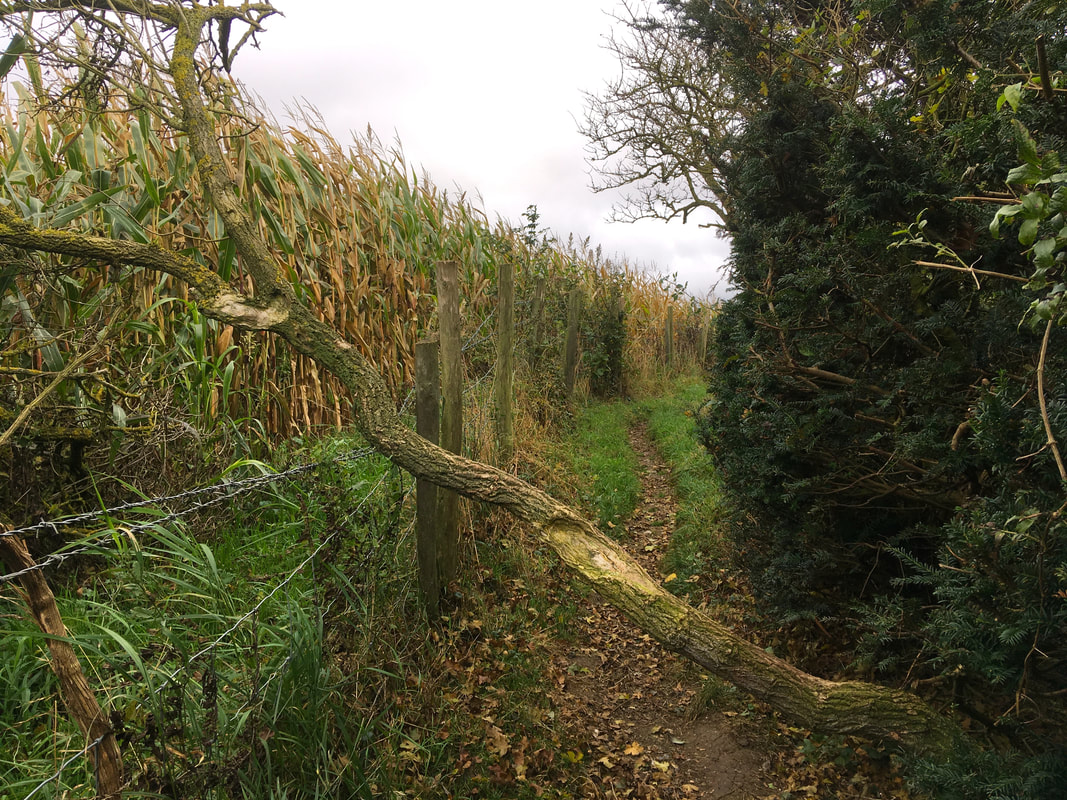
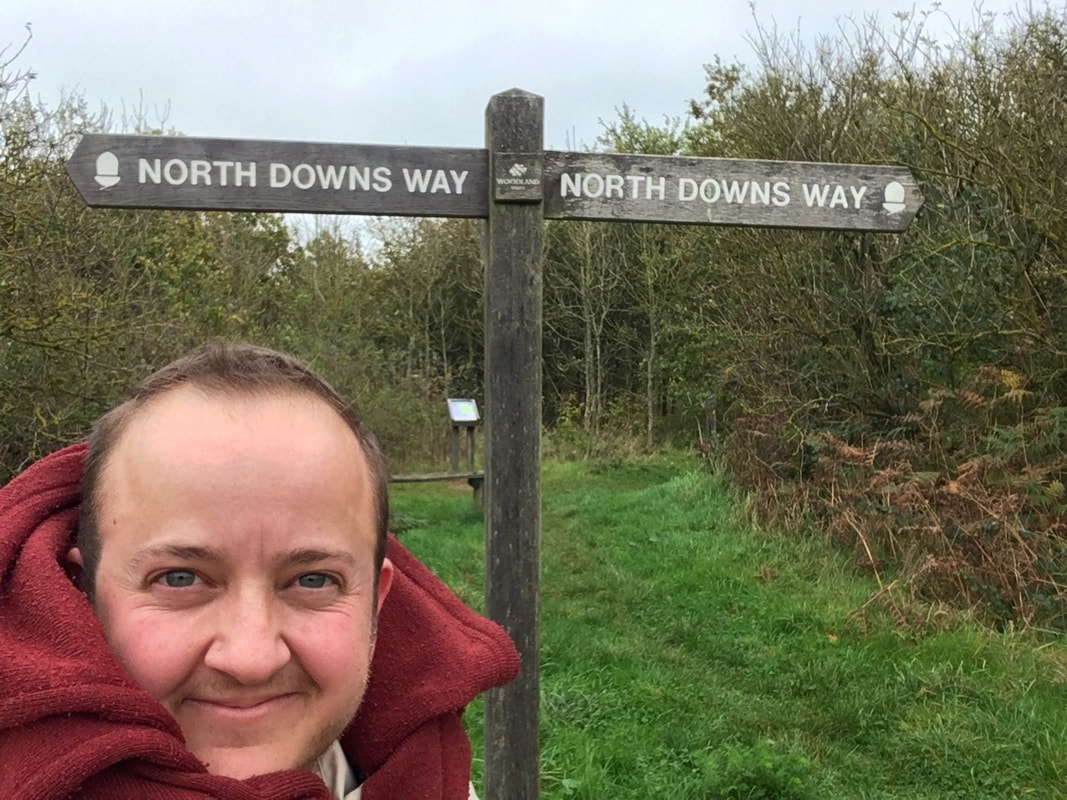
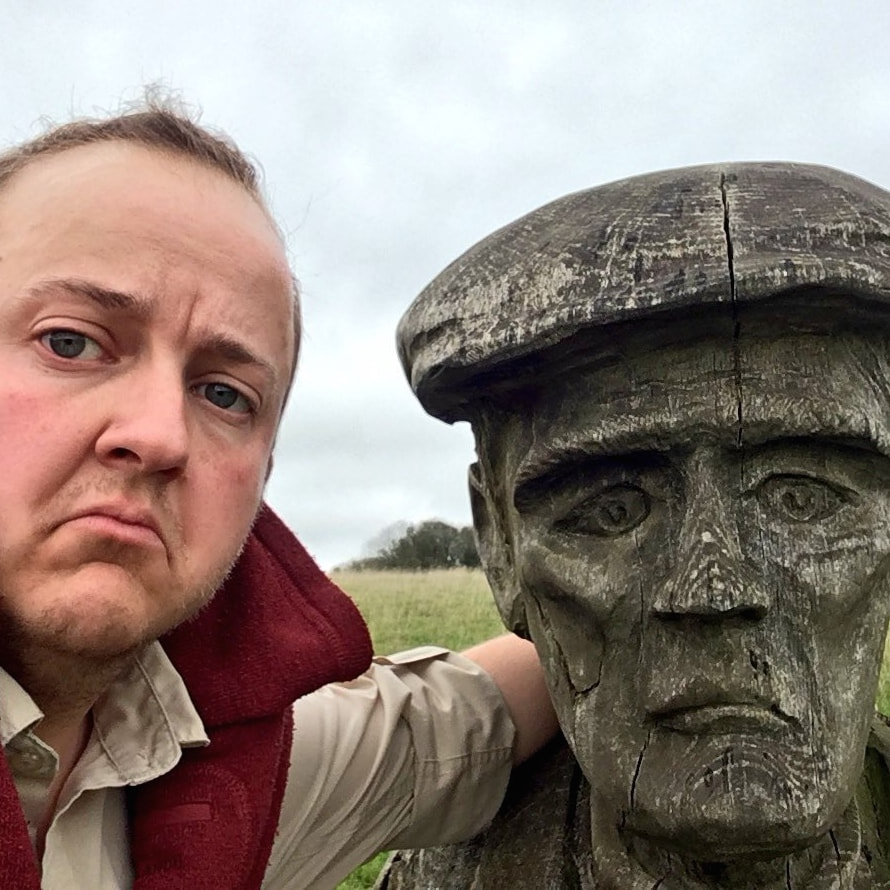
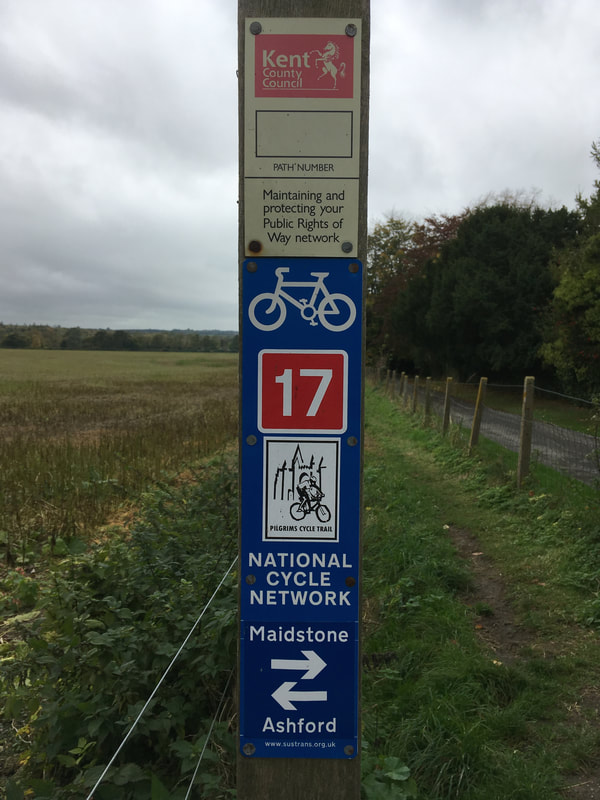
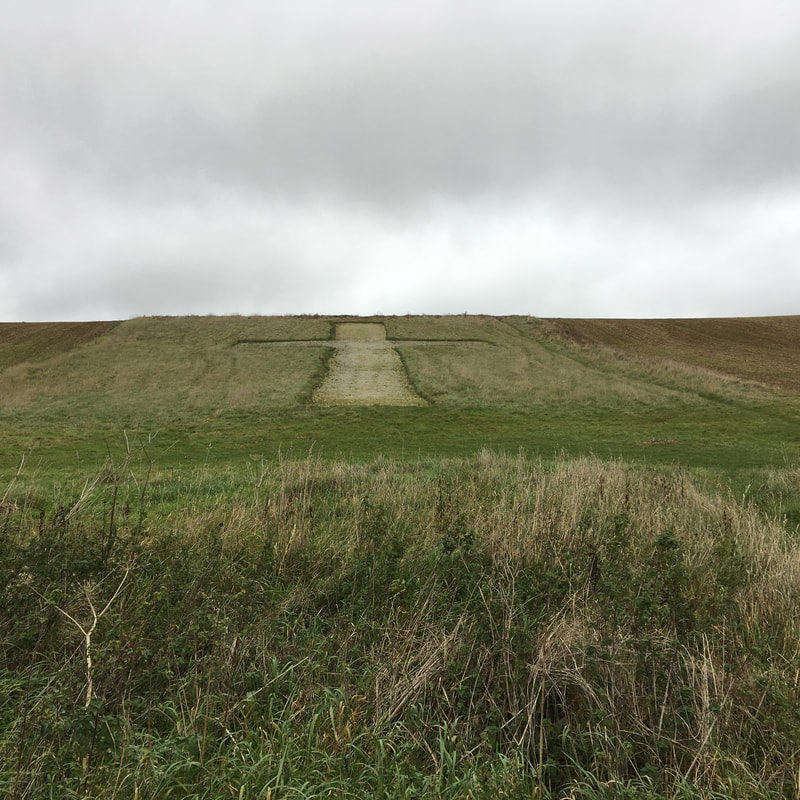
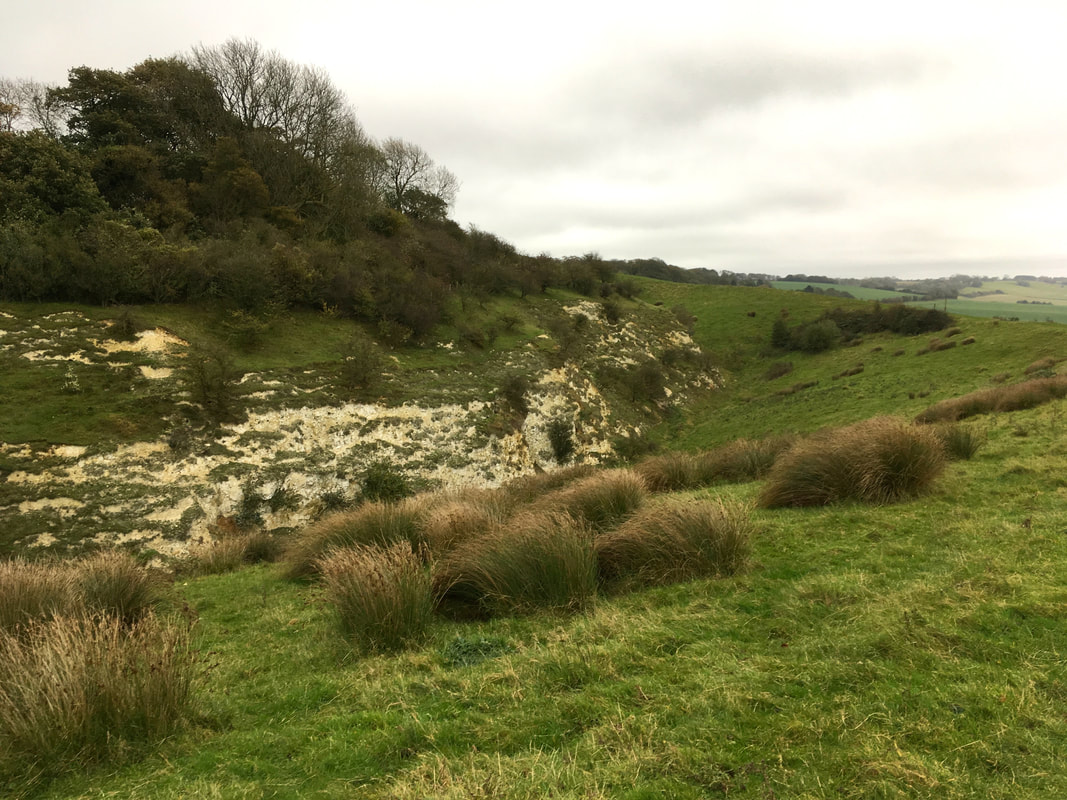
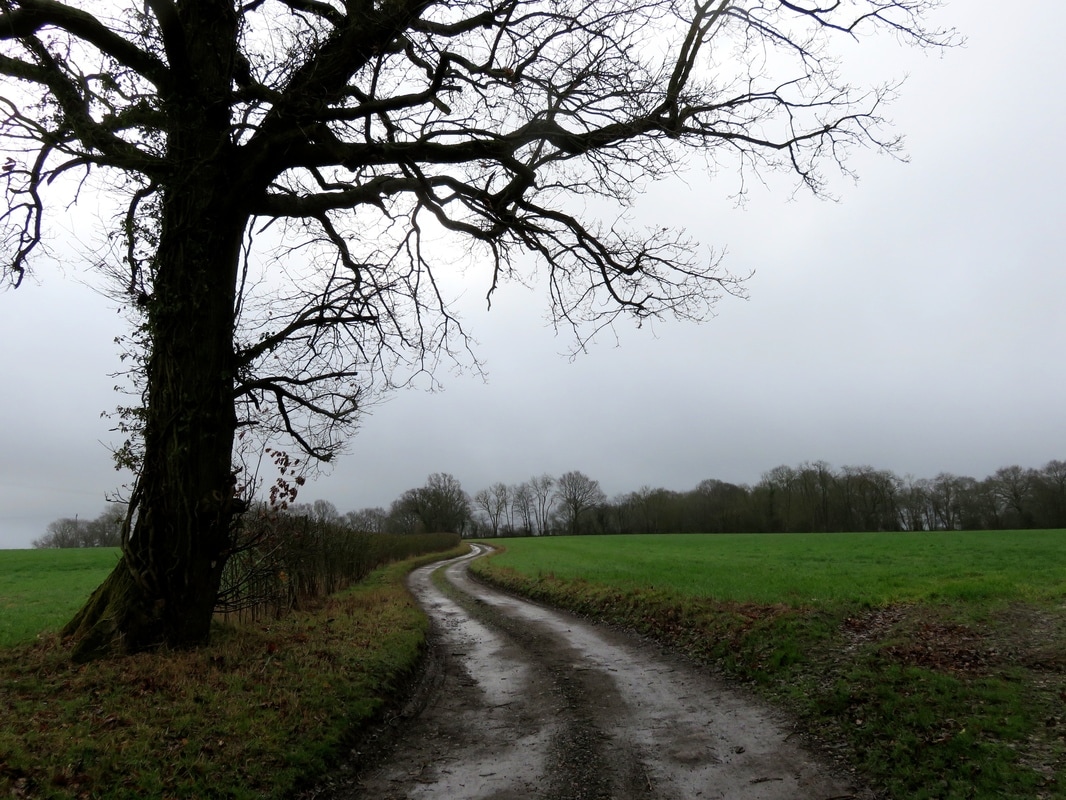
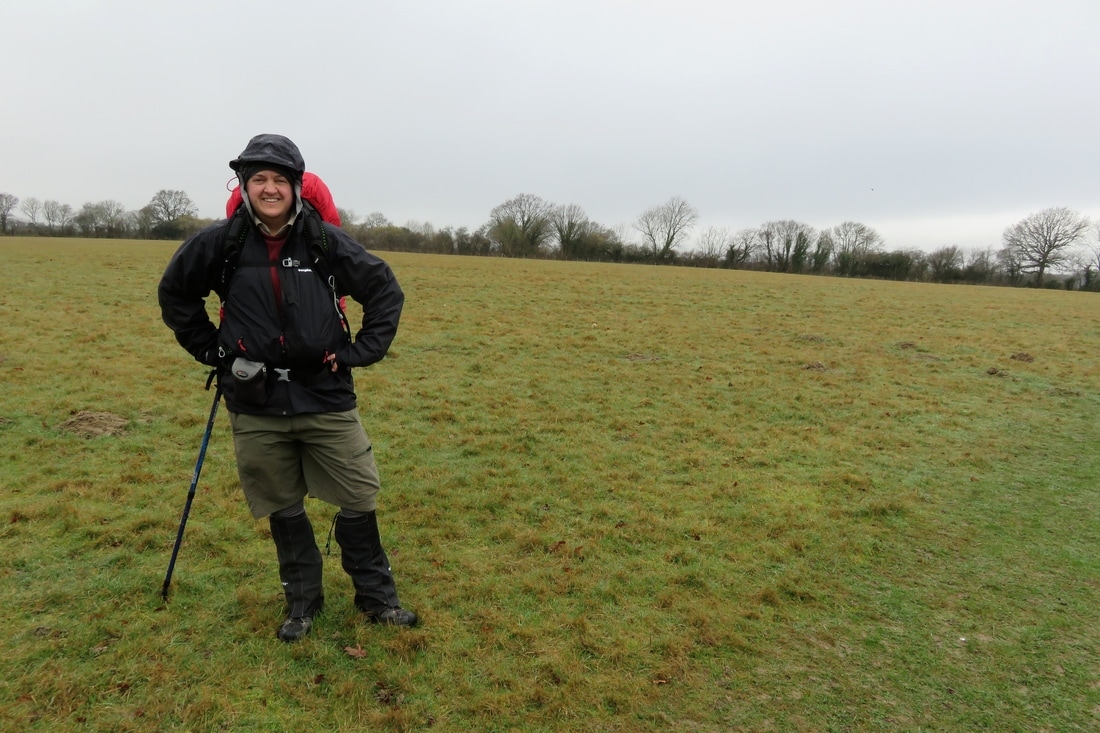
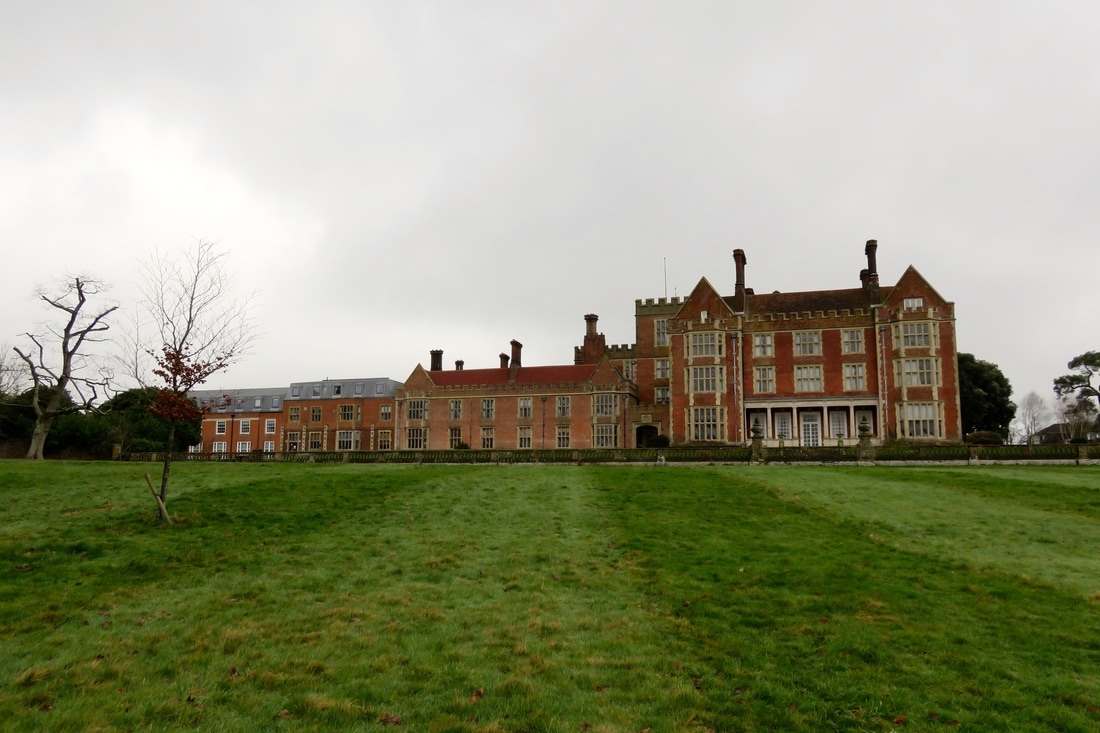
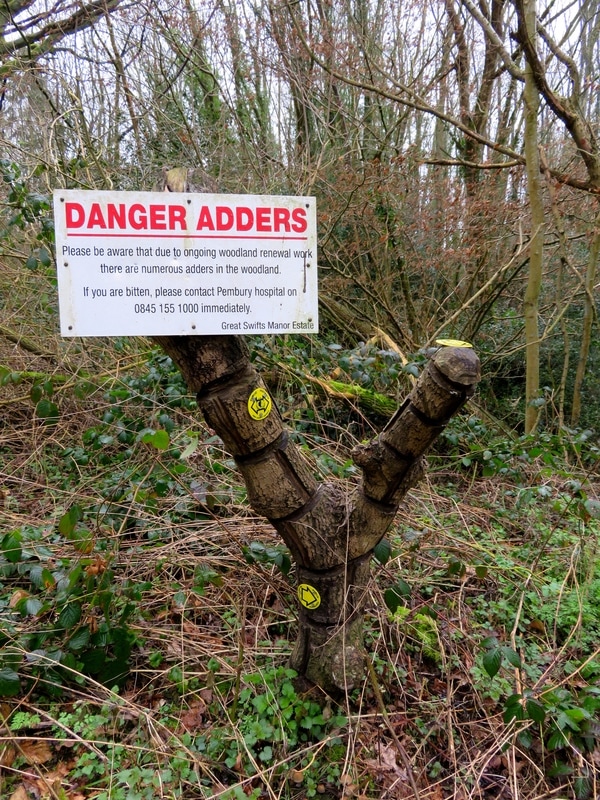
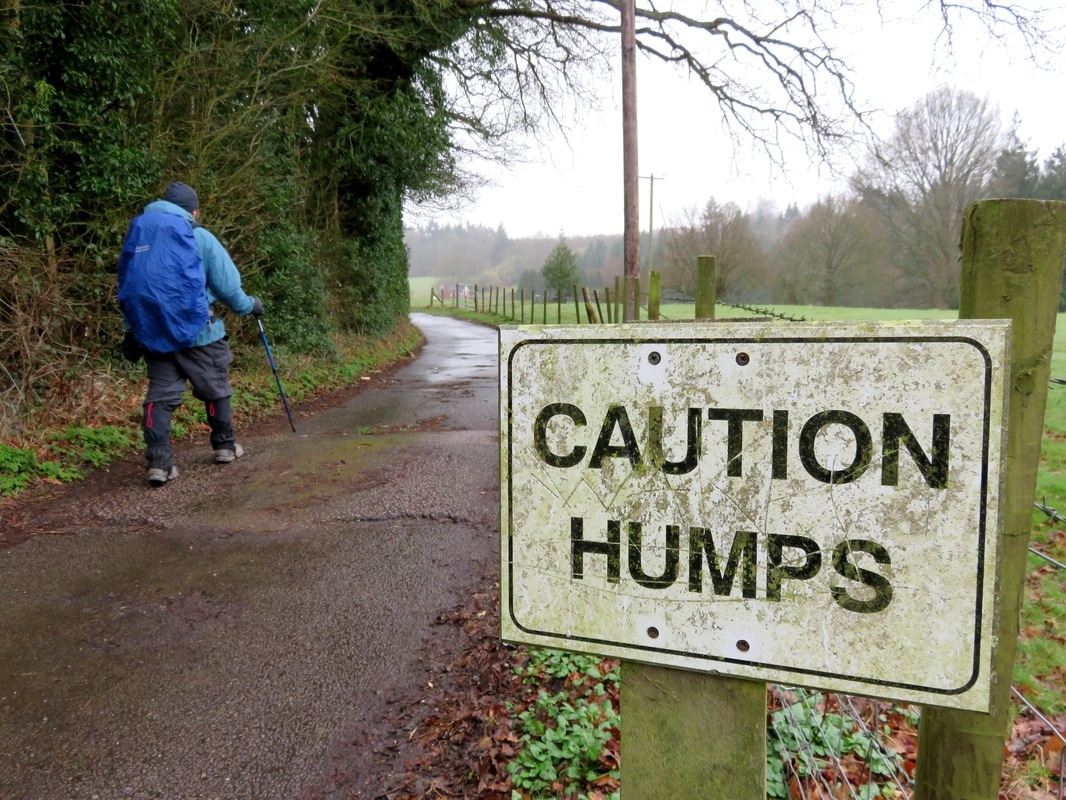
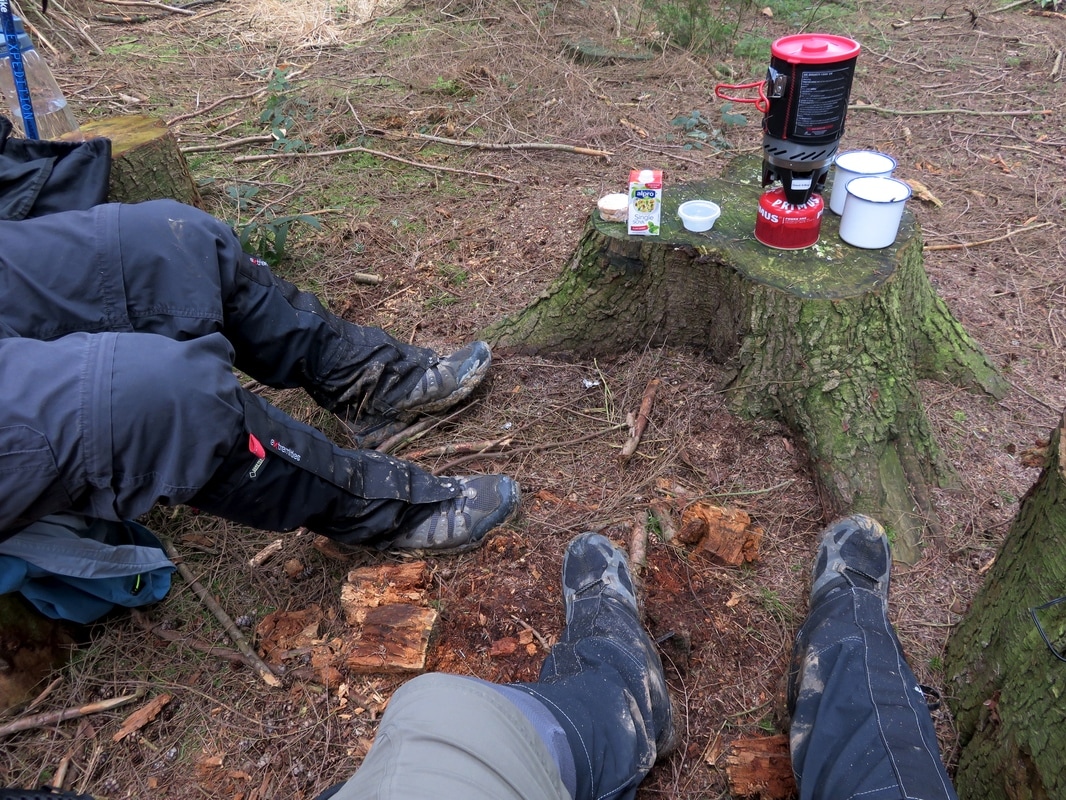
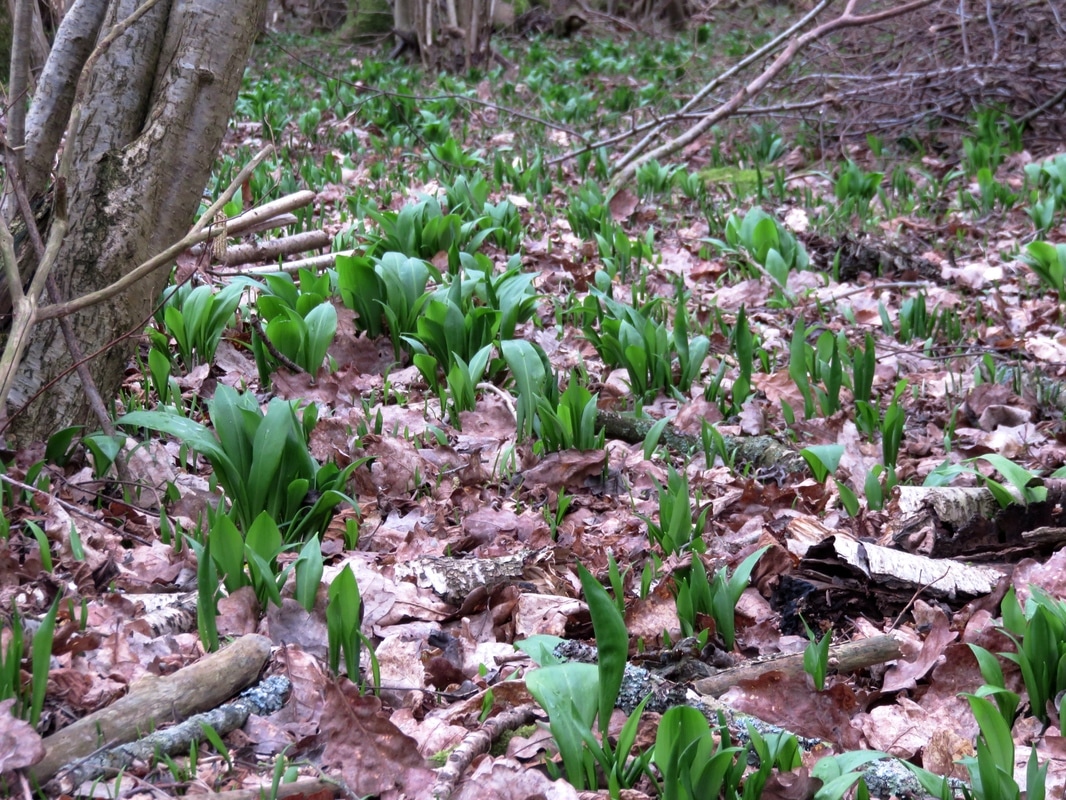
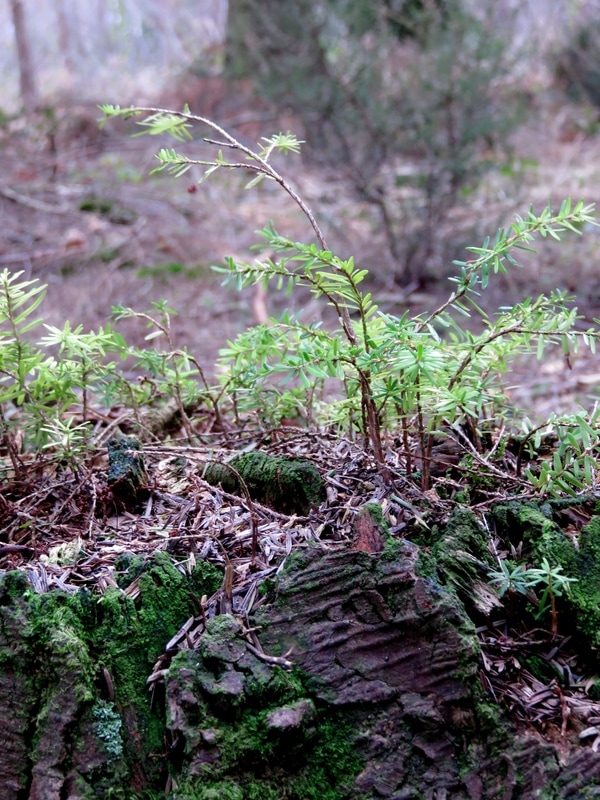
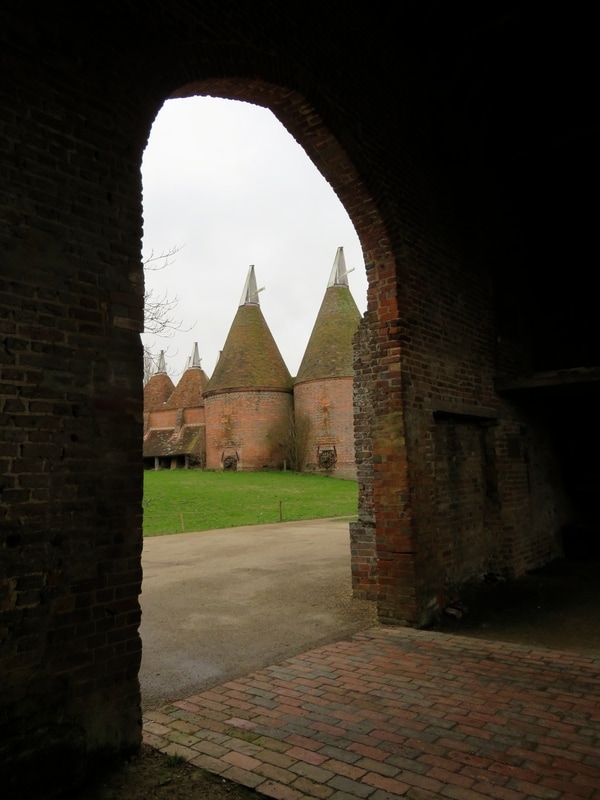
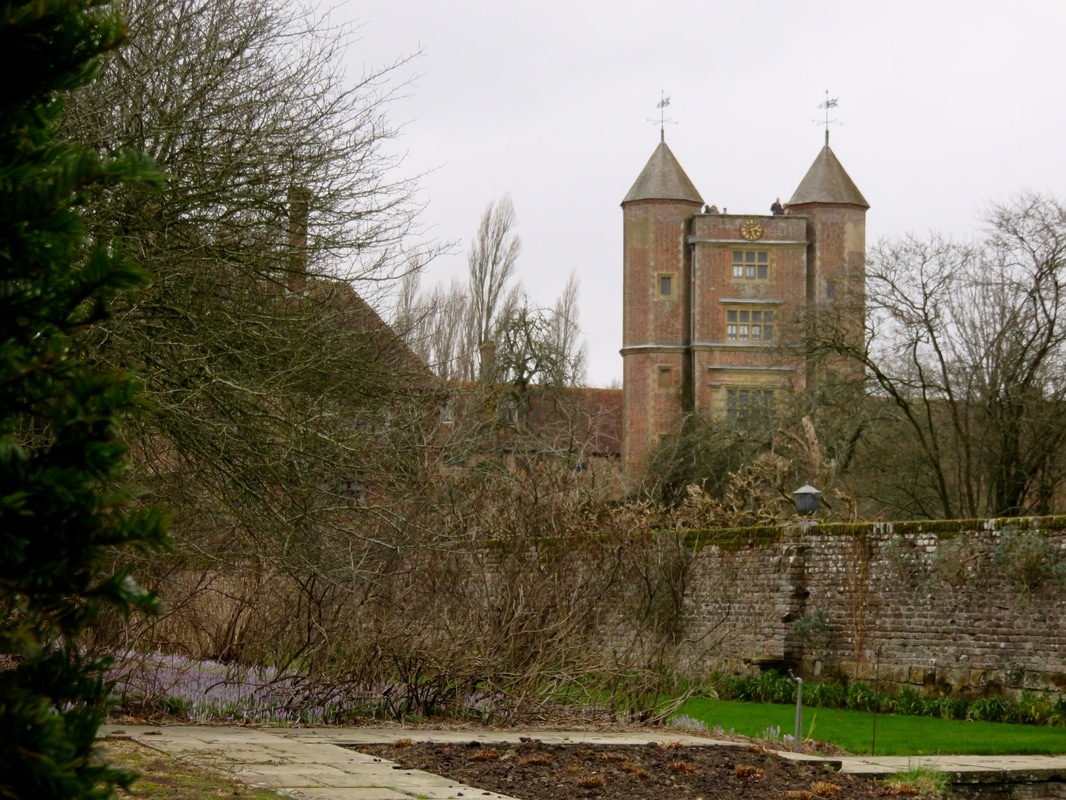
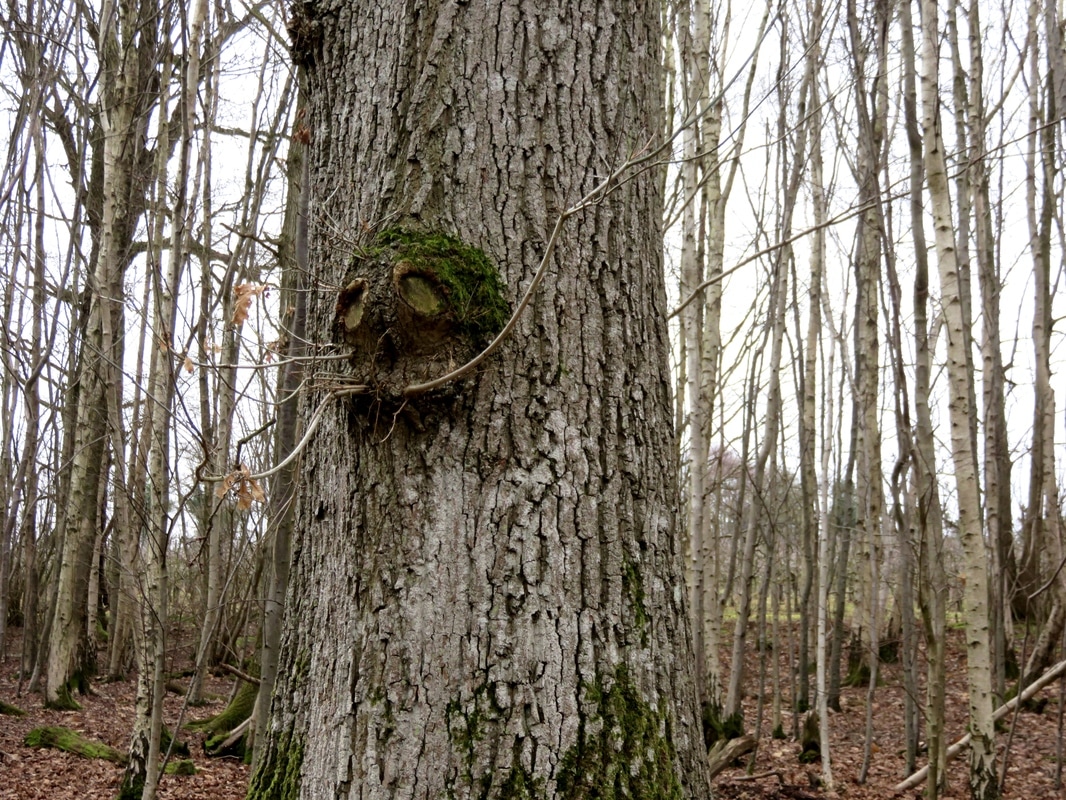
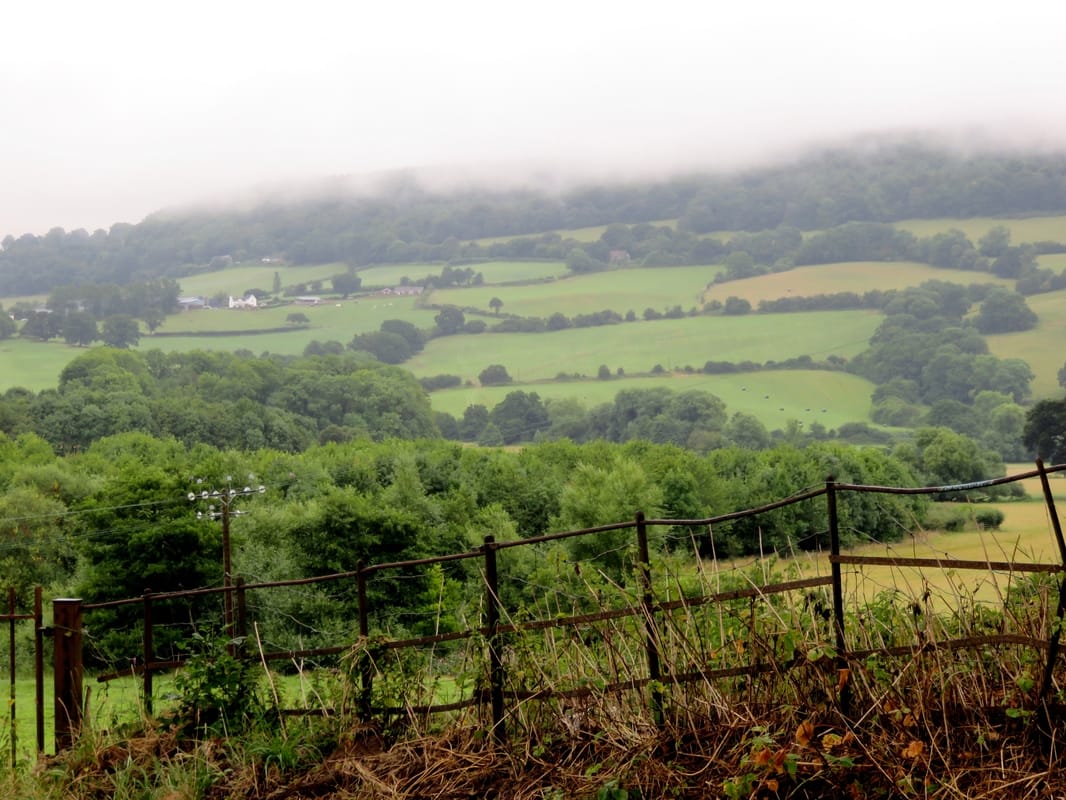
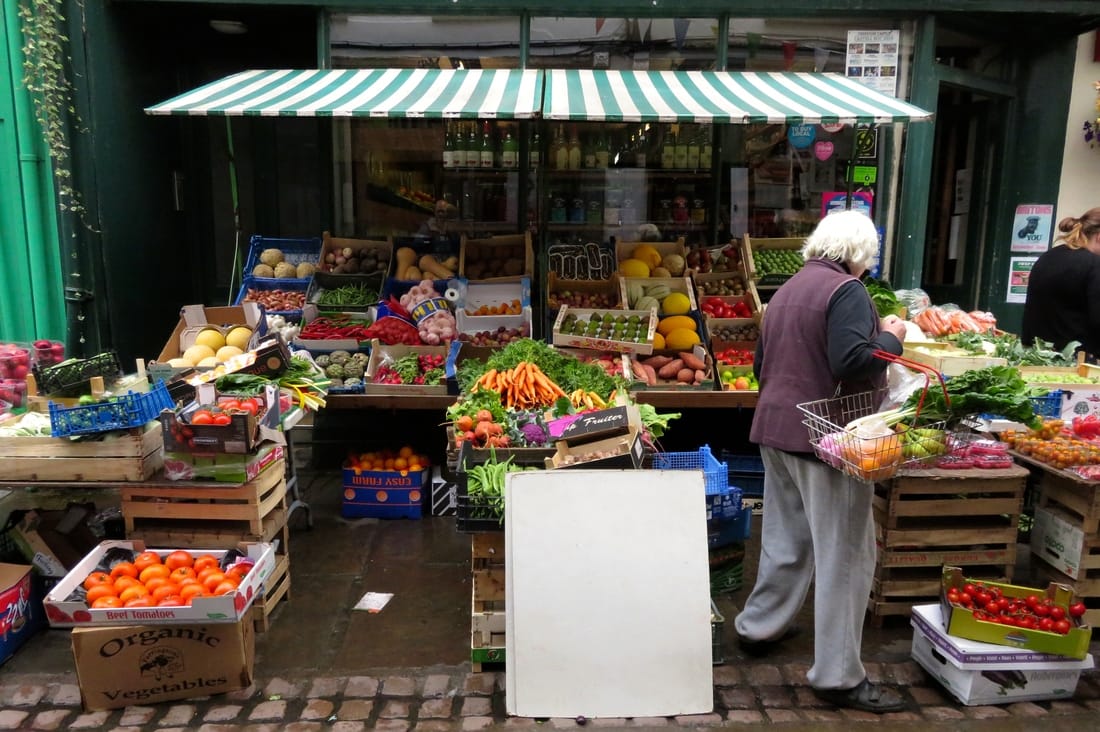
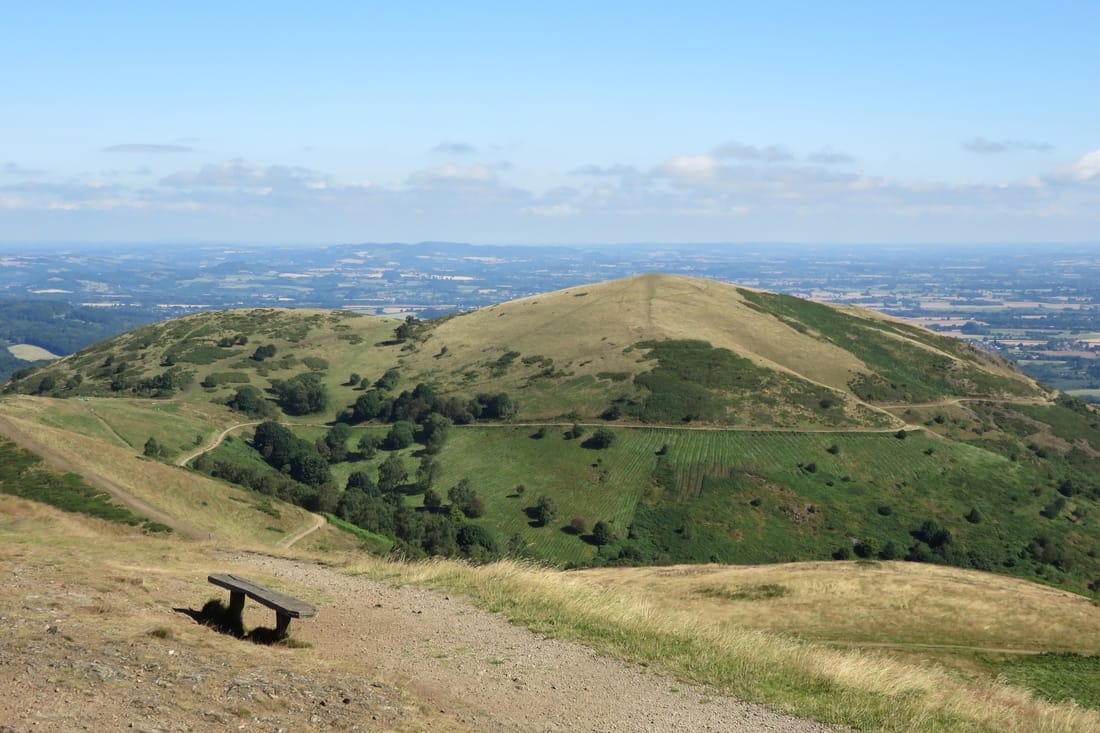
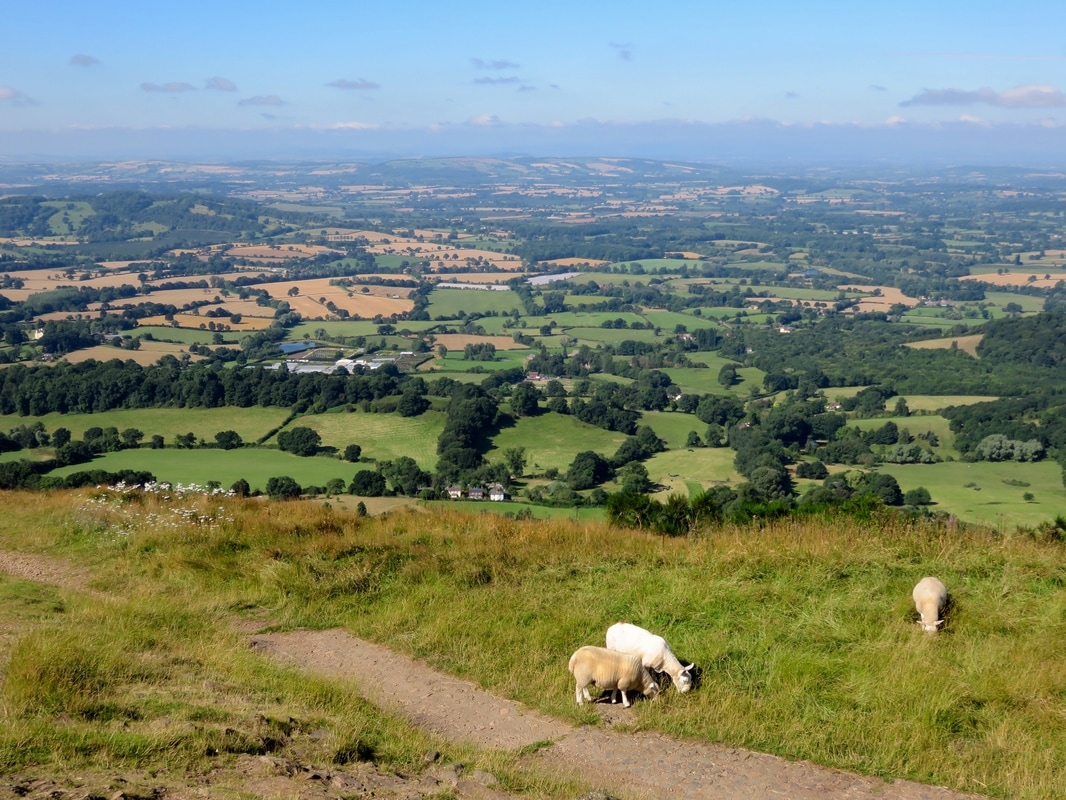
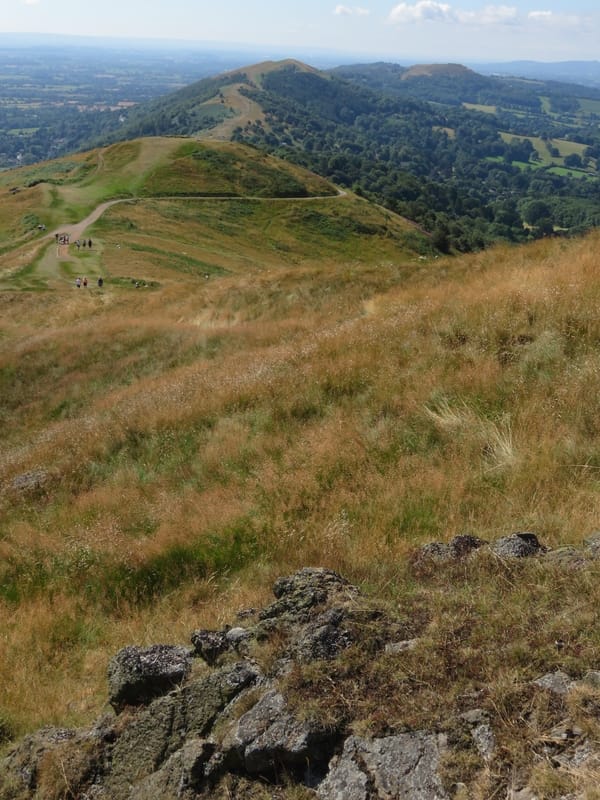
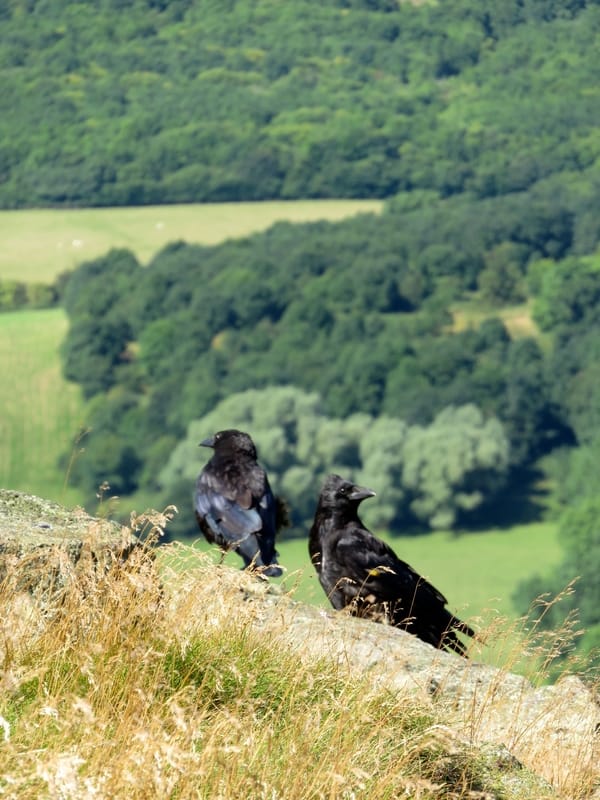
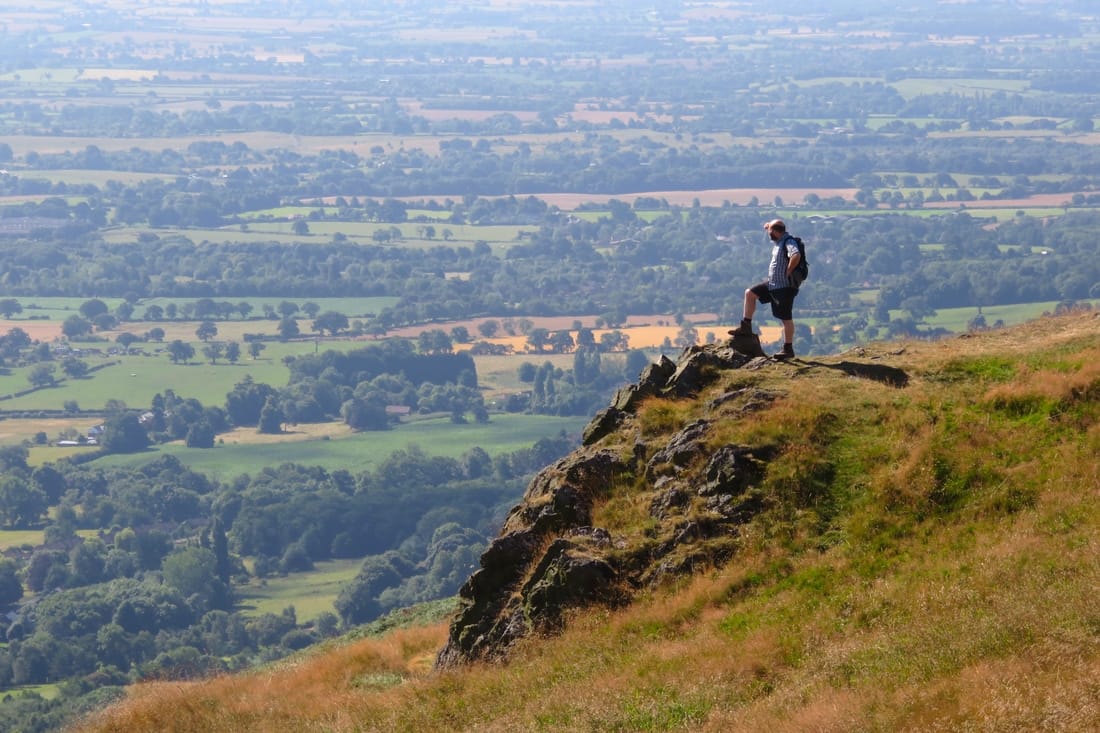
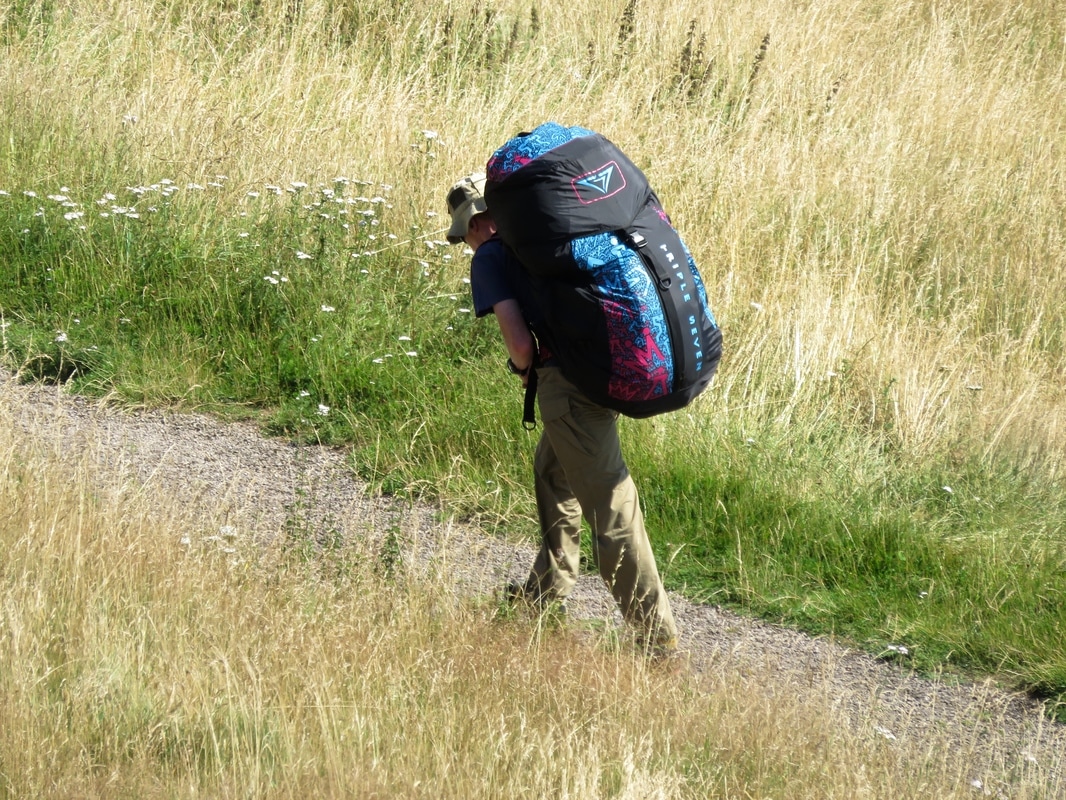
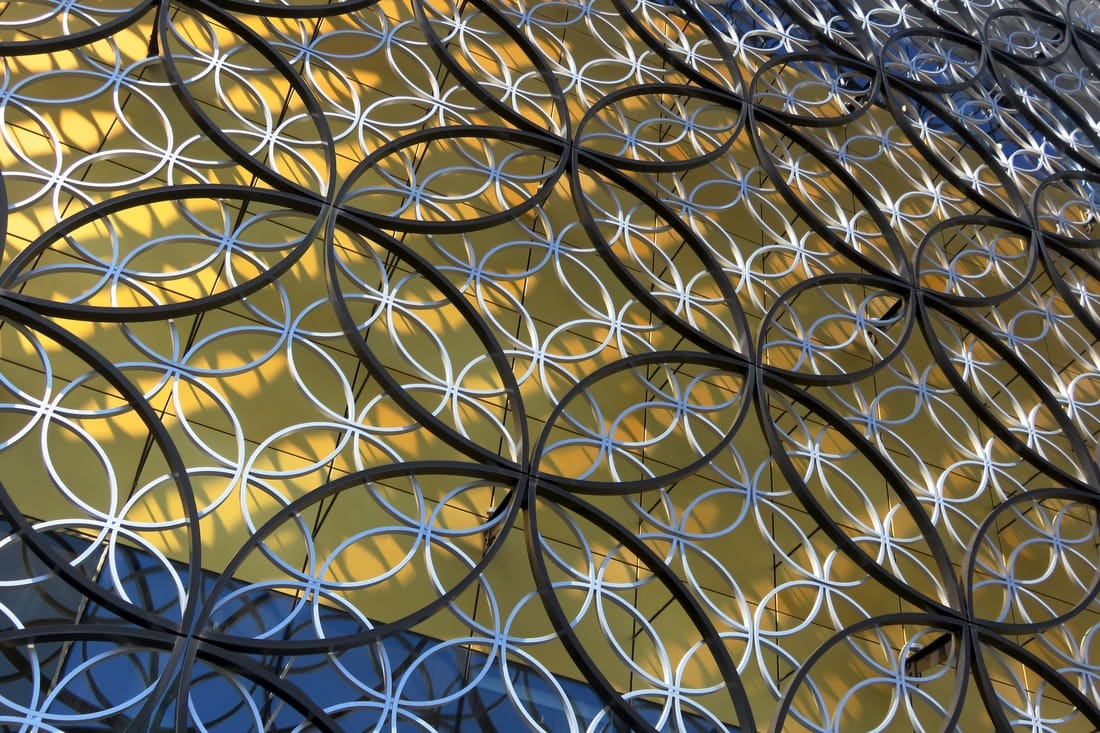
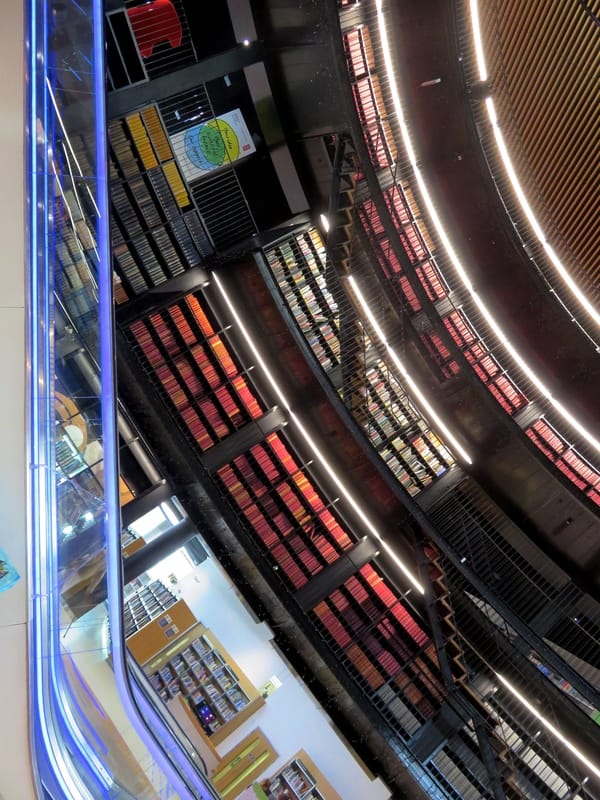
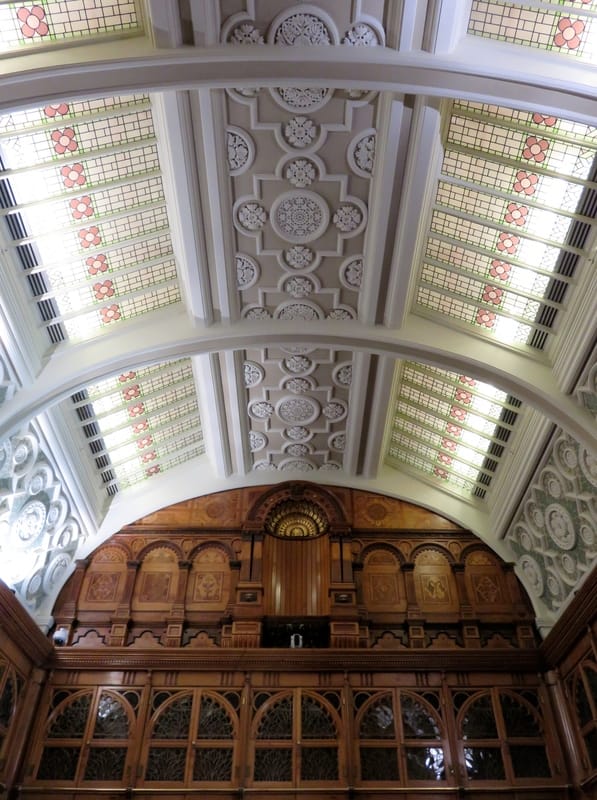
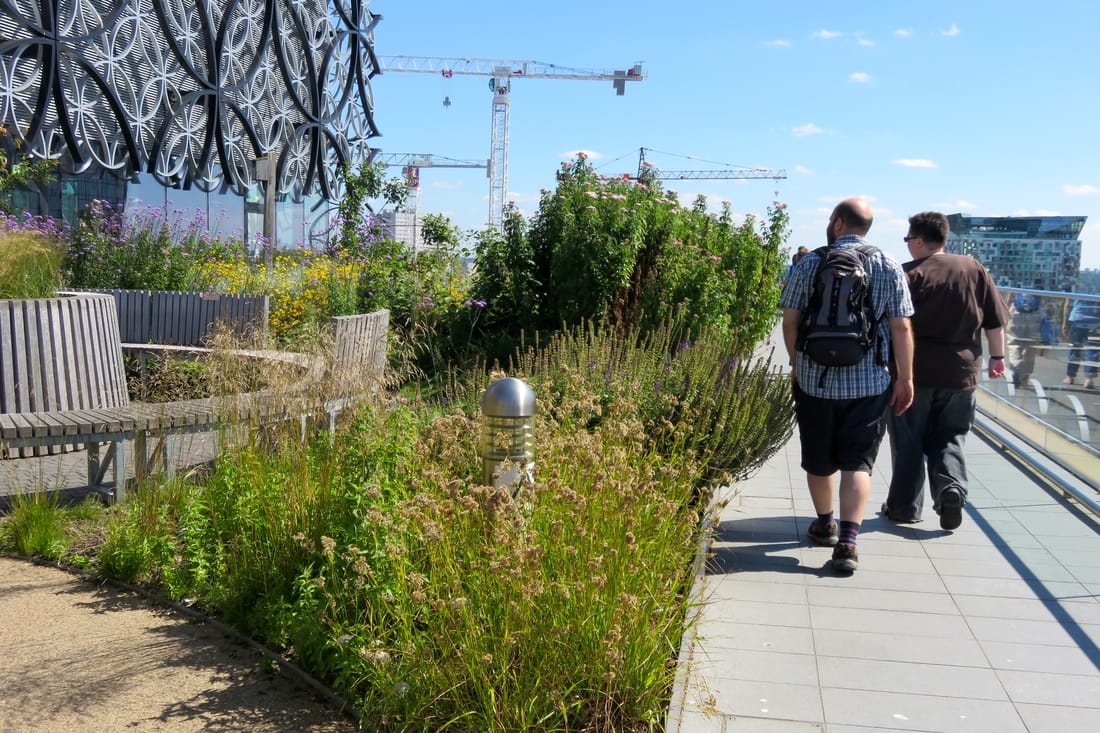
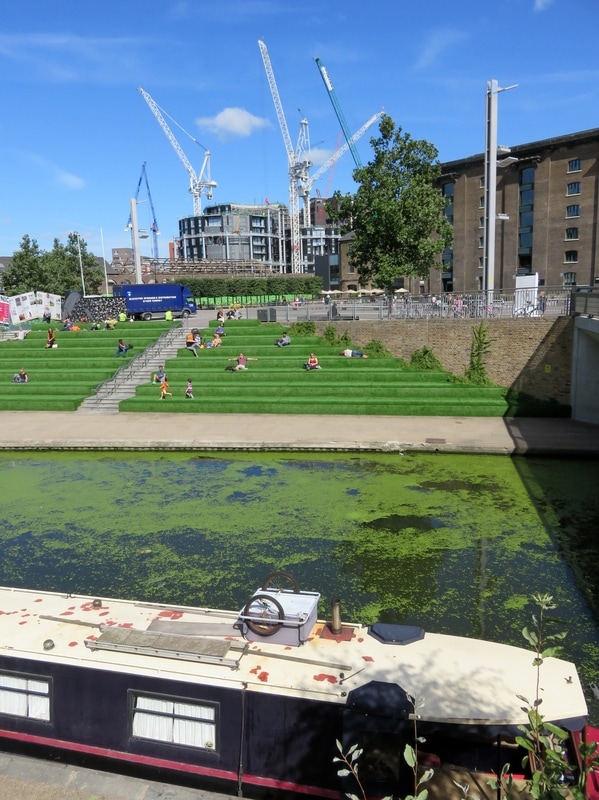
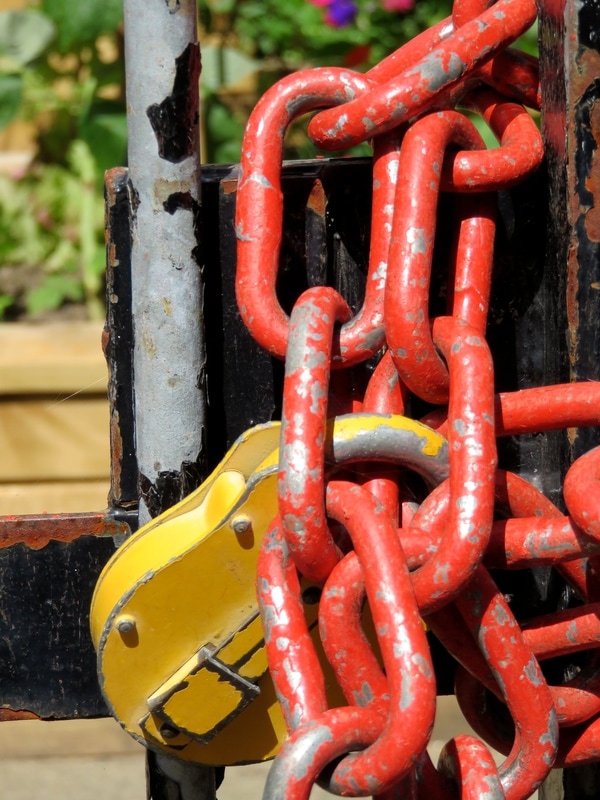
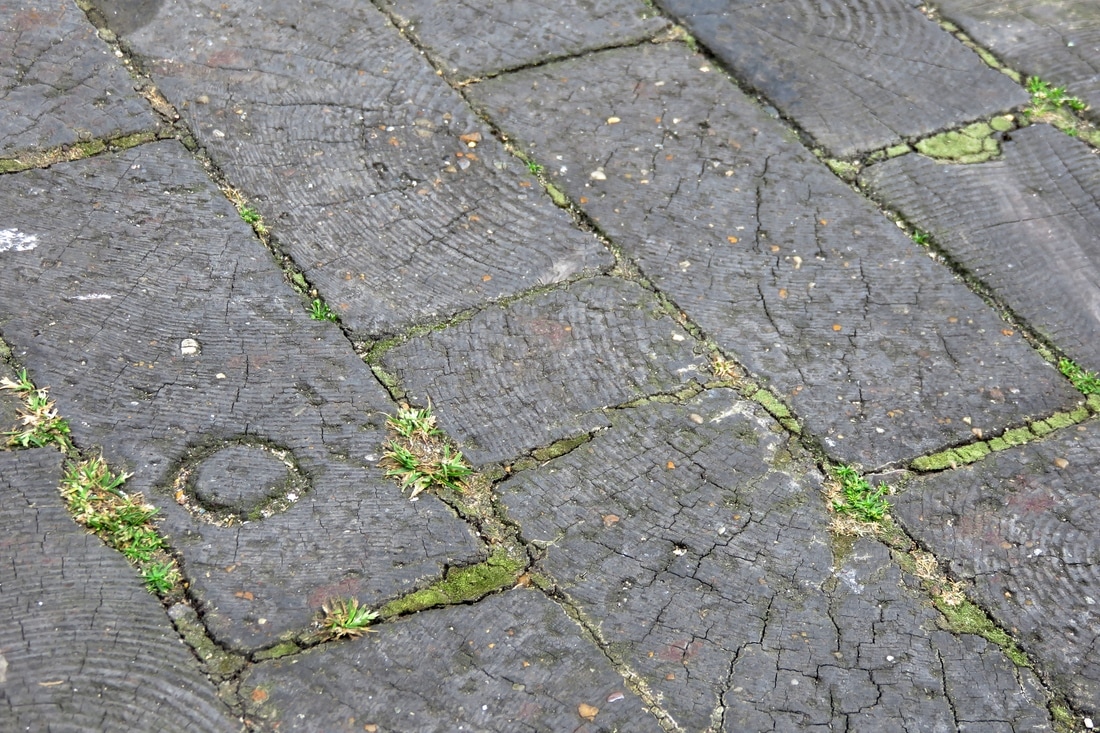
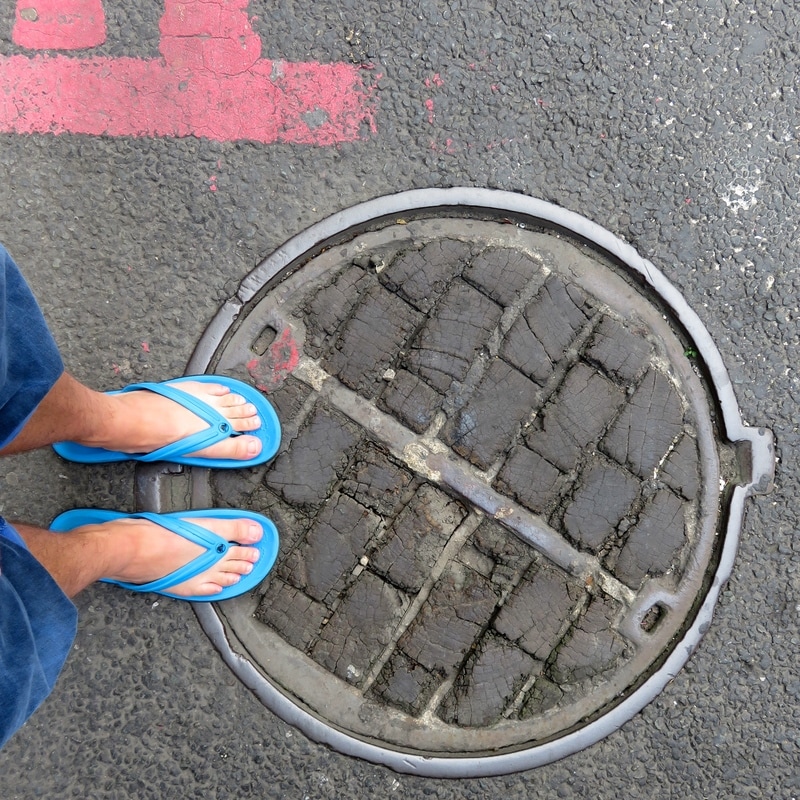
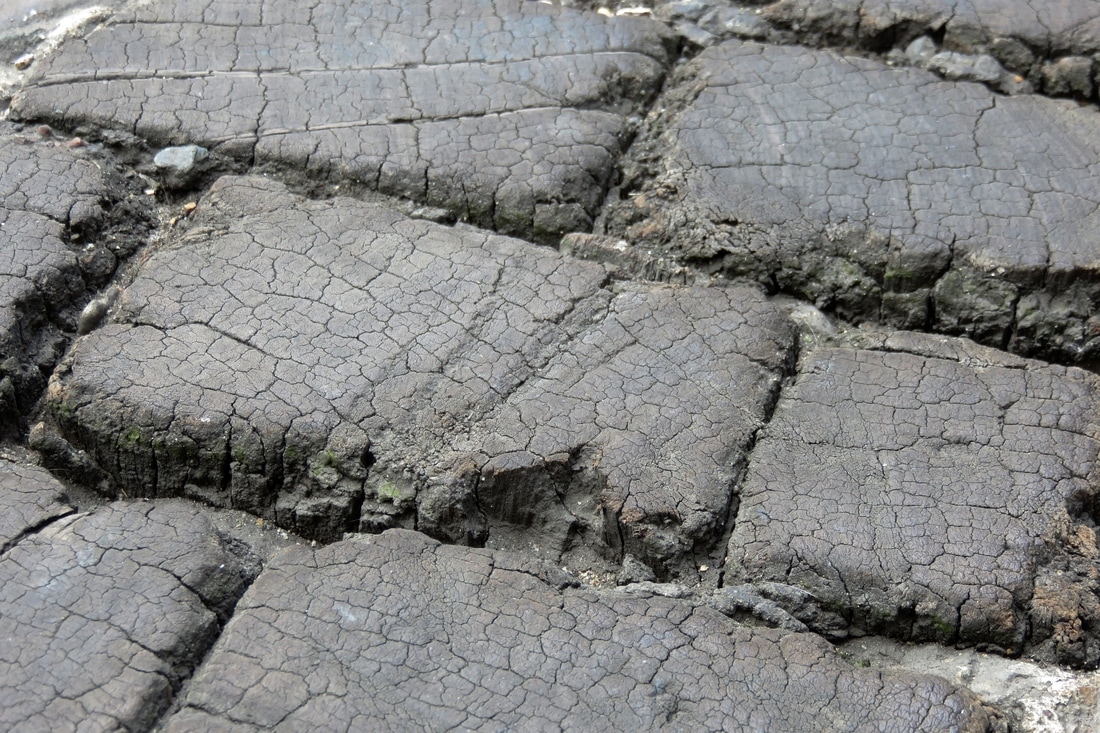
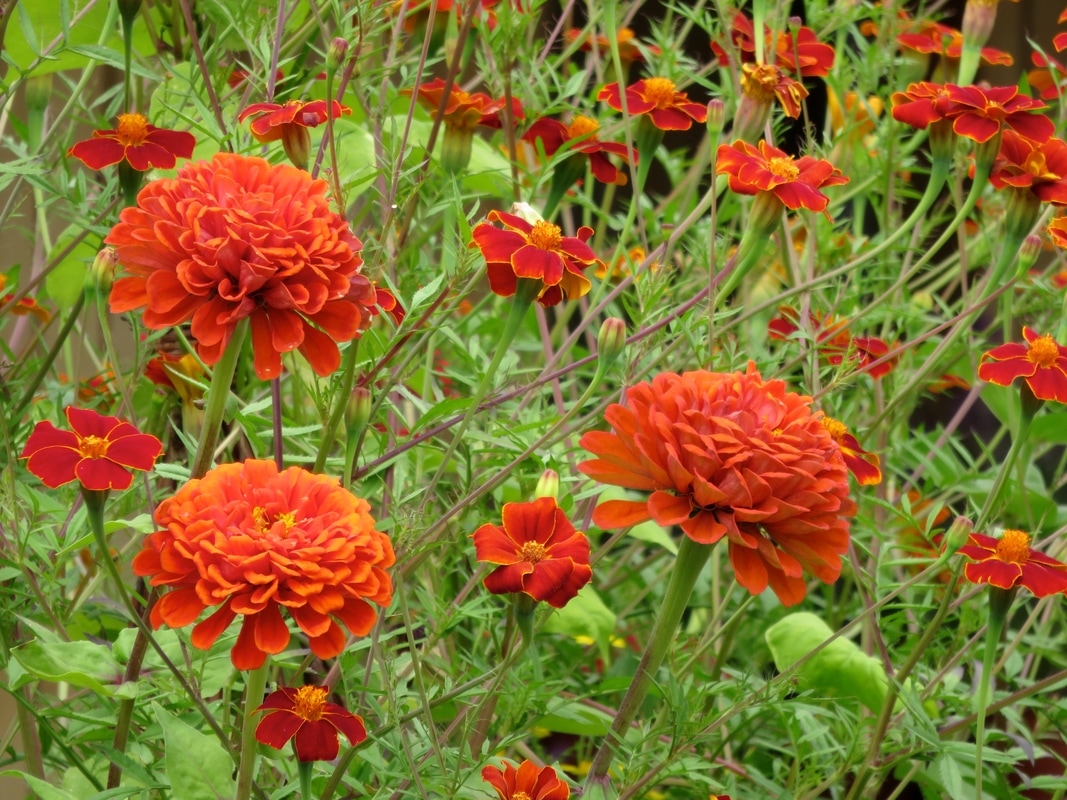
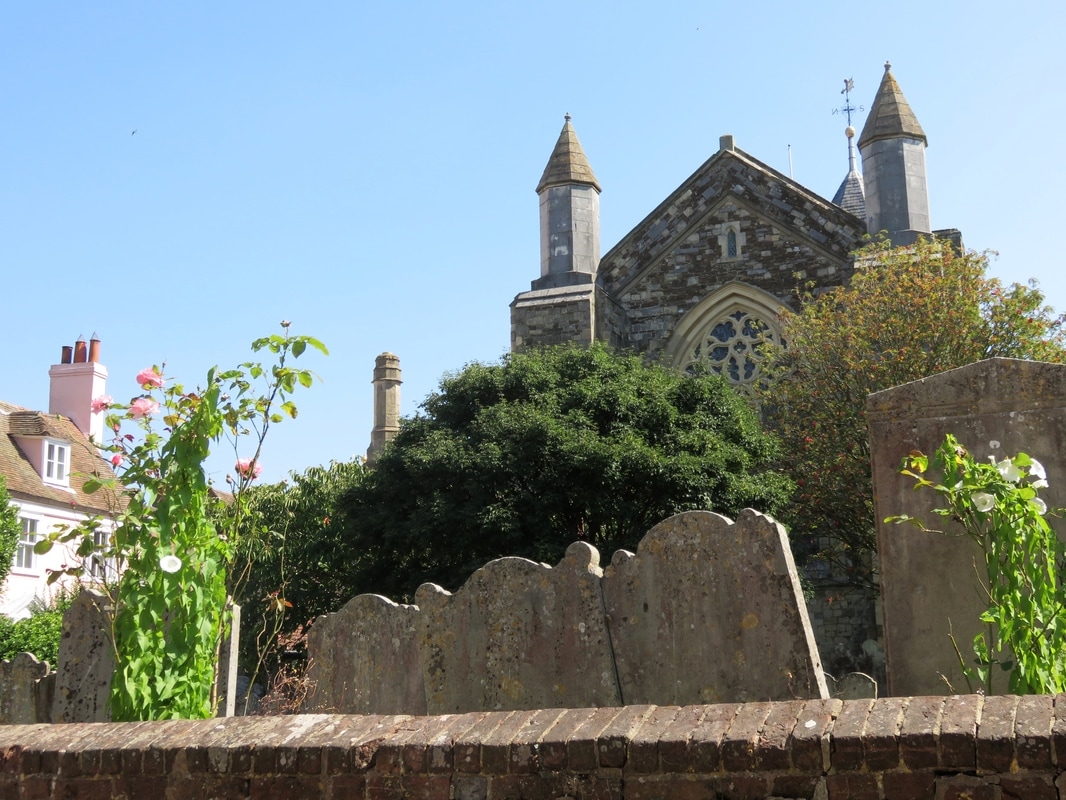
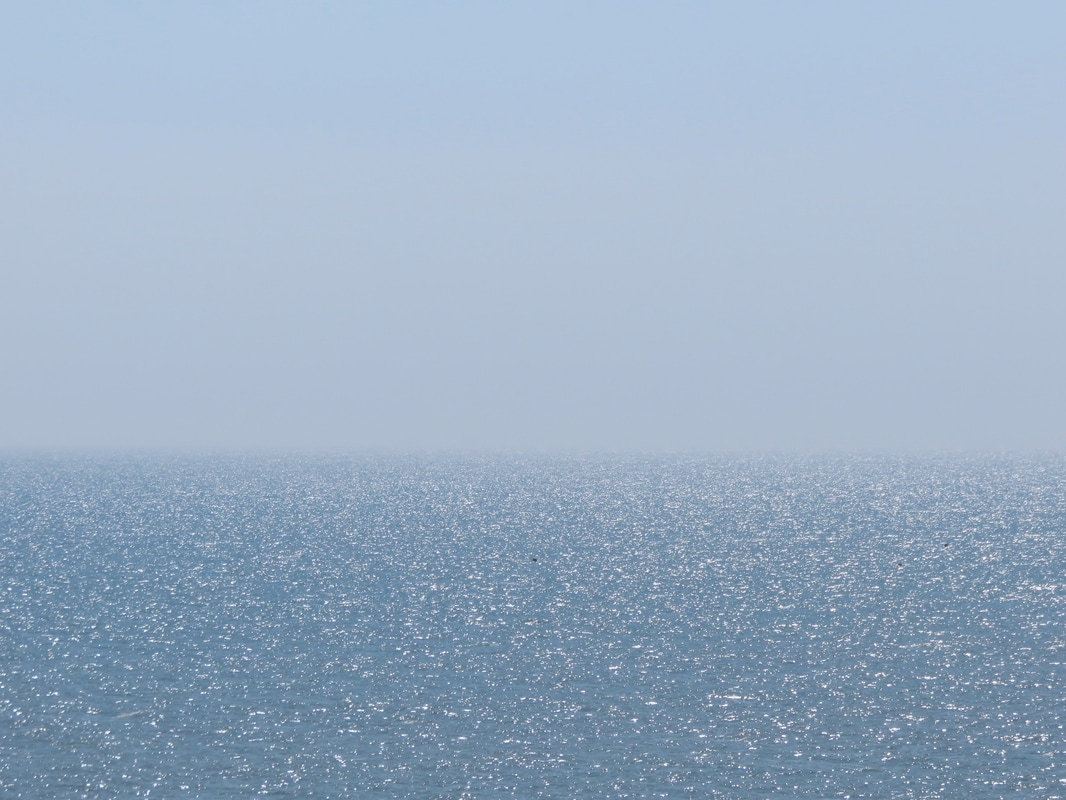
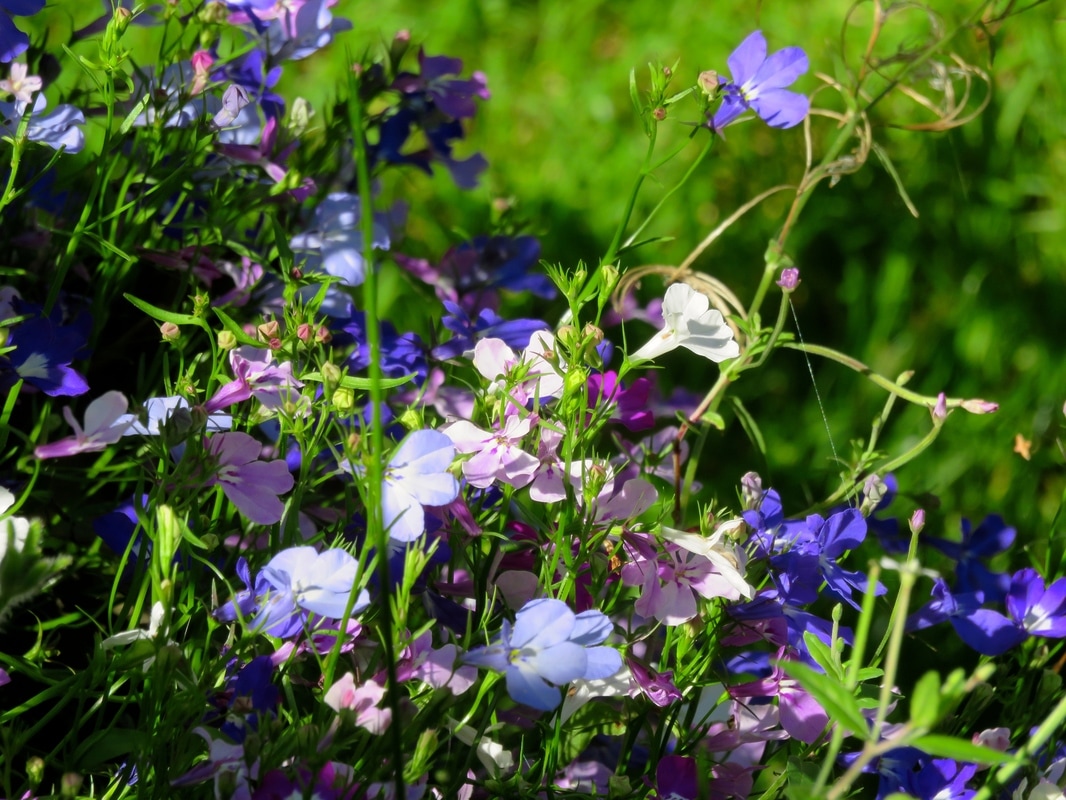
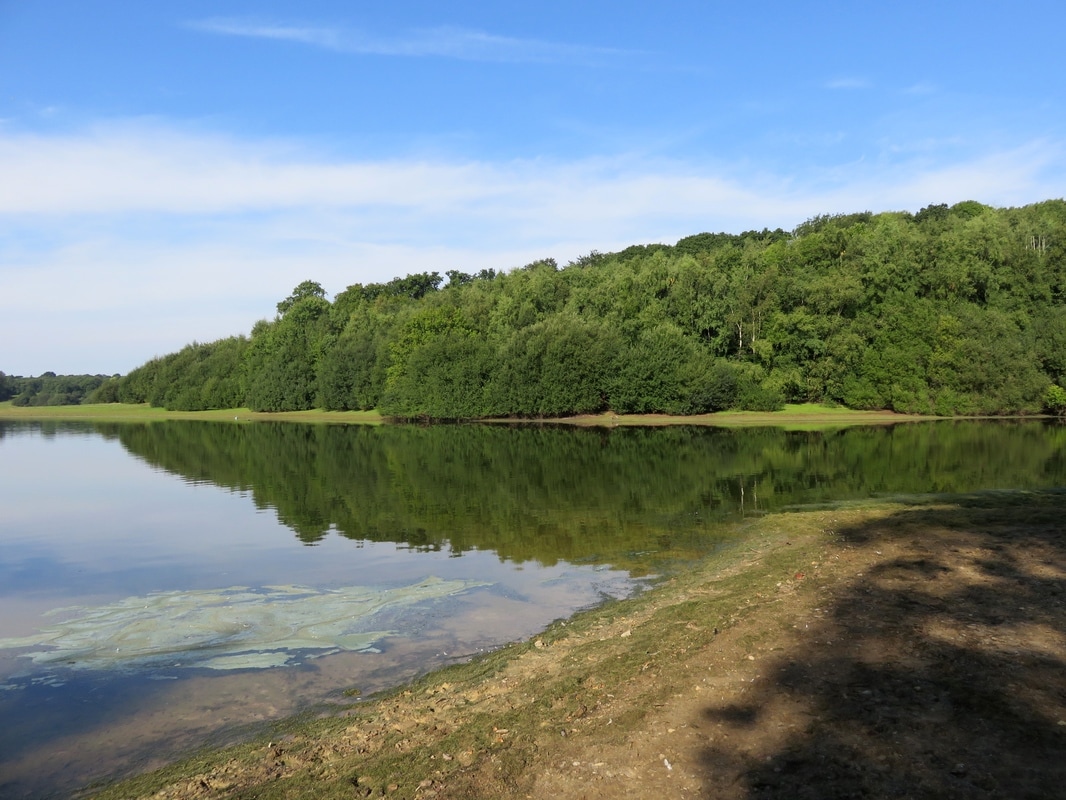
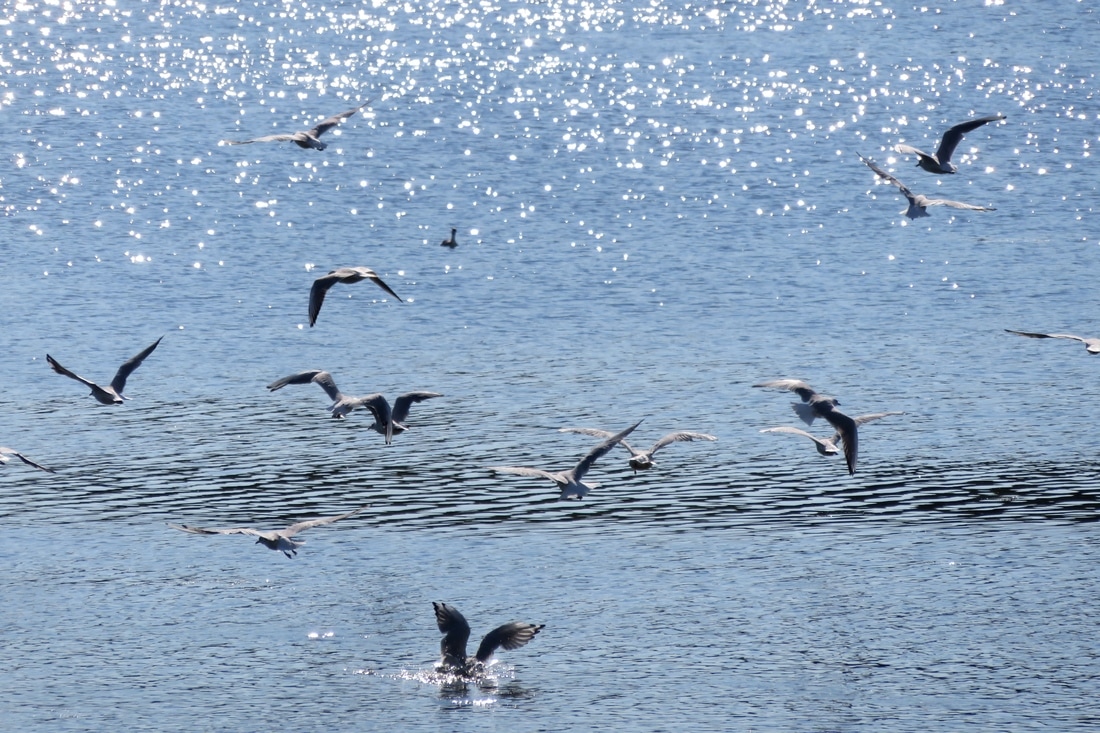
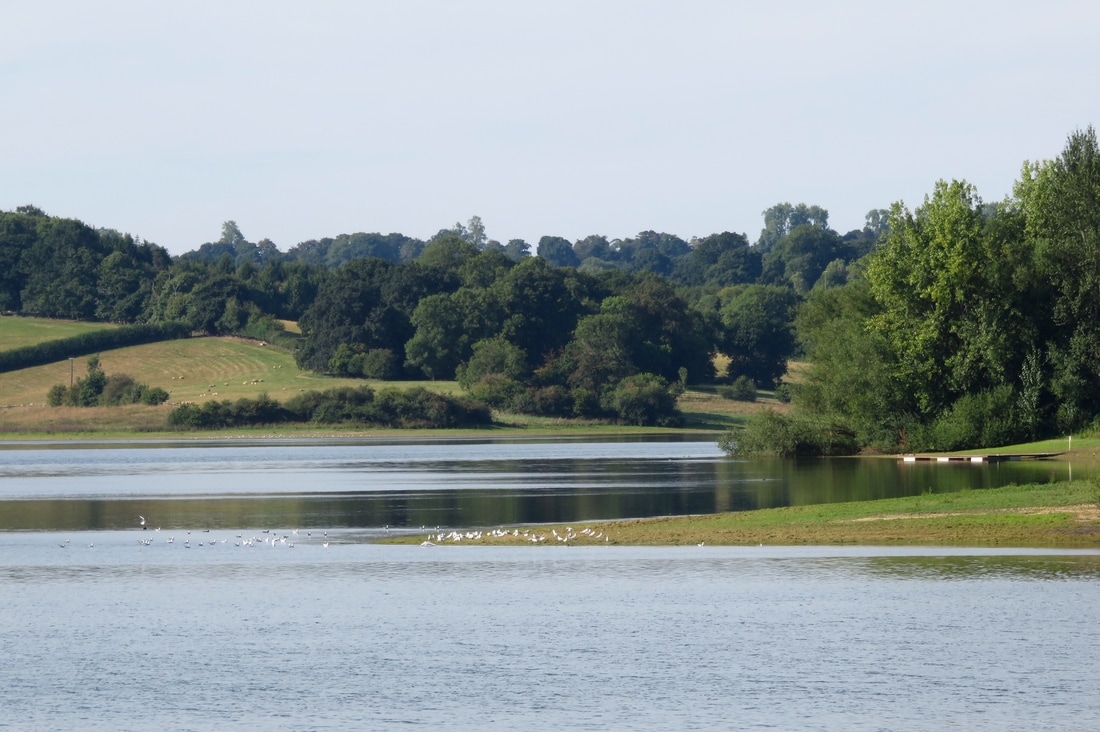
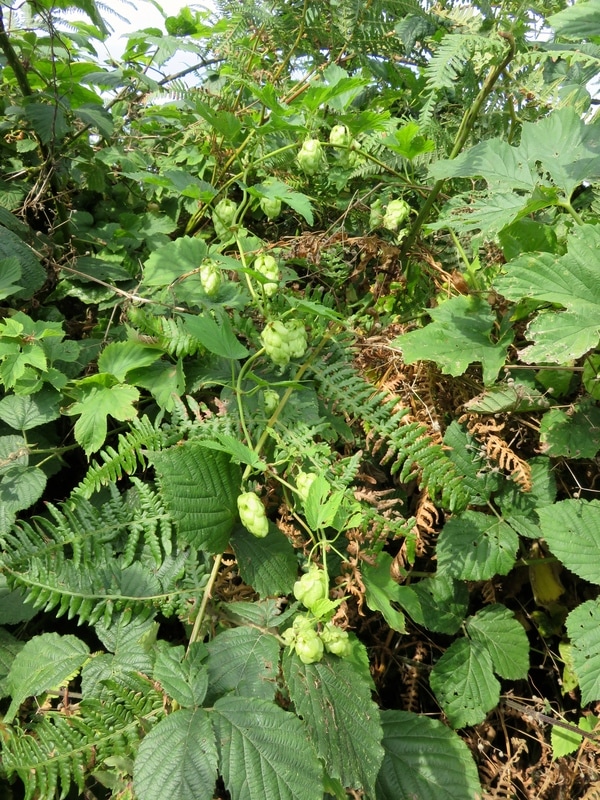
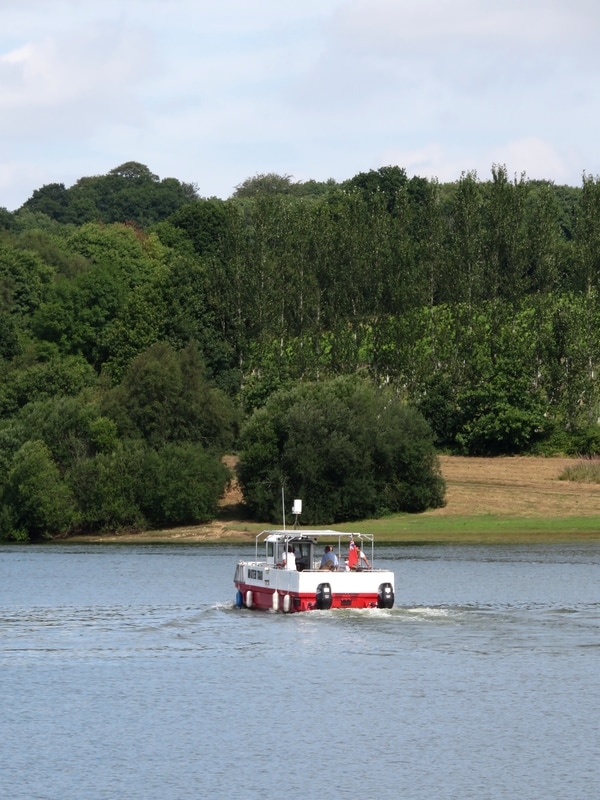
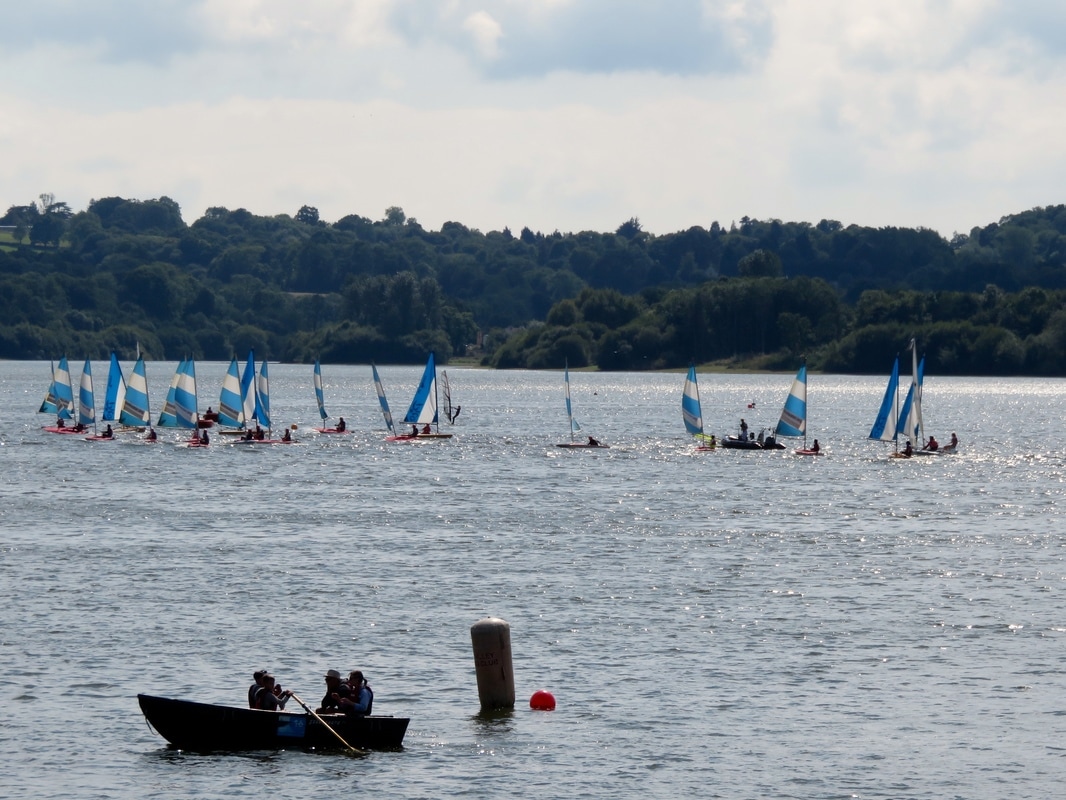
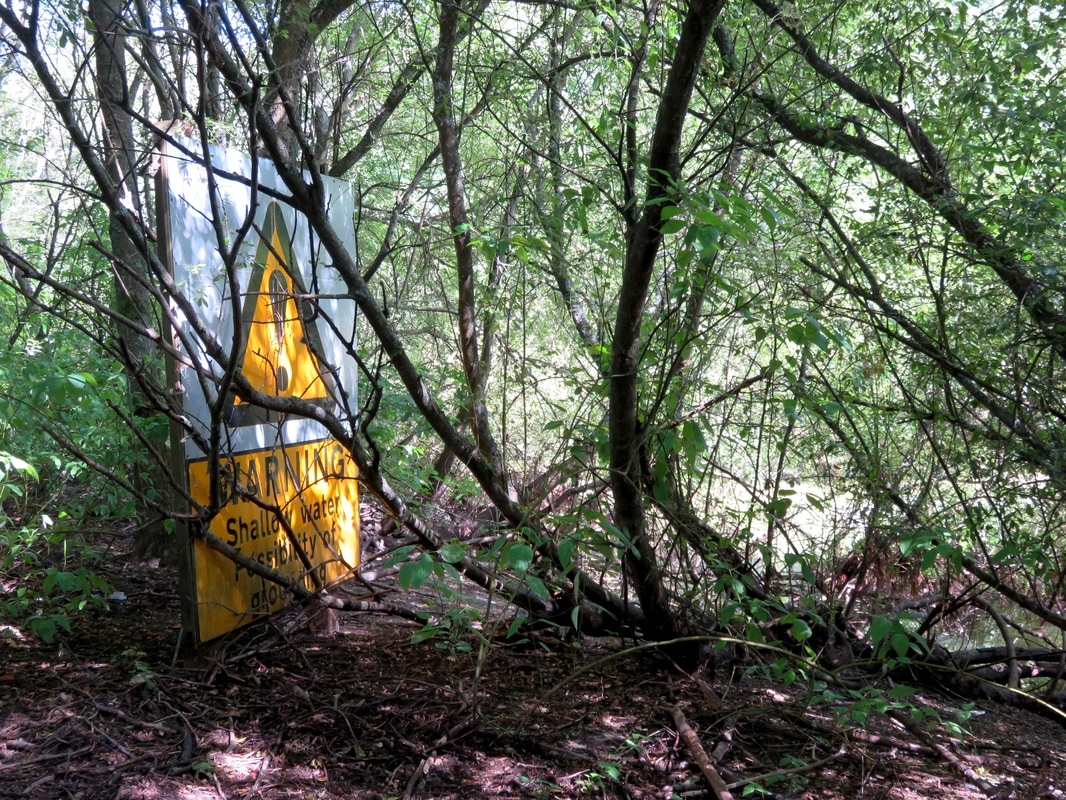
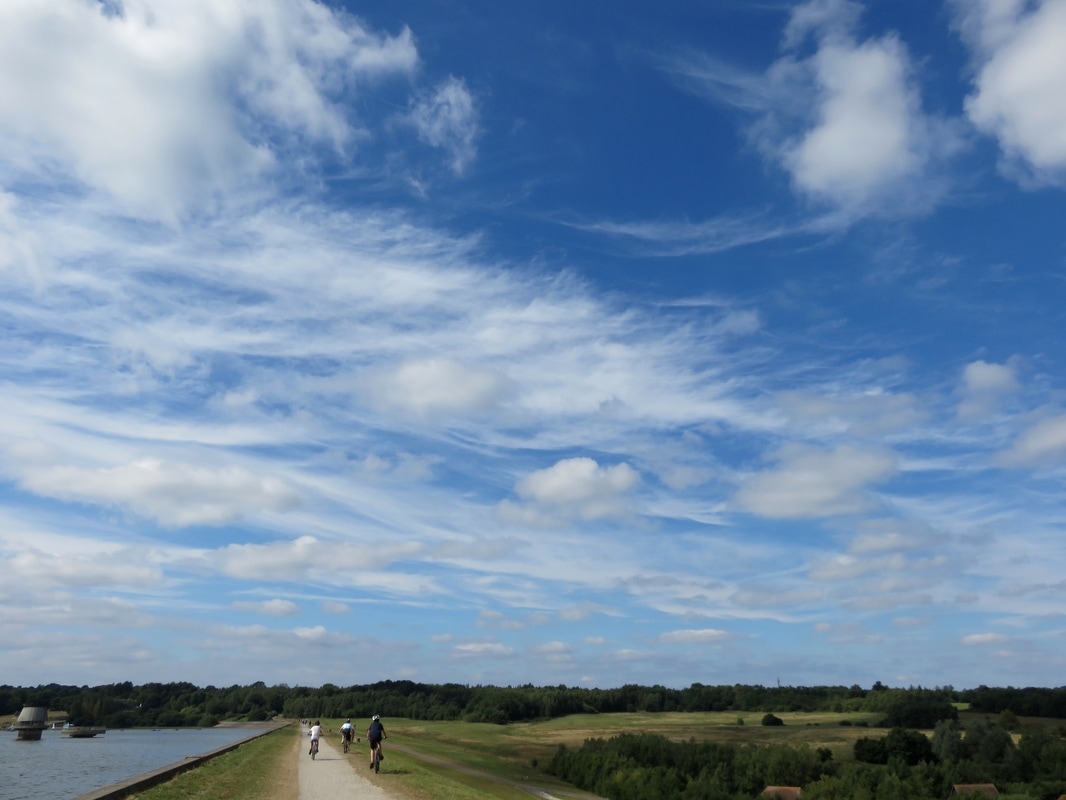
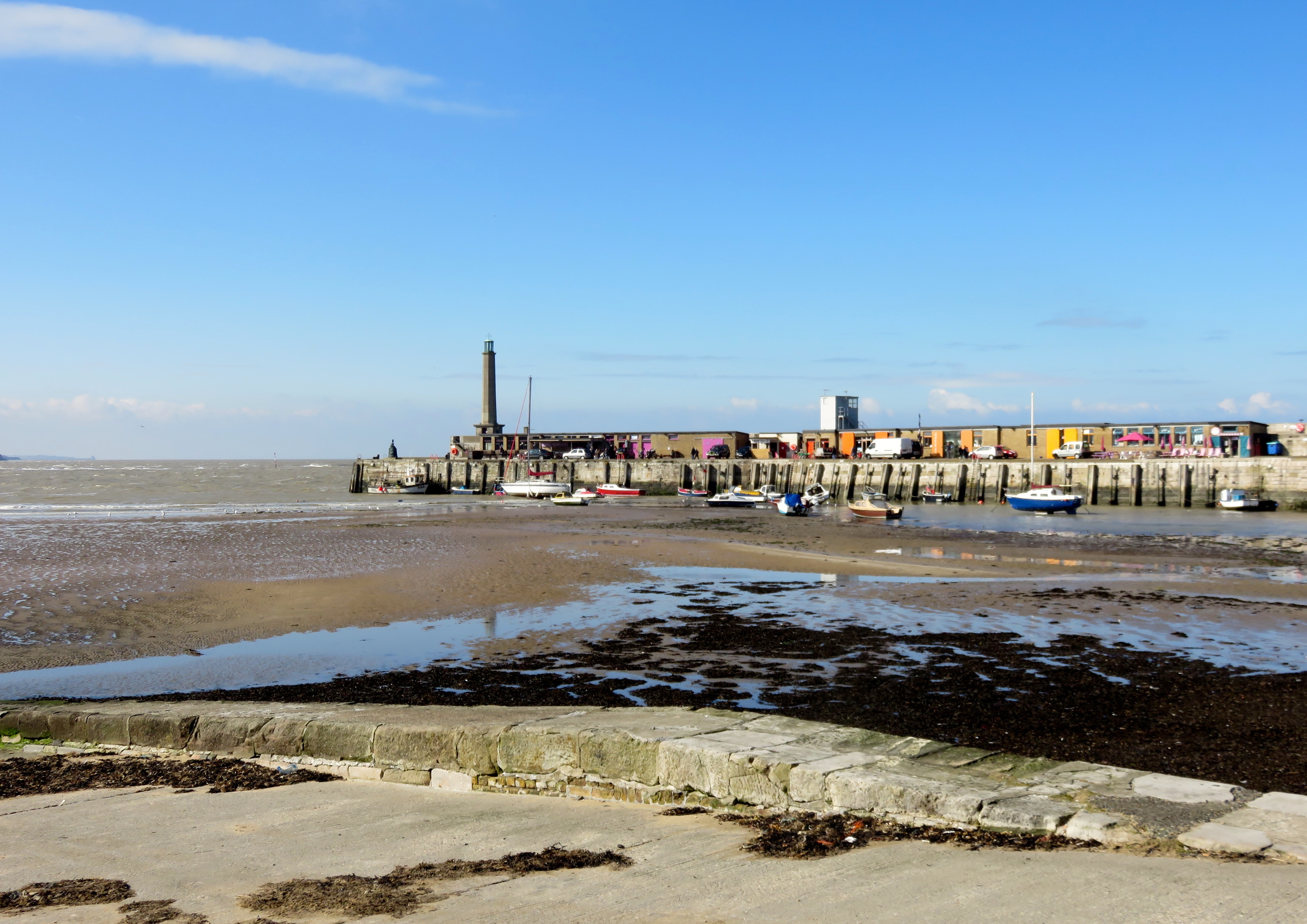
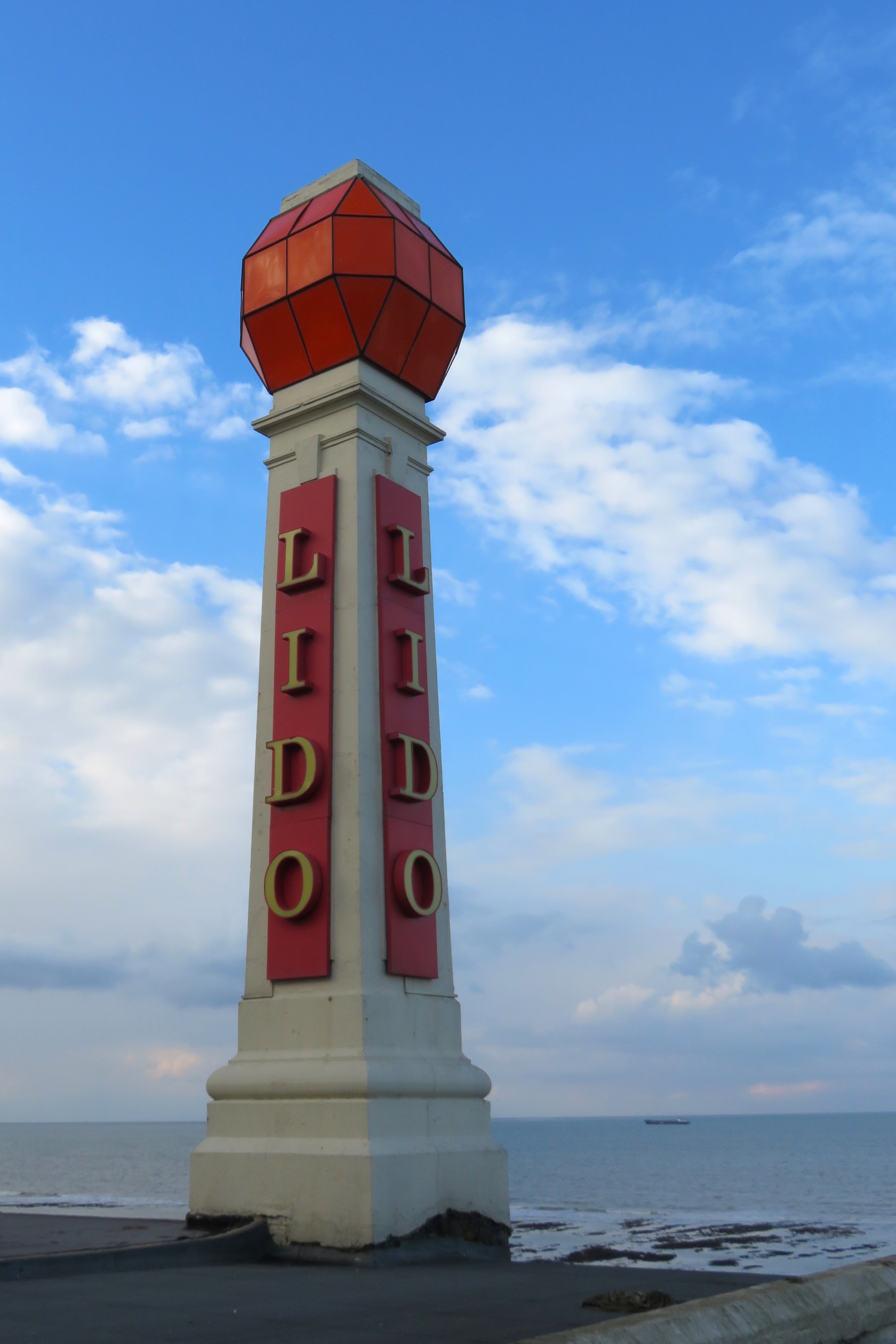
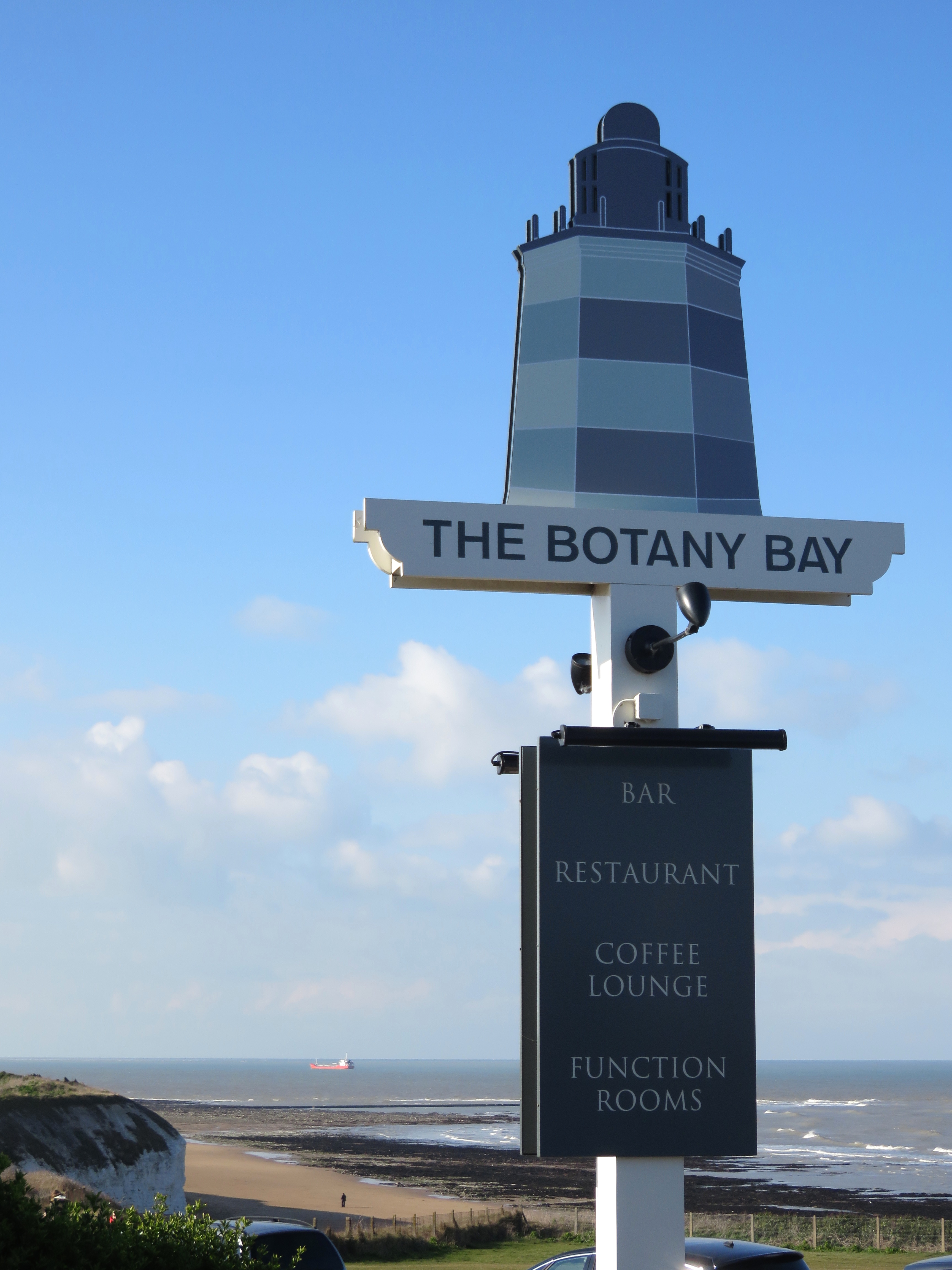
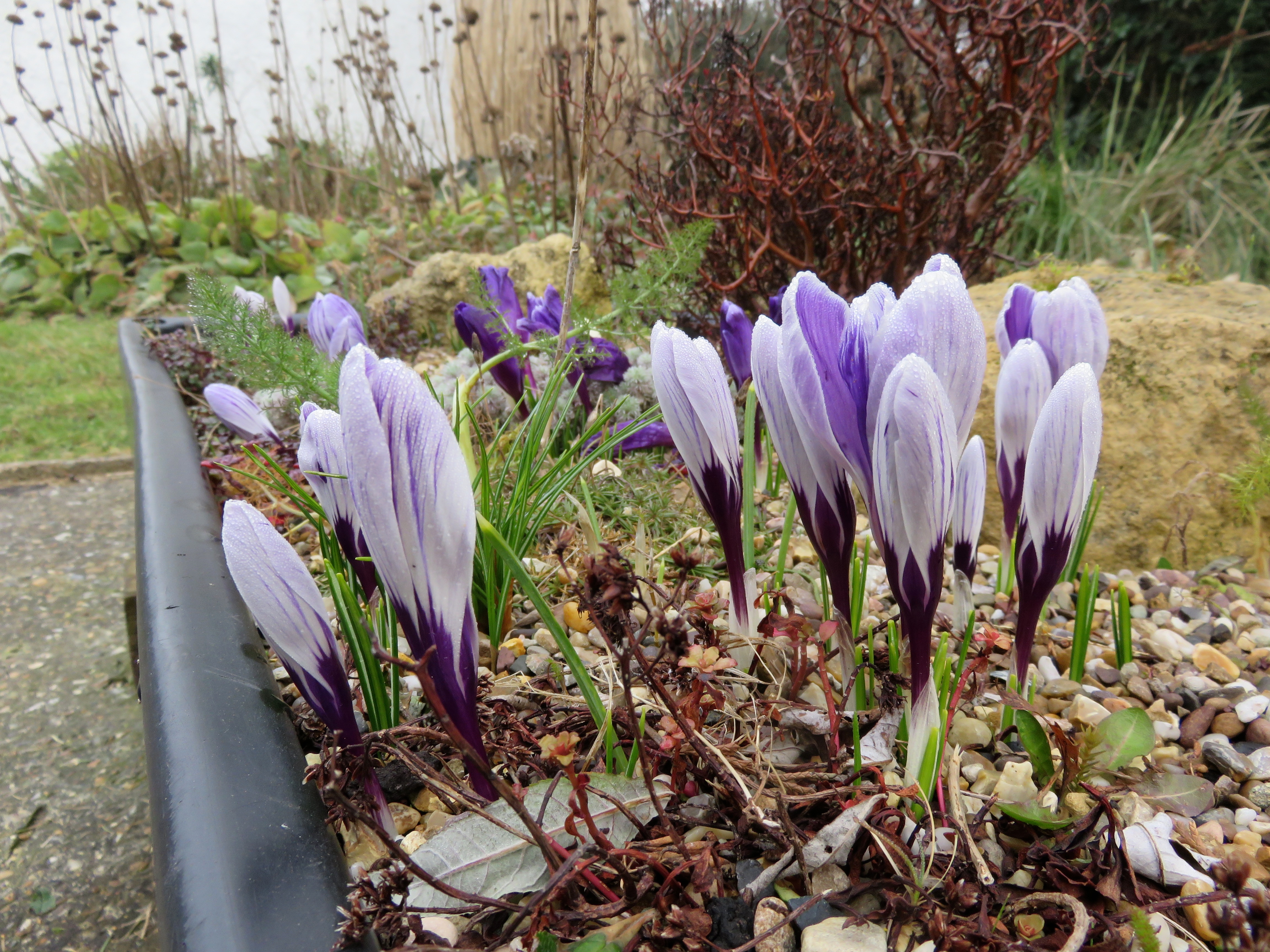
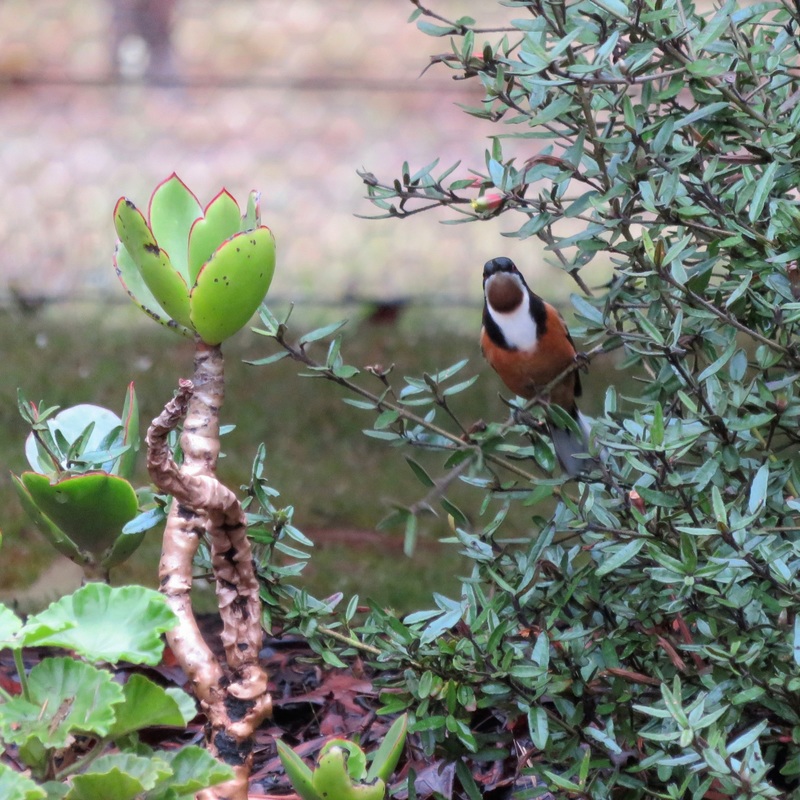
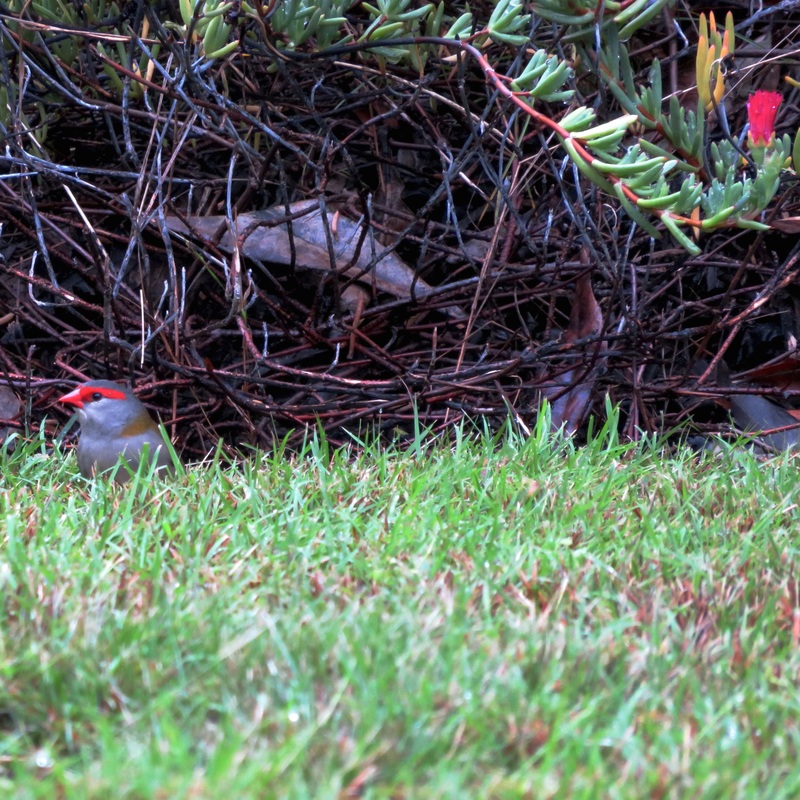
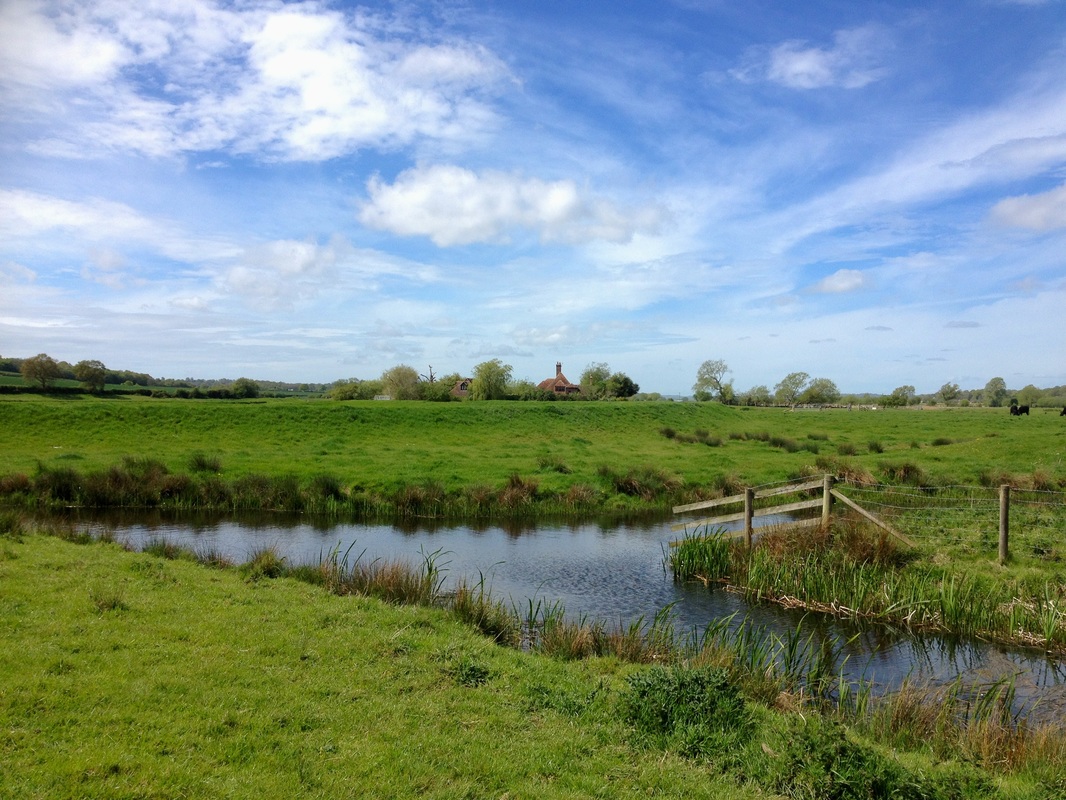
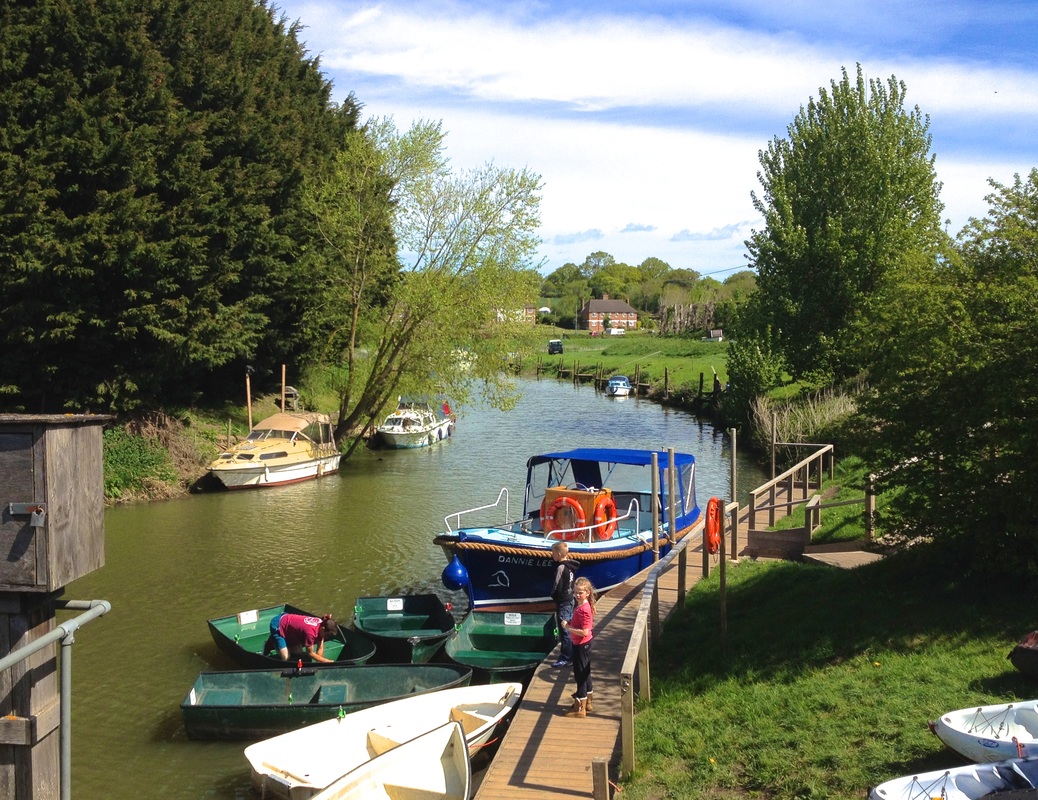
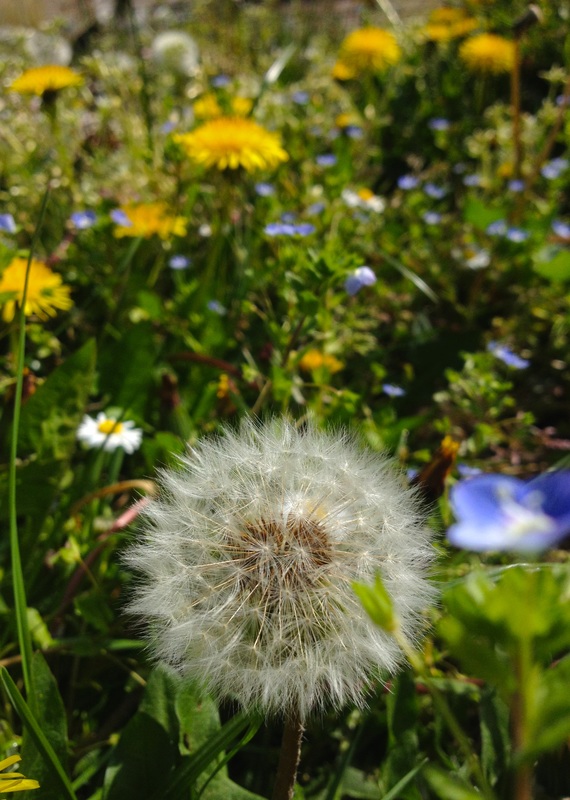
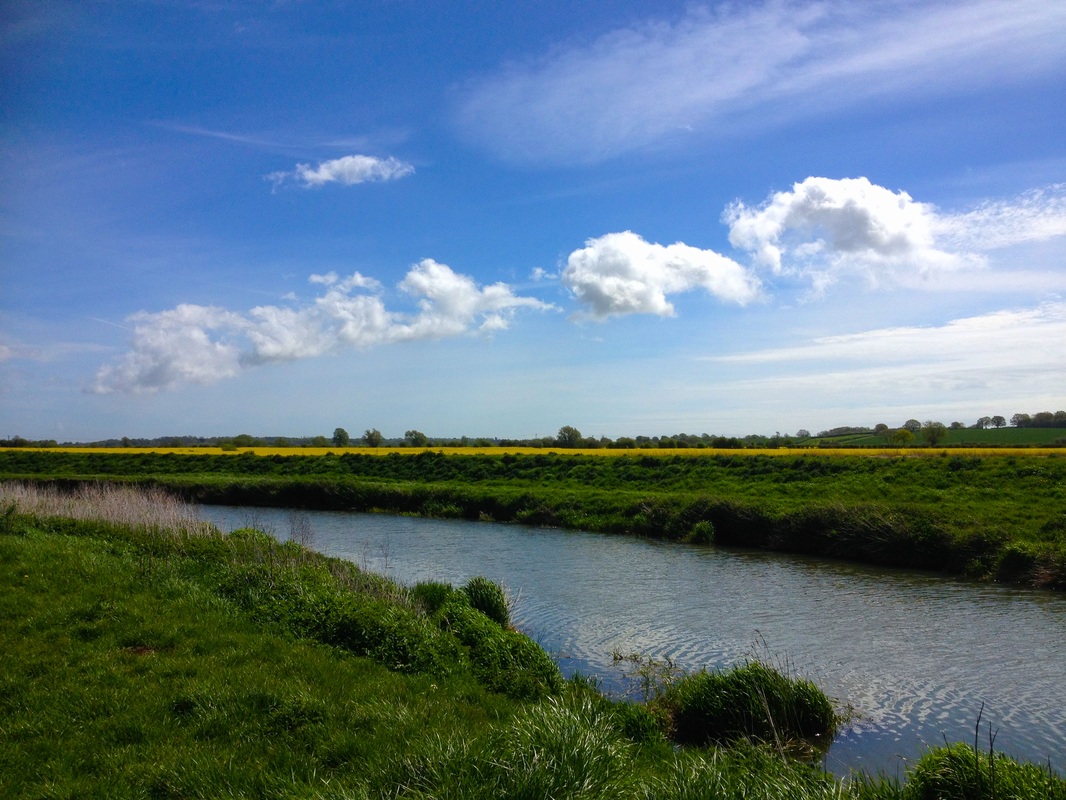
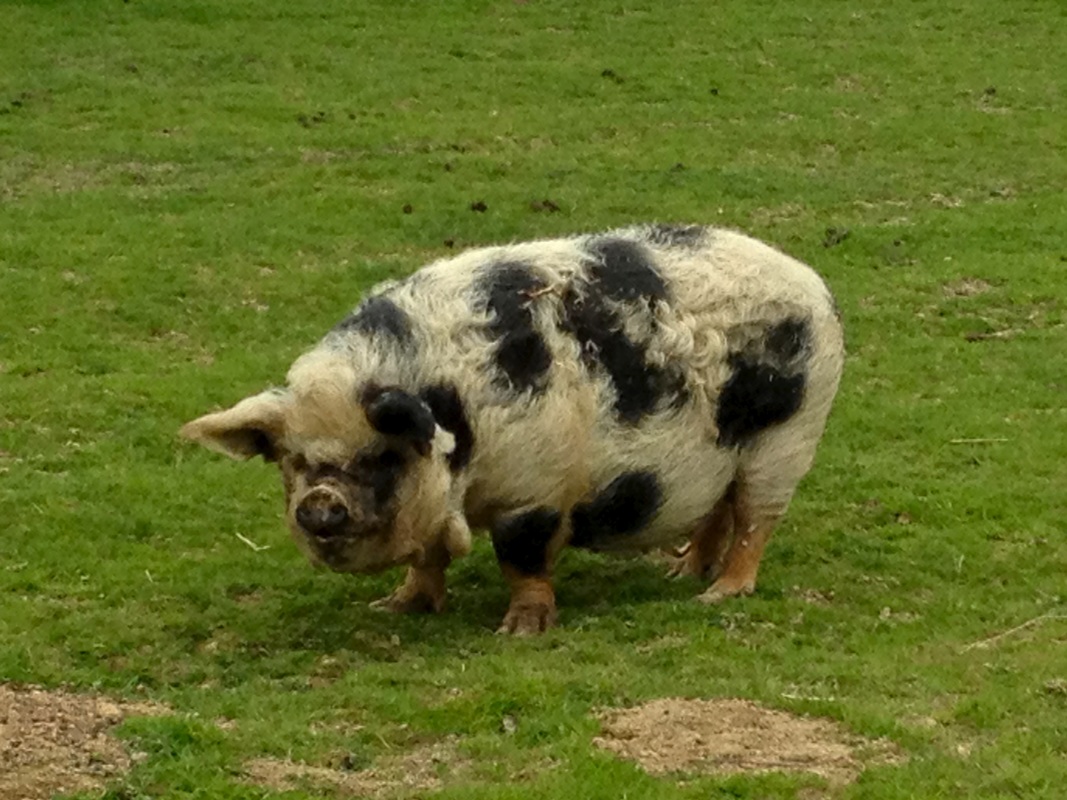

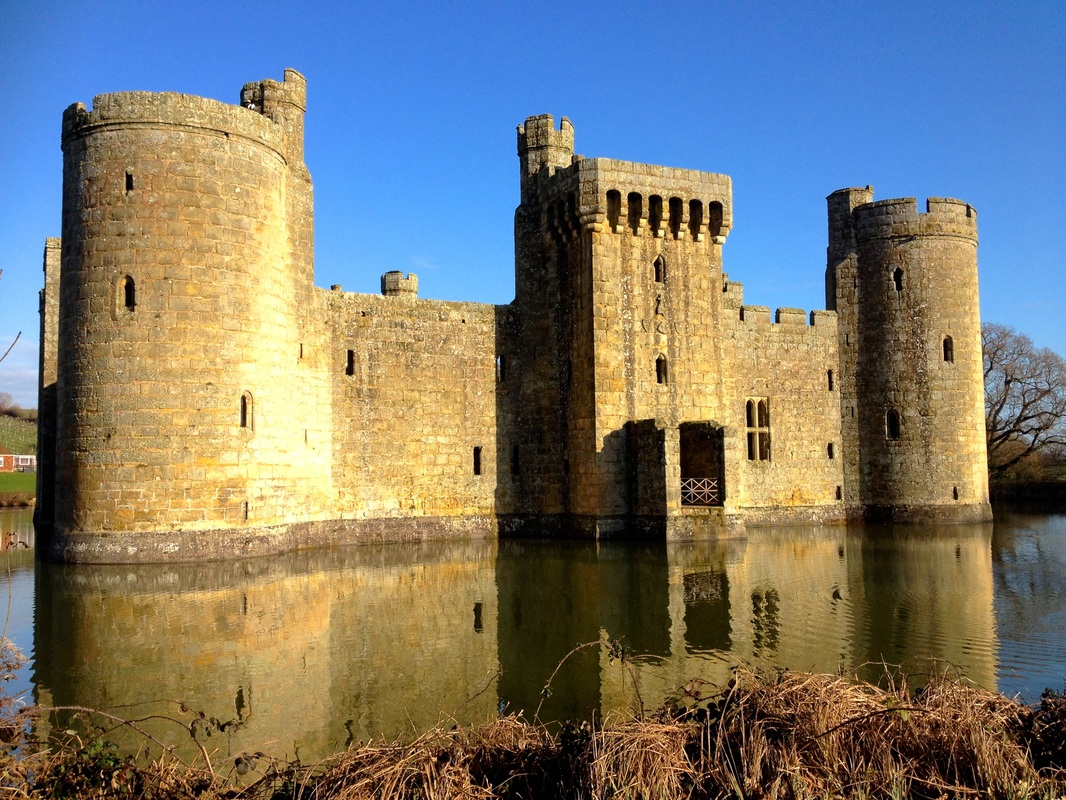
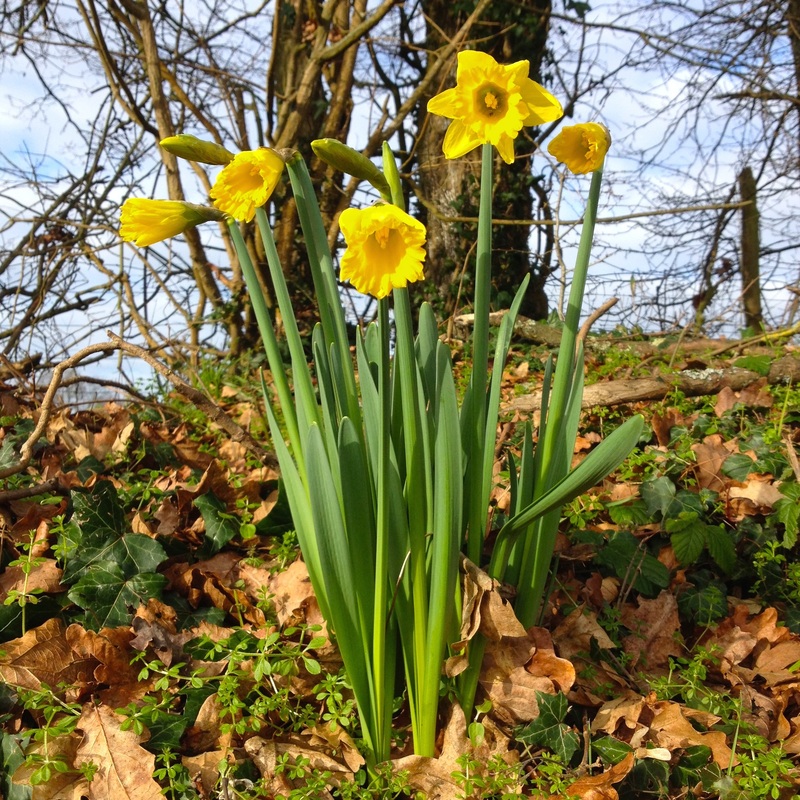

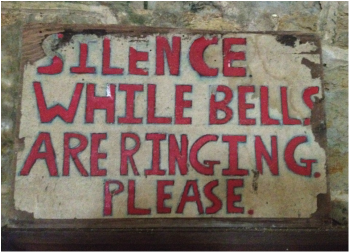
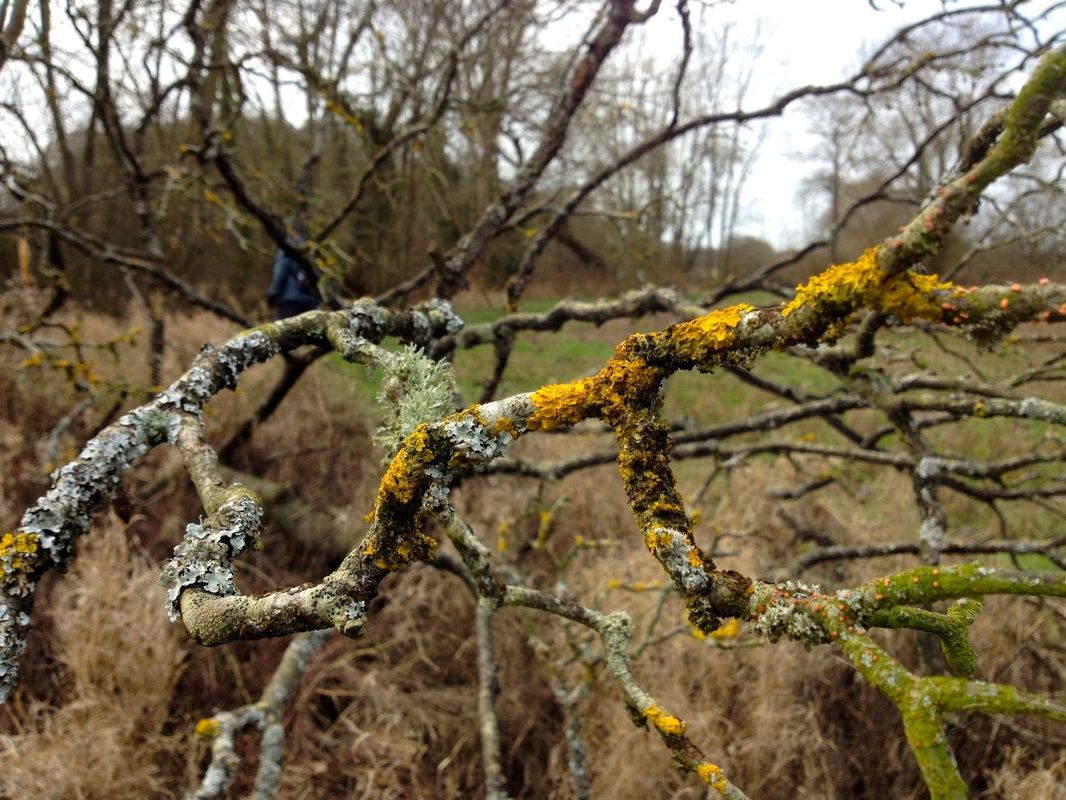
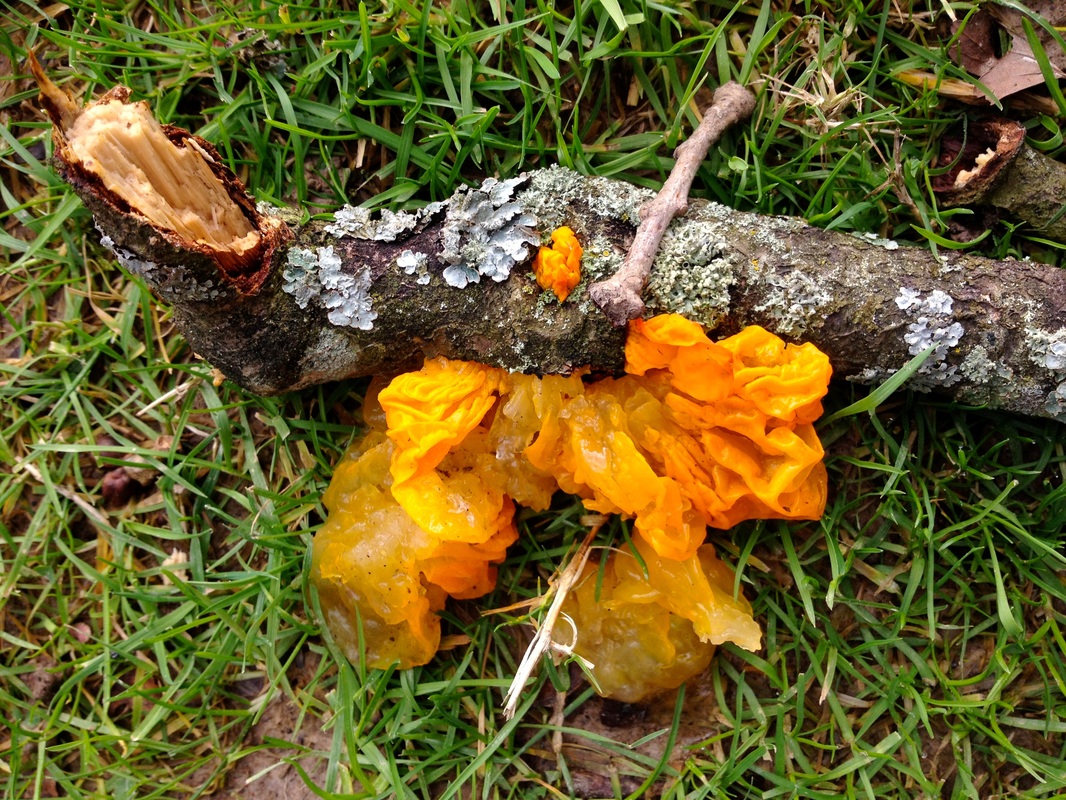
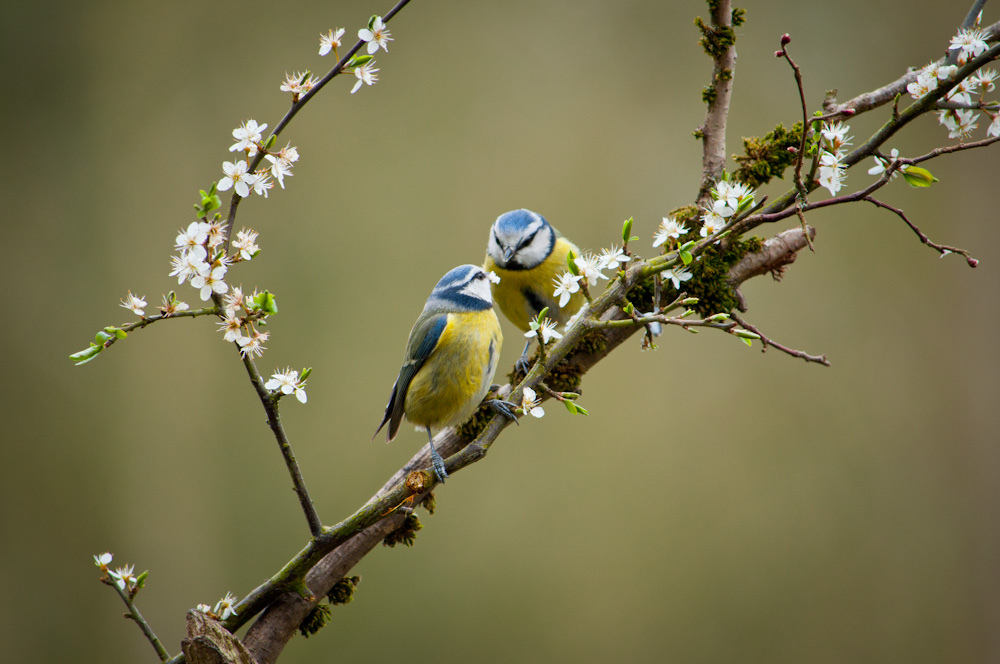
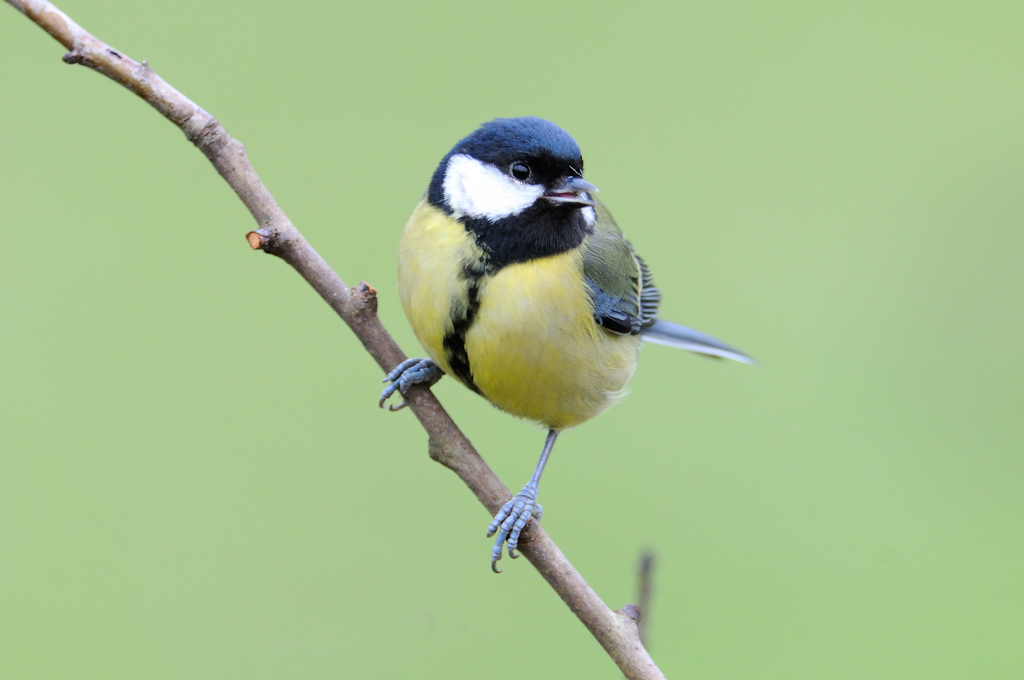
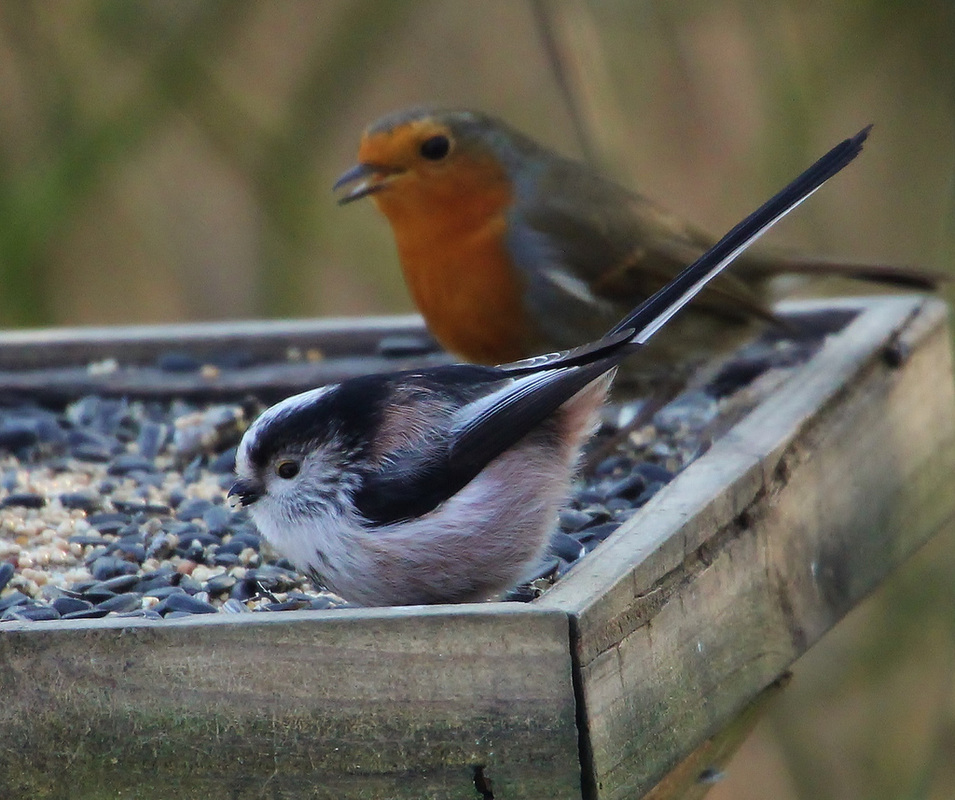
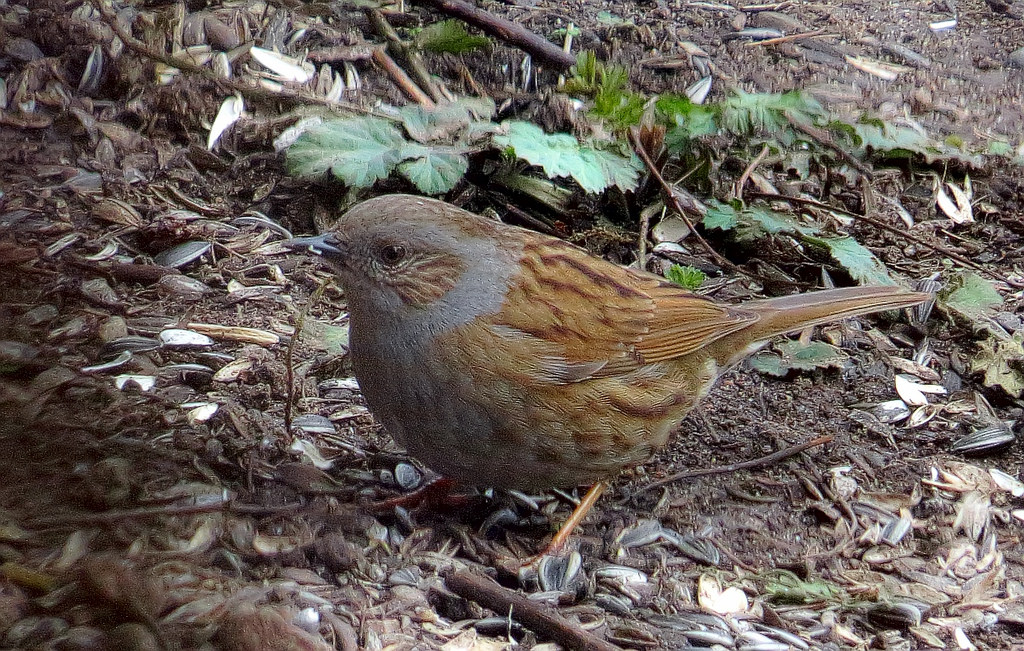
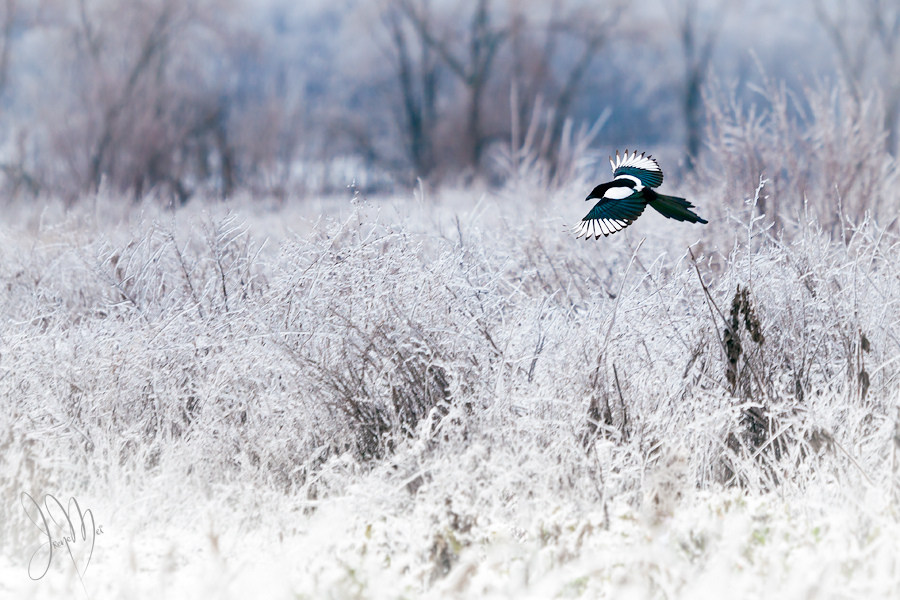
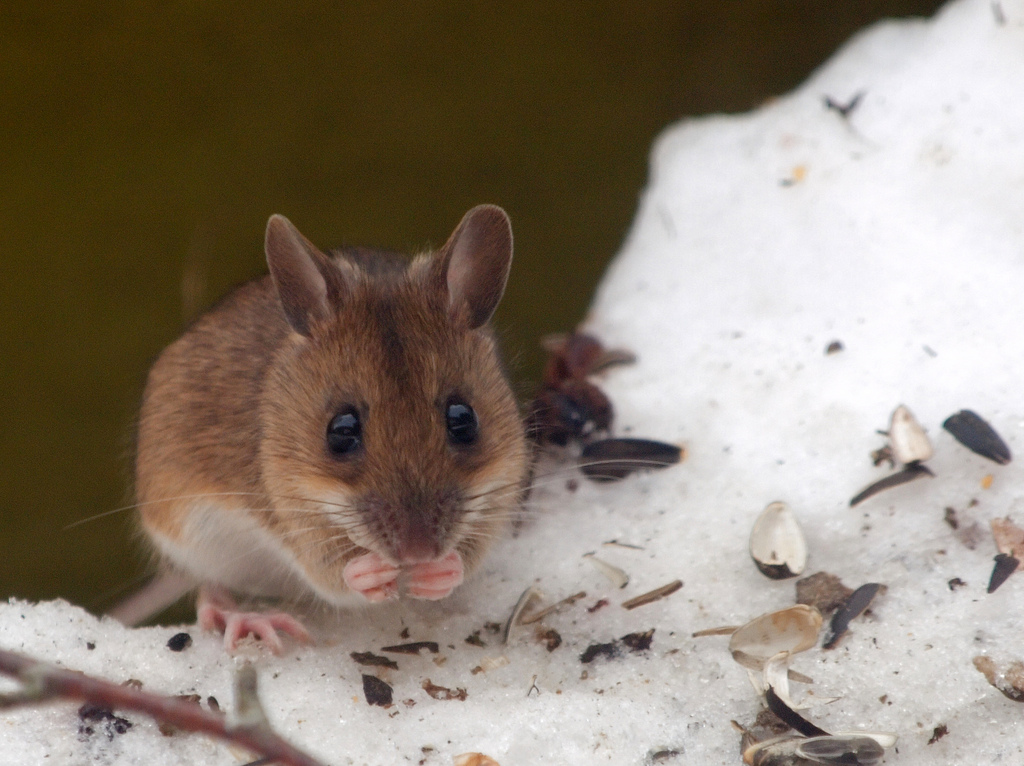
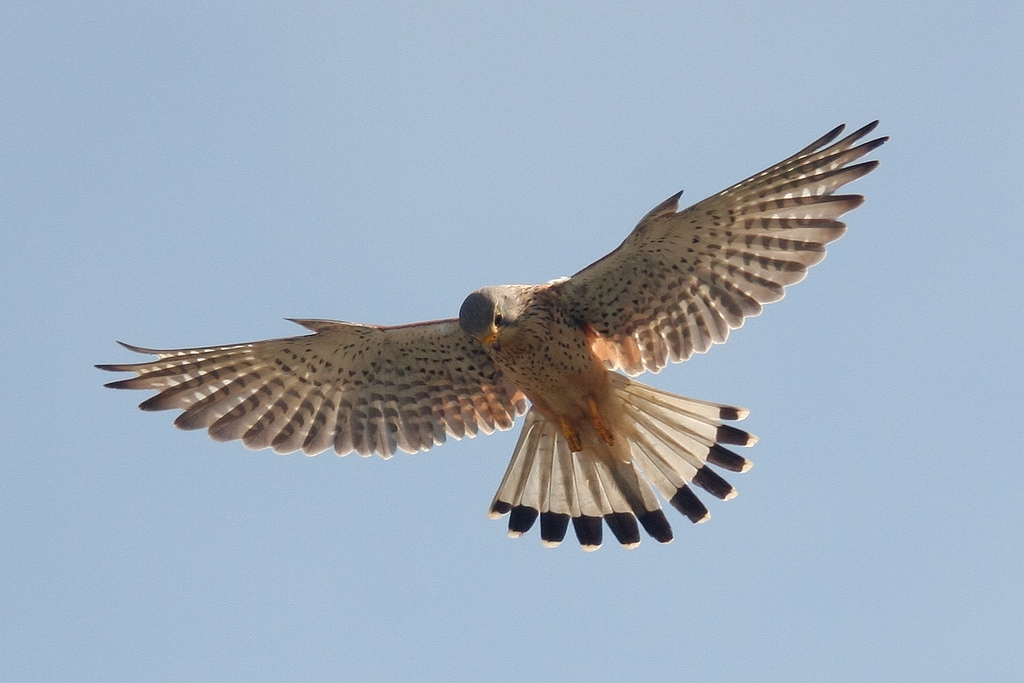
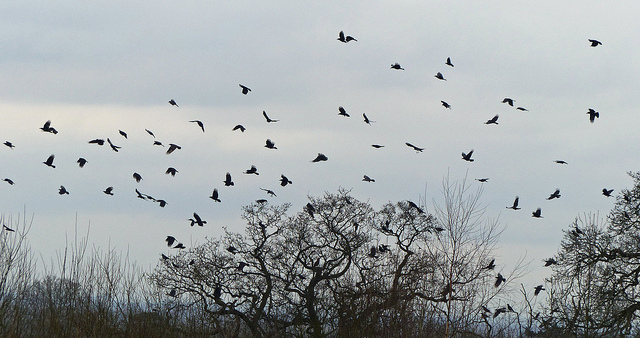
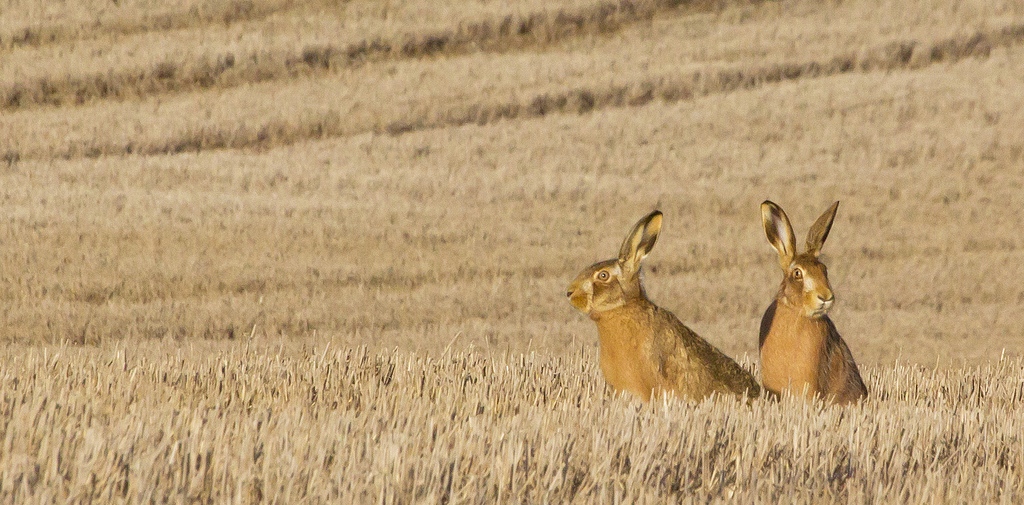
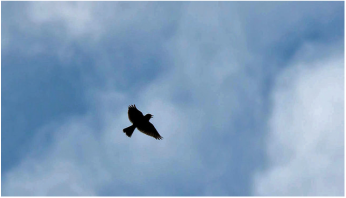
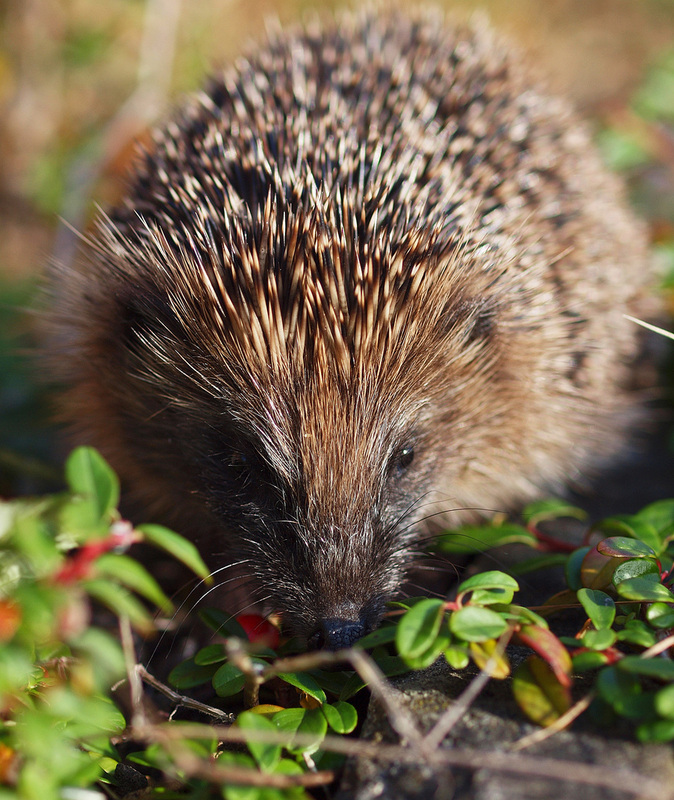
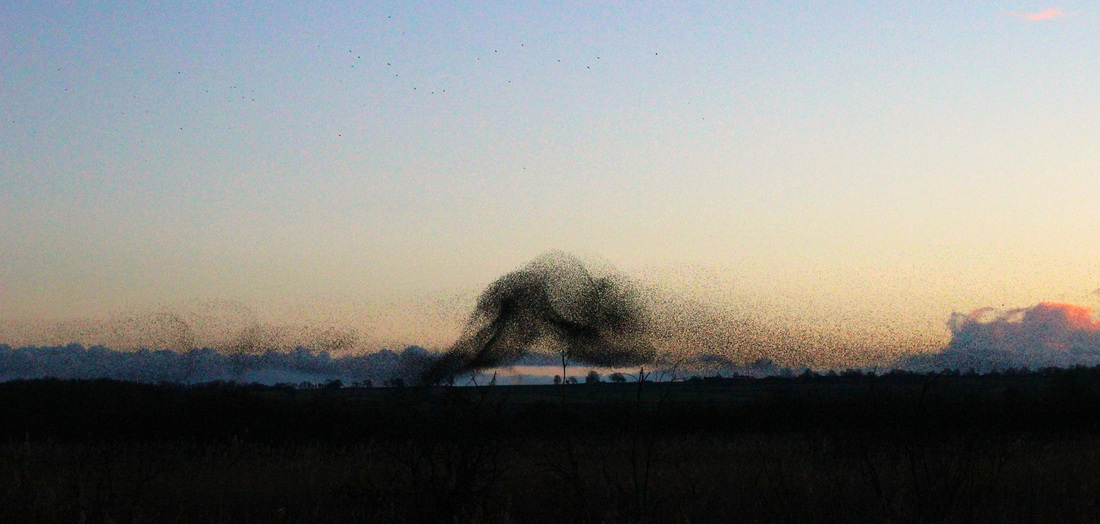
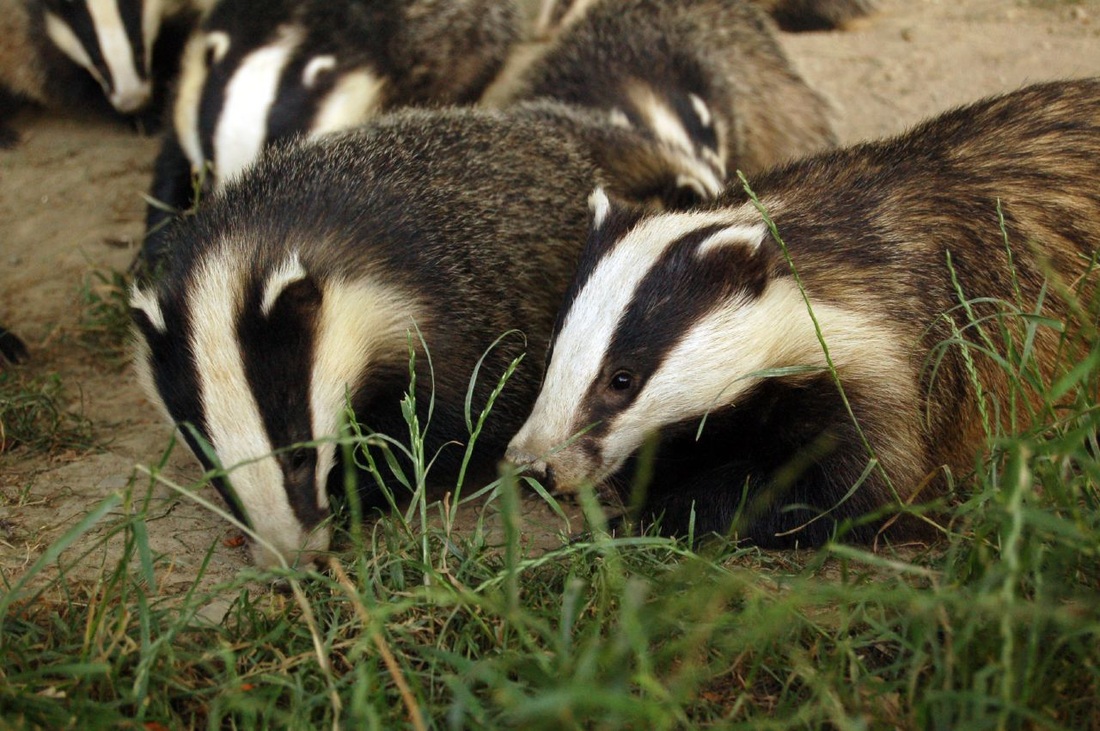
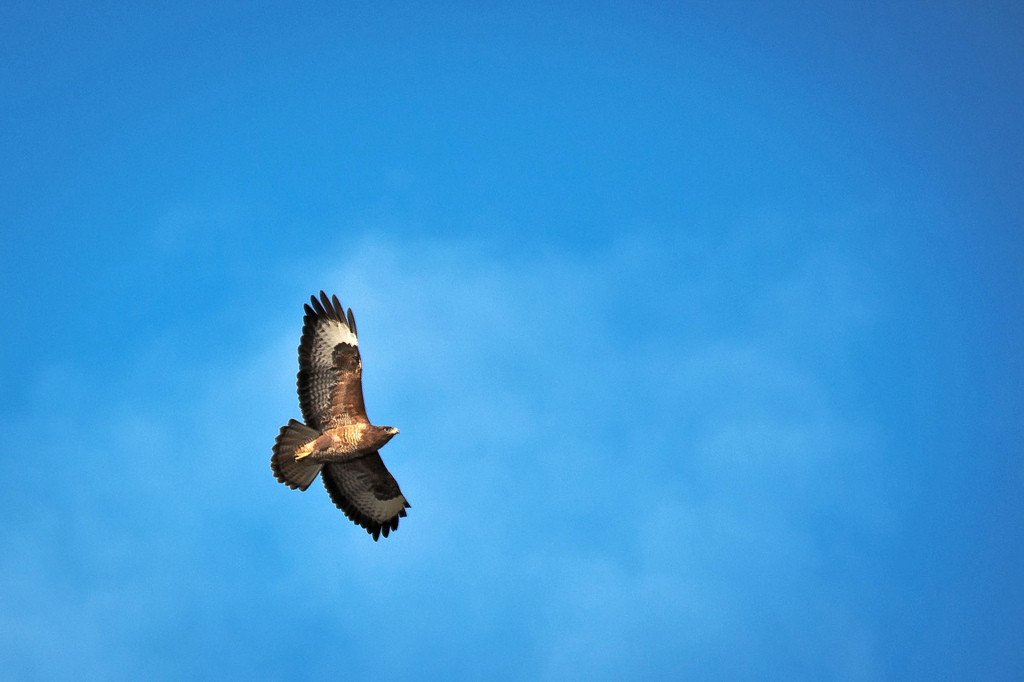
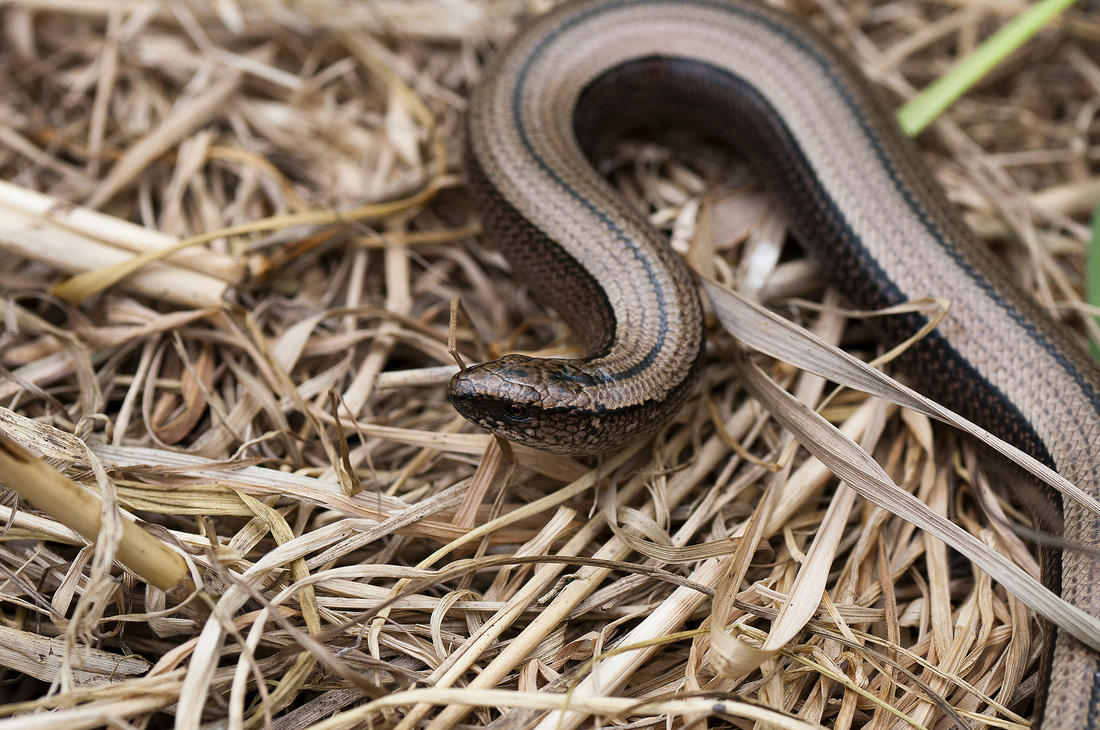
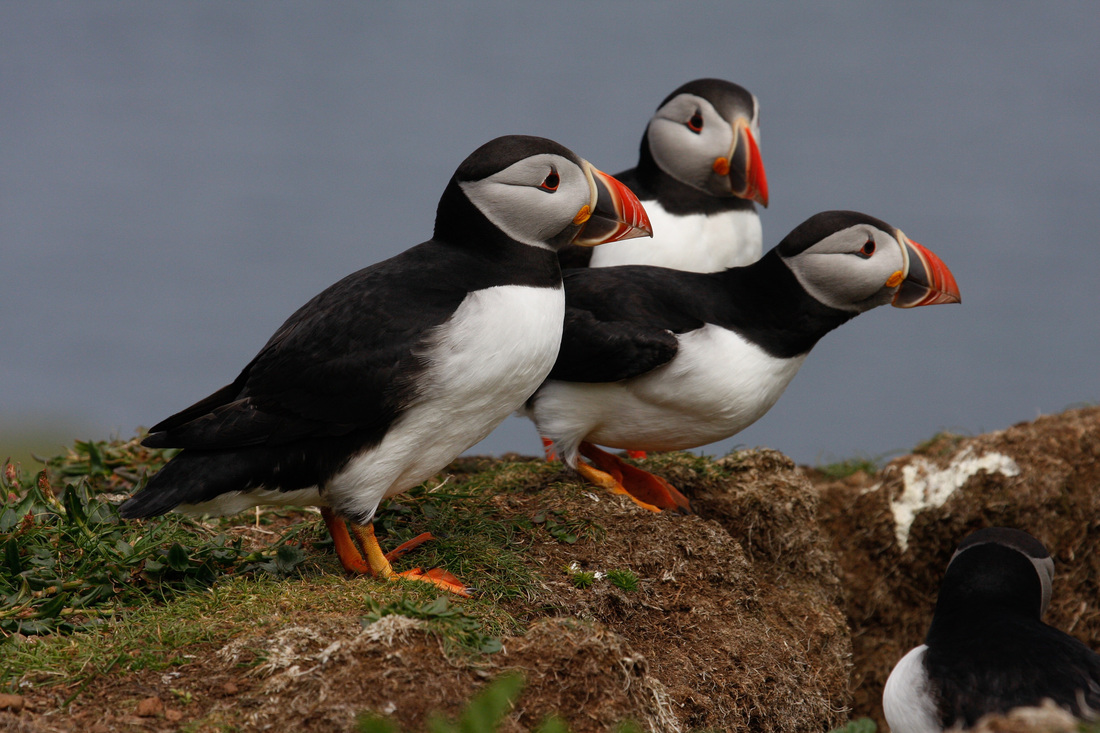
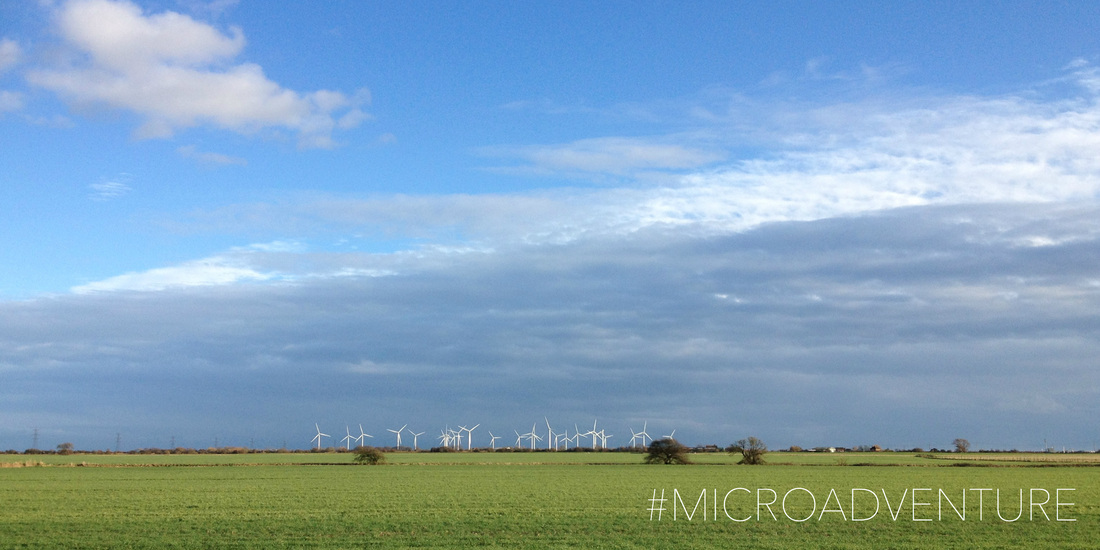
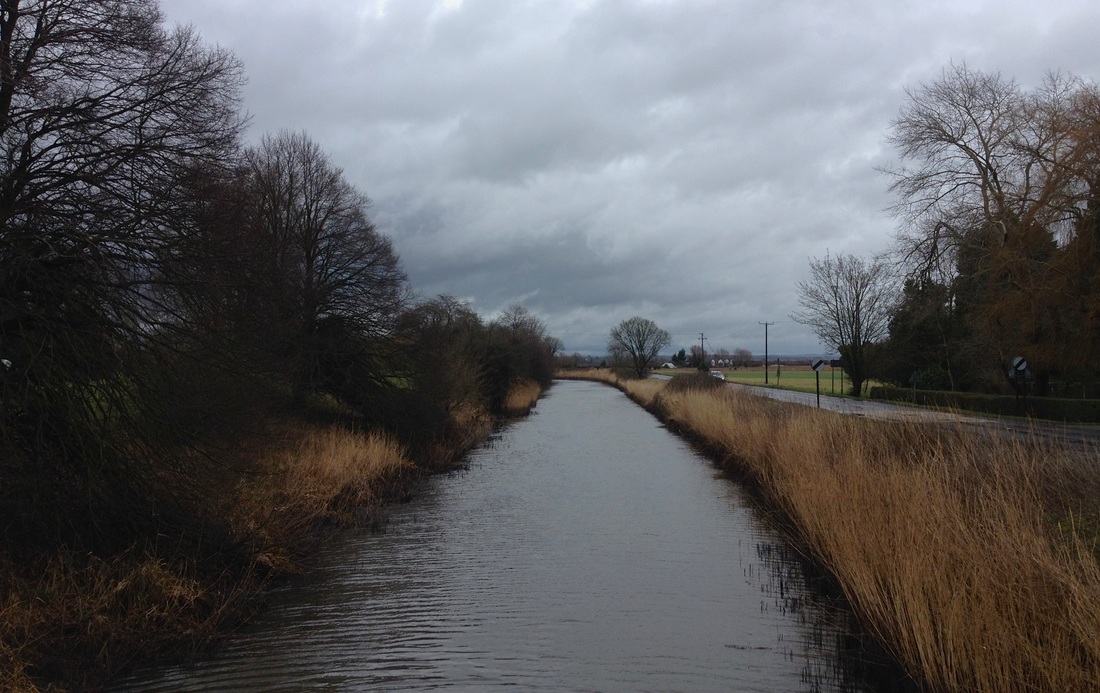
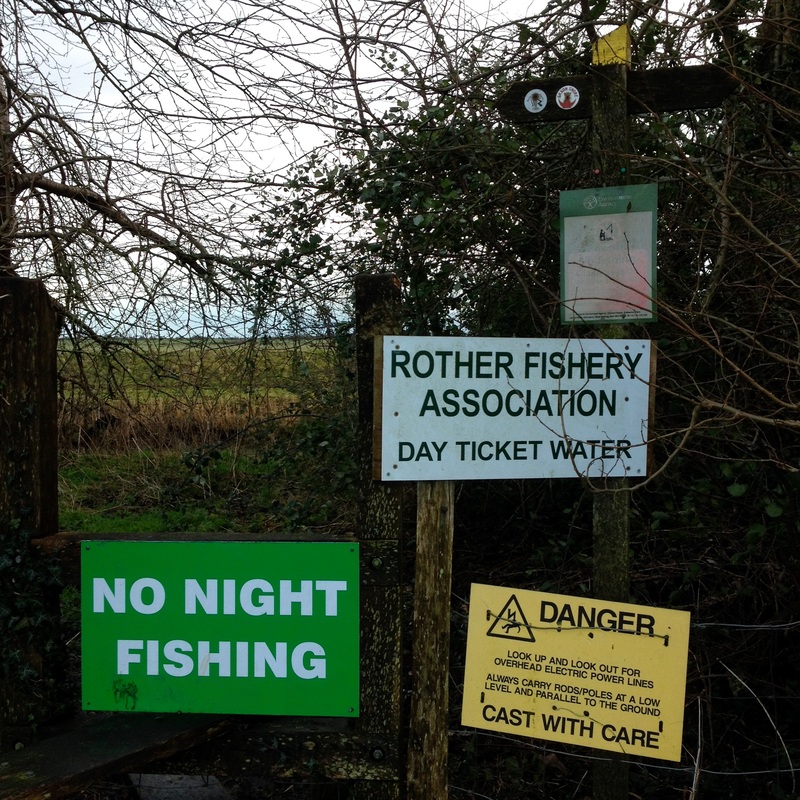
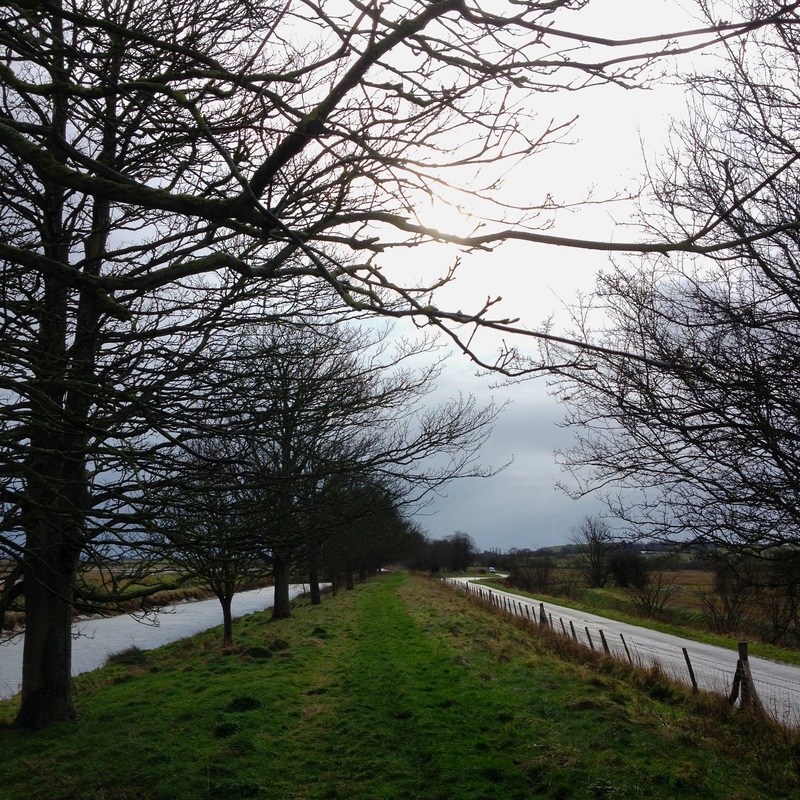
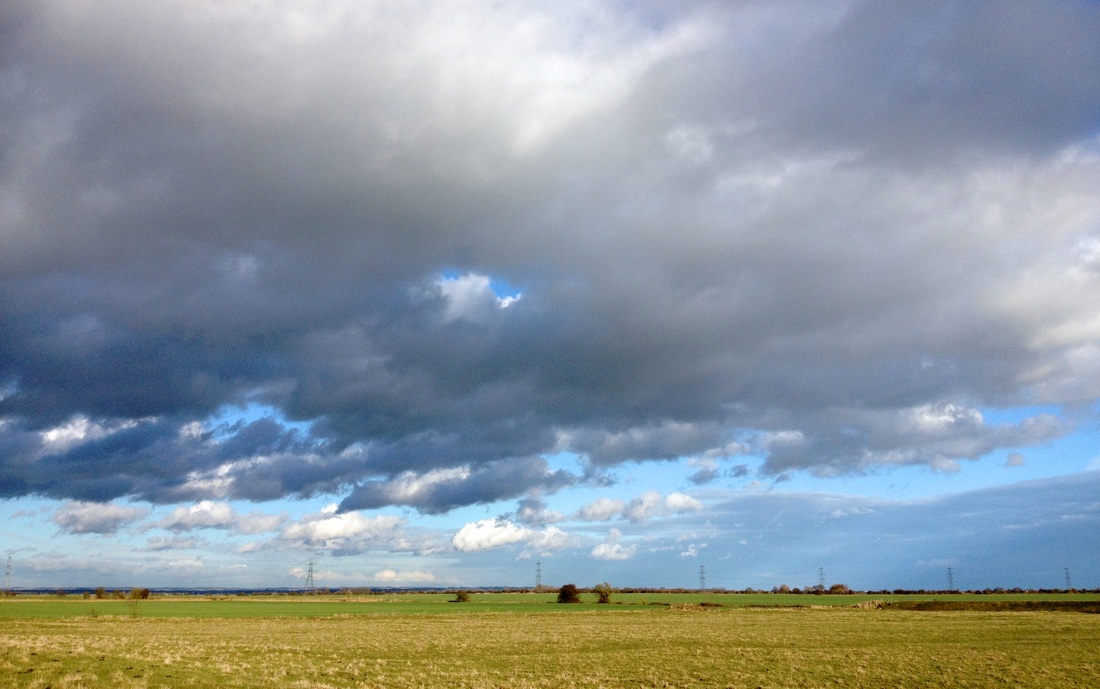
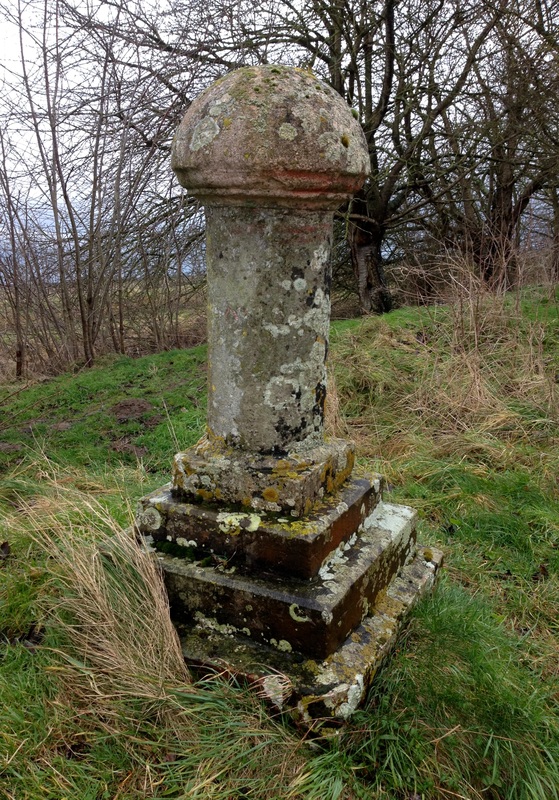
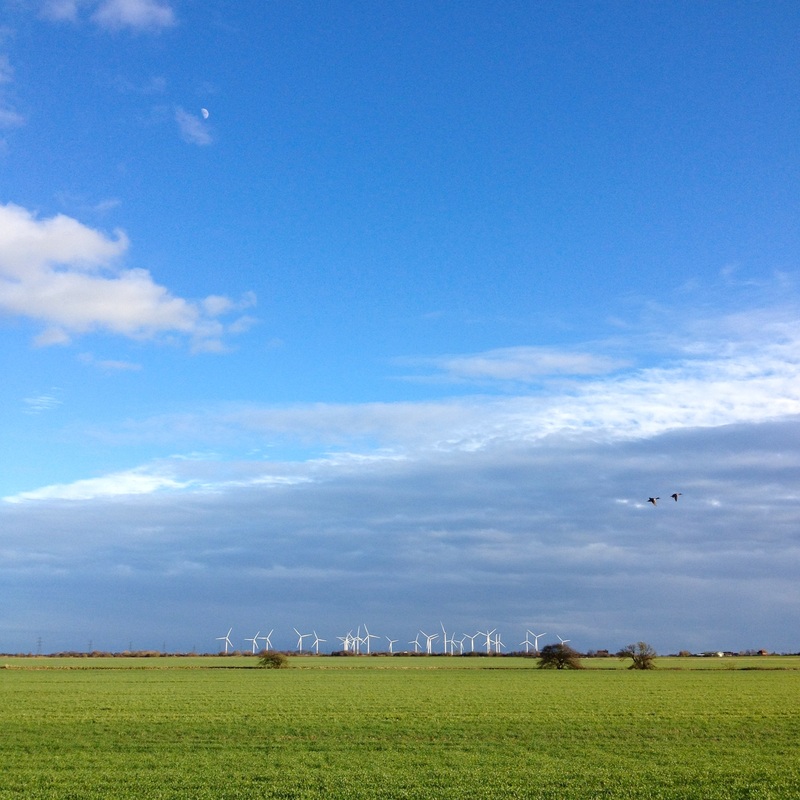
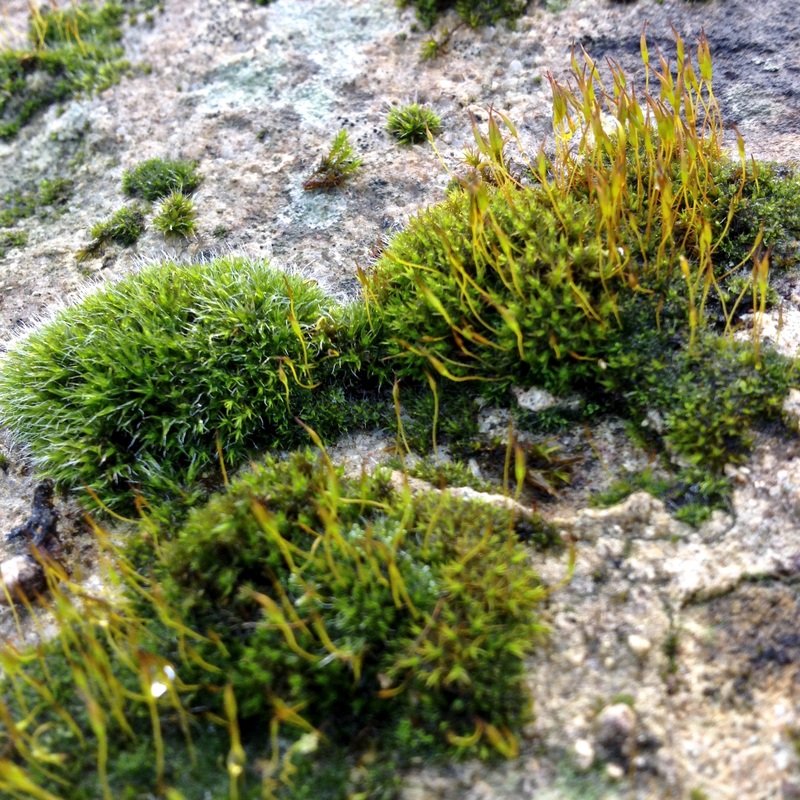
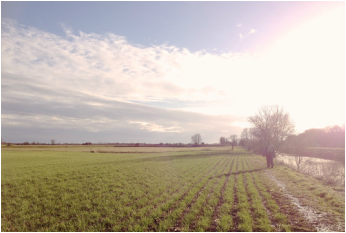
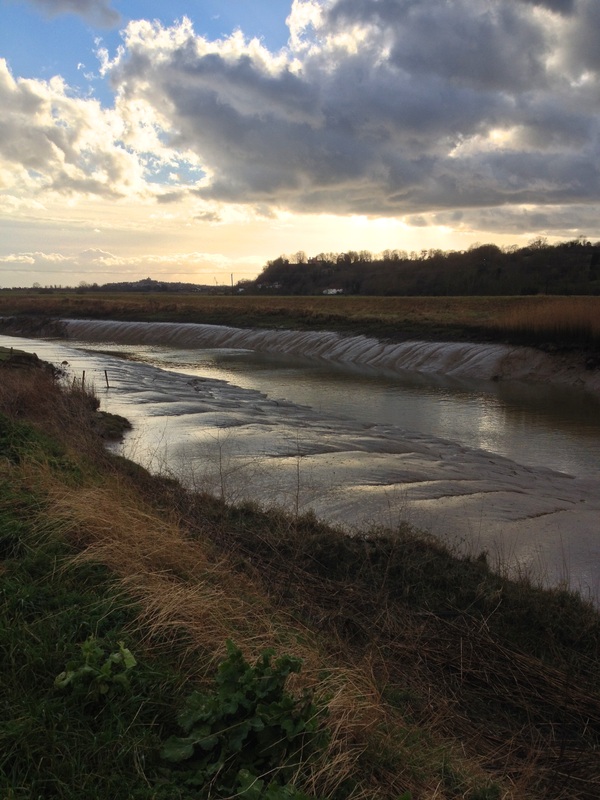
 RSS Feed
RSS Feed
